HFBK Hamburg's Profile
The University of Fine Arts Hamburg (HFBK) is a place of artistic and scientific engagement with the issues of the rapidly changing present. Based on artistic practice, research processes unfold here in an atmosphere of networked thinking and working, and experiments are conducted with new forms, languages and methodologies. Theory and practice, aesthetics and discourse are closely interlinked. In relation to the complex social transformation processes, the HFBK Hamburg itself is continuously developing. Founded 250 years ago as a school for applied design, it is now an internationally renowned art academy that stands for future-oriented teaching and research in and with the arts.
With its broad range of courses, the HFBK Hamburg offers the opportunity for interdisciplinary artistic and academic qualification. A good 950 students currently work, learn and research together in studios and workshops, and are closely supervised by around 70 teachers in seminars, discussions and excursions. The personal development of the students is at the forefront. The interdisciplinary course of study is designed to be free and open, and does not follow a rigid curriculum. Instead, it offers plenty of room for individual and collective experimentation and the development of artistic research processes, embedded in a diverse, international network. The aim is to enable students to develop methods for self-determined, experimental research and innovative aesthetic practice in all artistic disciplines.
The HFBK Hamburg is the first university of the arts in Germany to have introduced a modularized, consecutive Bachelor's and Master's program in “Fine Arts” that is internationally compatible. With its seven departments, it follows a transdisciplinary understanding of artistic development processes that is not bound by the boundaries between “applied” and “free” or between “artistic” and “scientific.” In addition to sculpture and painting, students can also devote themselves to graphic design and photography, film, design and stage design, as well as time-based media. Supplemented by the scientific focus on the theory and history of the arts, the program promotes studies in art and cultural theory, aesthetics, art history, and media-specific and art education in great breadth and depth. It also enables students to pursue a postgraduate qualification to become a Dr. phil. in artibus and, from 2025, a PhD in Art Practice.
In 20 excellently equipped workshops – for example wood, metal, plastic, film, photography, a workshop for printing techniques such as 3D, lithography, etching and screen printing, ceramics, plaster and textile – knowledge of materials and their application as well as the necessary manual and technical skills are taught. The Library, as a transdisciplinary space for learning, working and discourse, allows students, researchers and the external public to experience the connection between theory and practice, production and mediation. It supports digital and analog publication projects that document research results and repeatedly reinterpret the book as an aesthetic medium.
Closely connected with contemporary artistic developments, the HFBK Hamburg takes up social debates, offers discourse formats for multiple publics, and initiates networks and transfer processes with different communities. At the Institute for Contemporary Art and Transfer (ICAT), these activities come together in a comprehensive program of exhibitions, events, and professional development. The expansion of the library to include the Extended Library, which sees itself as a “third place”, complements this approach with performative, theoretical, and literary offerings.
The international activities of HFBK Hamburg are bundled in the Art School Alliance program, which is at the core of worldwide collaborations with universities and art schools in 11 countries. The aim is to sustainably expand partnership networks between Hamburg and Africa, Asia, and Europe, based on intensive personal exchange between students. An artists-in-residence program with a focus on guest artists from the Global South complements the cosmopolitan orientation. At the same time, long-term collaborations with art and research institutions in the region provide a variety of impulses for networking research and teaching in the local art and science landscape.
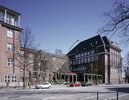
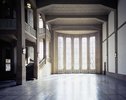

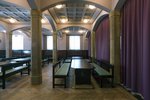
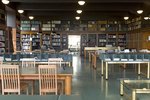
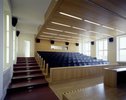
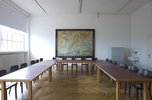
 HFBK's History
HFBK's History
 Departments
Departments
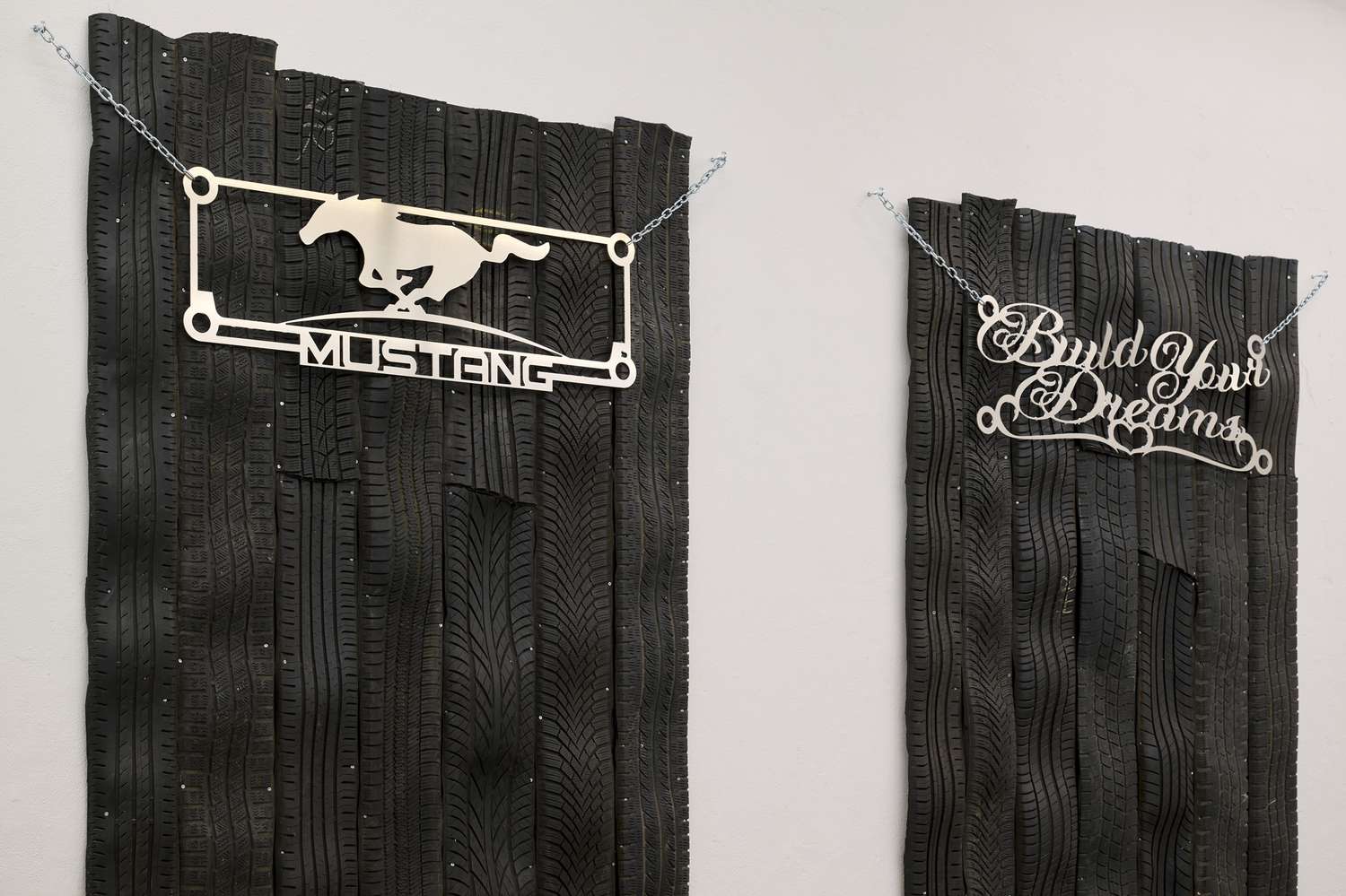
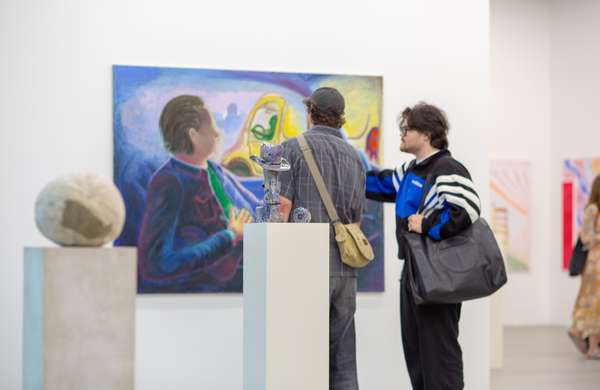

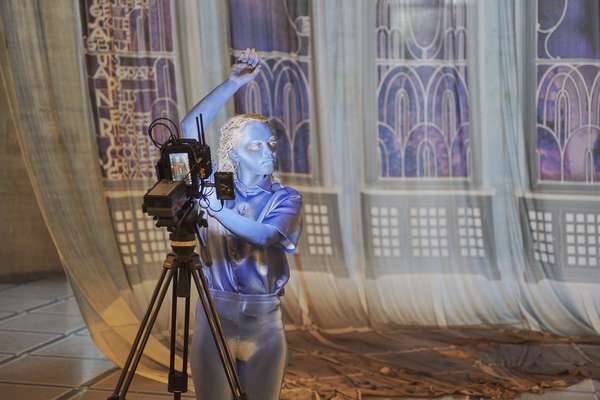



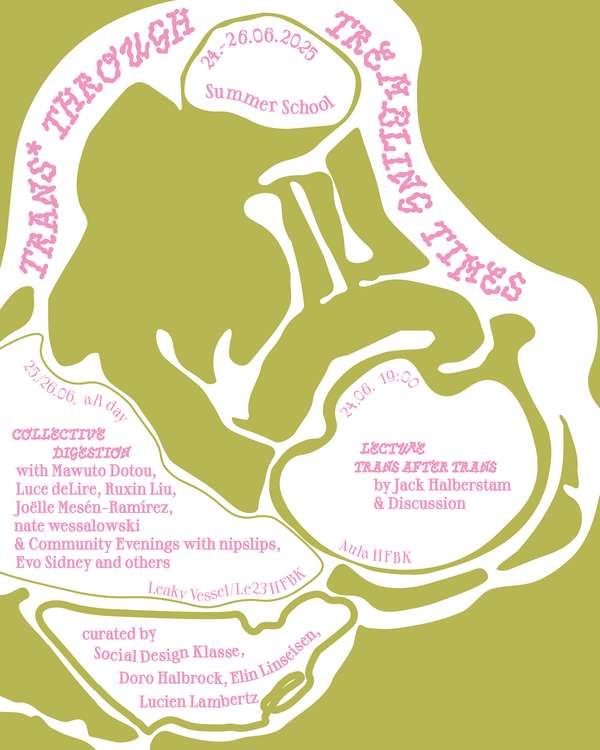
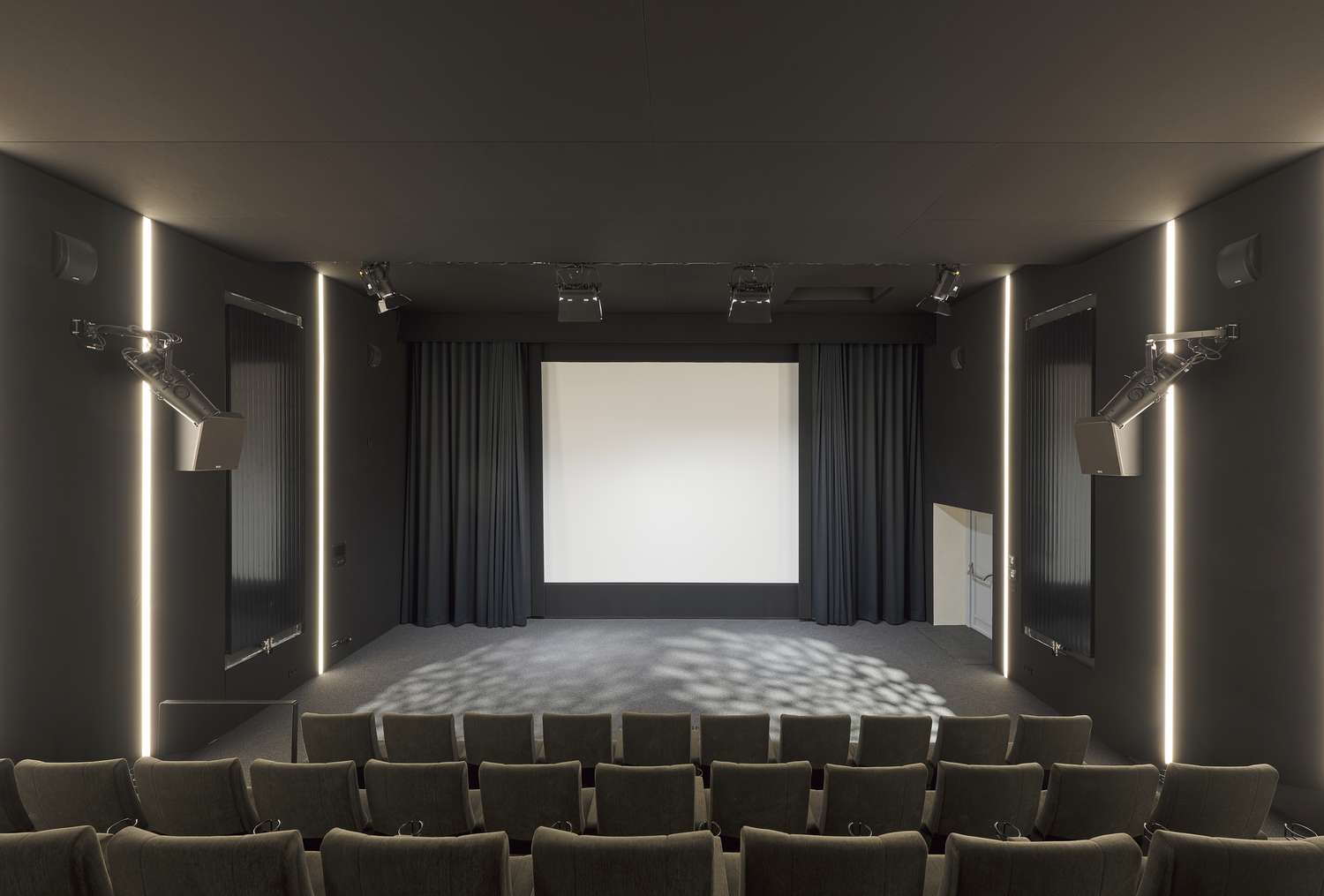
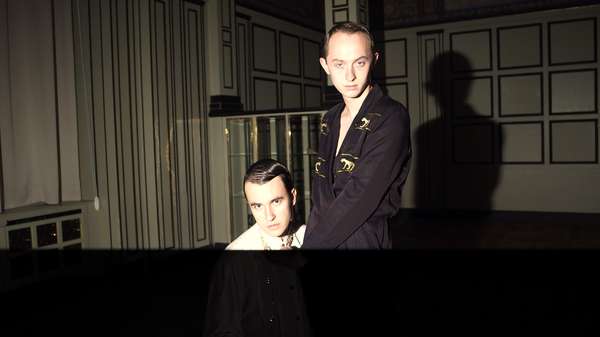


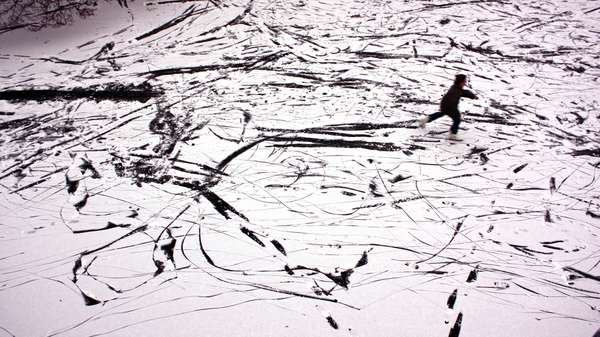
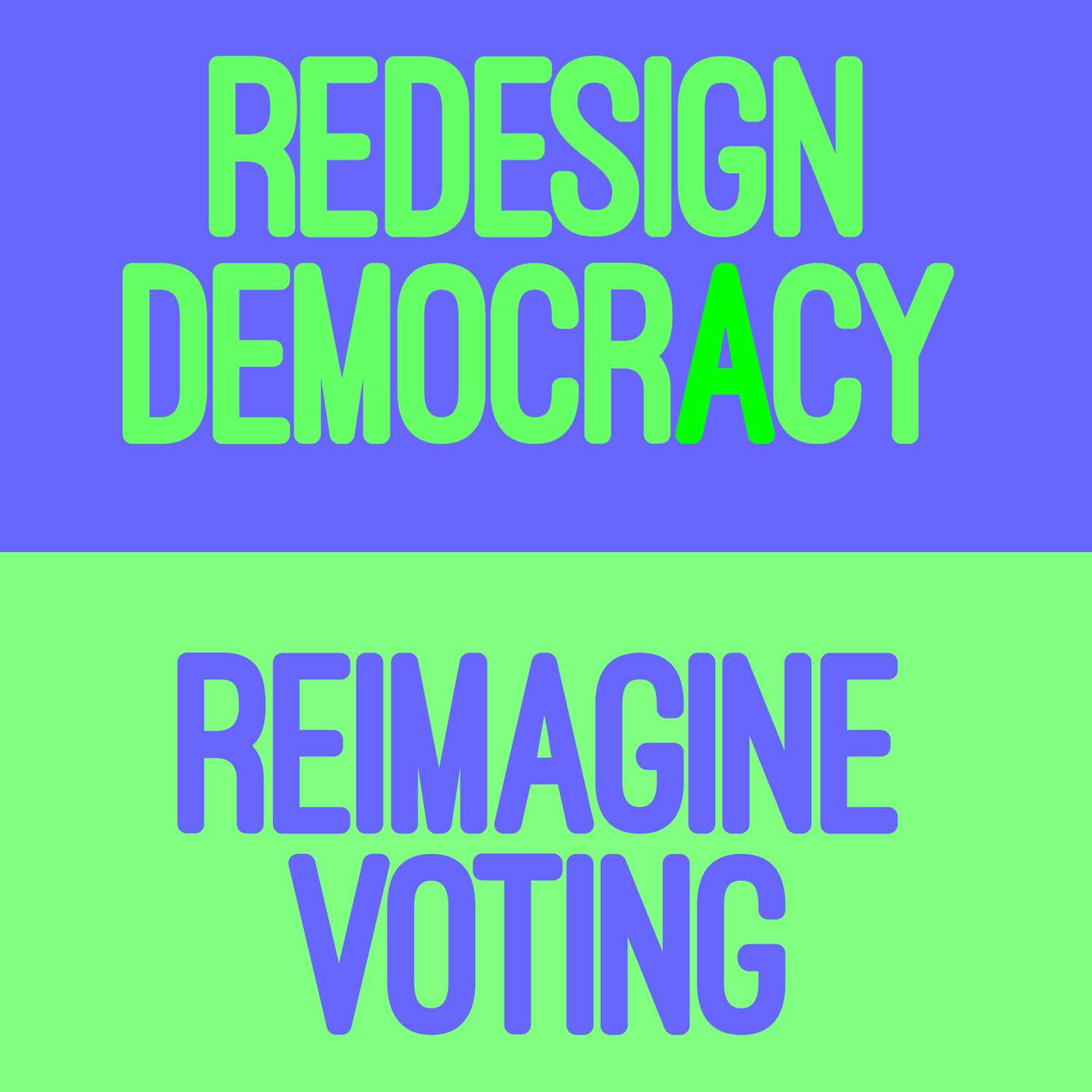
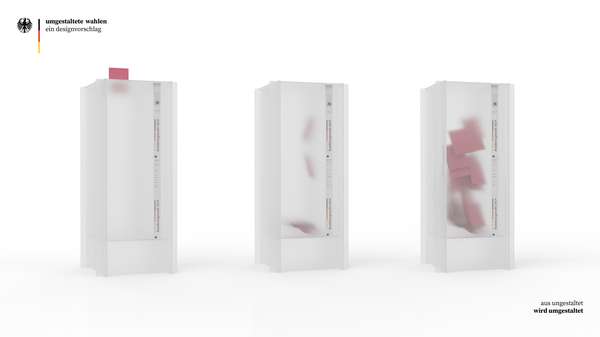


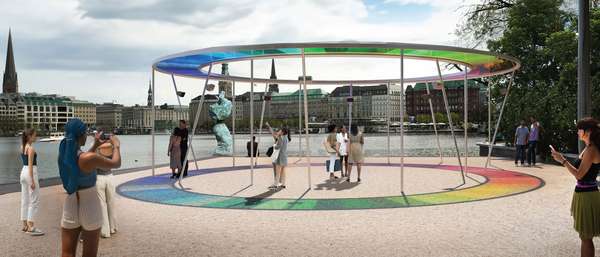
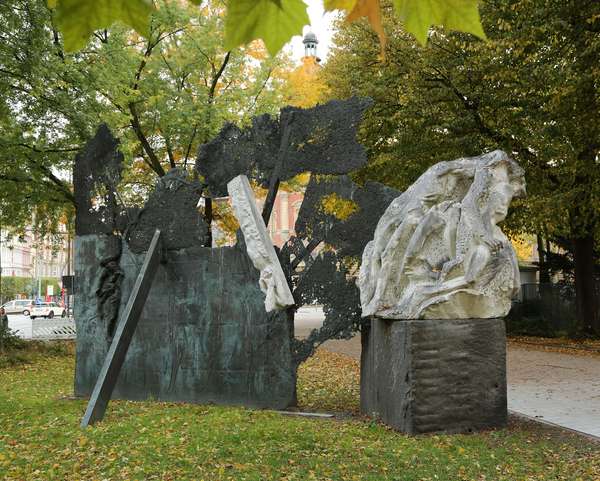


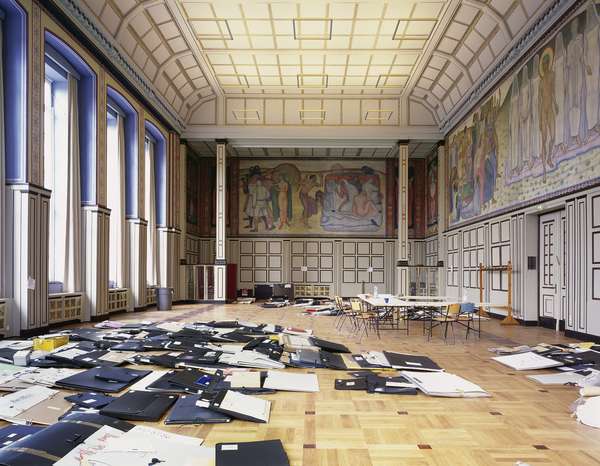




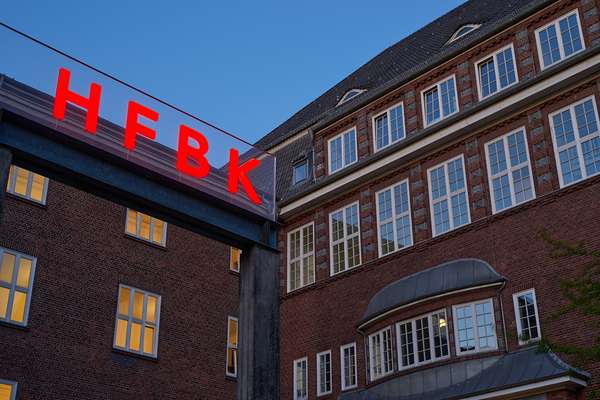
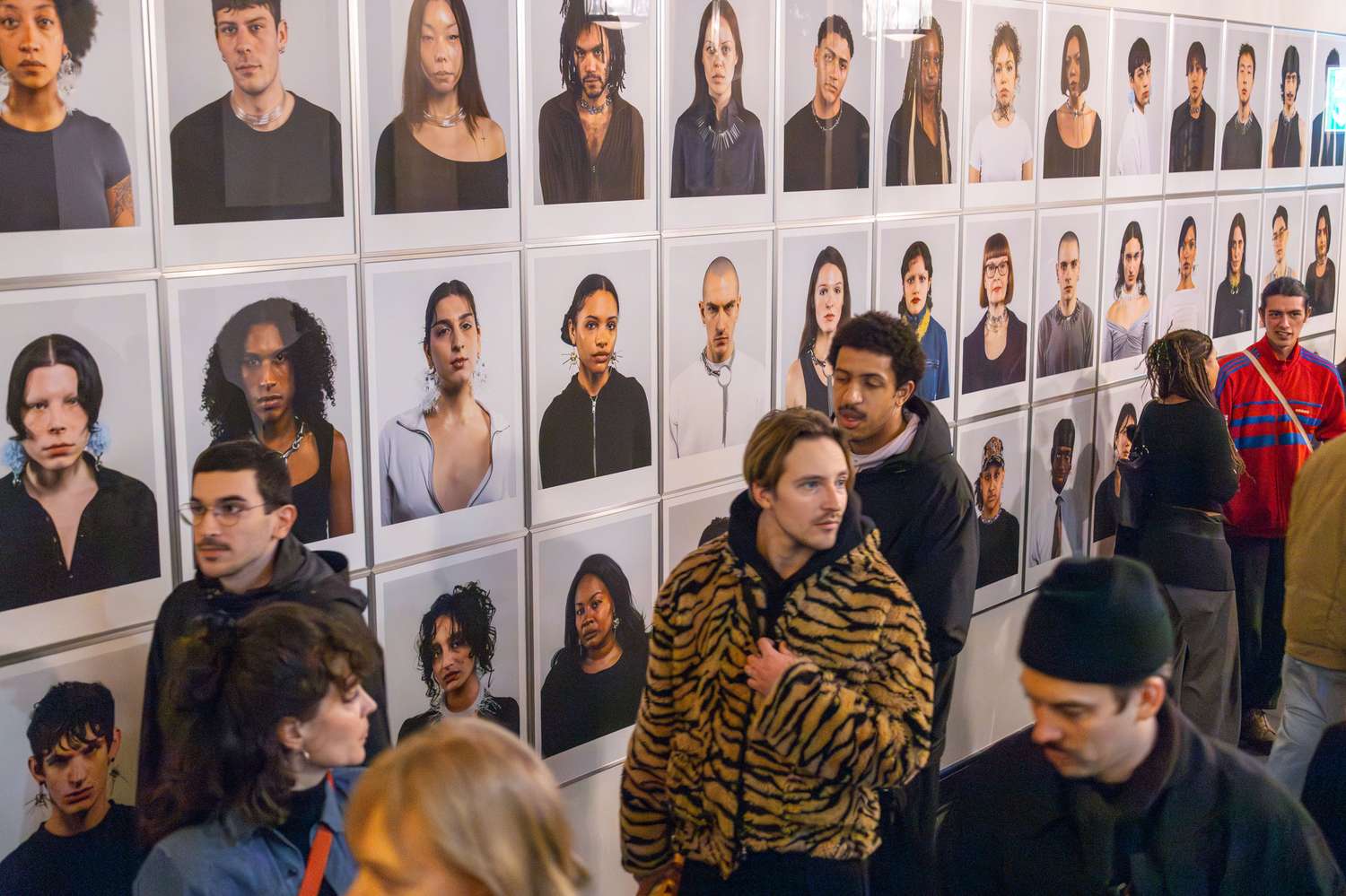
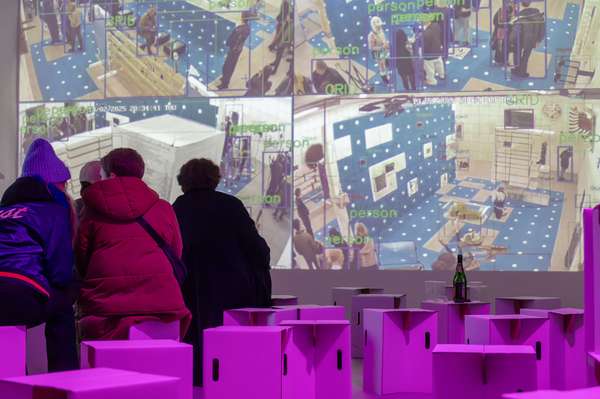



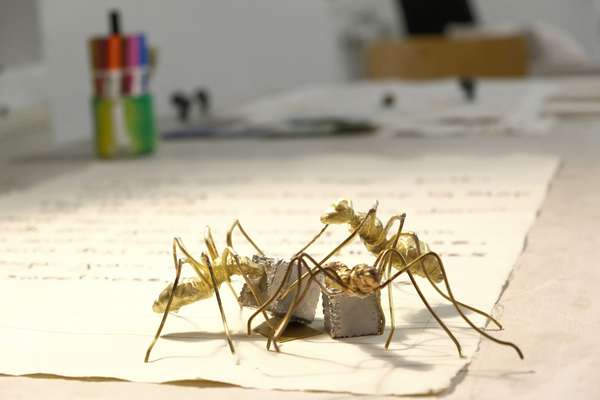
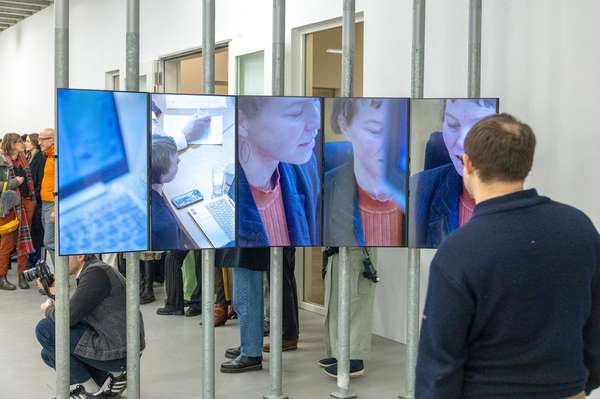
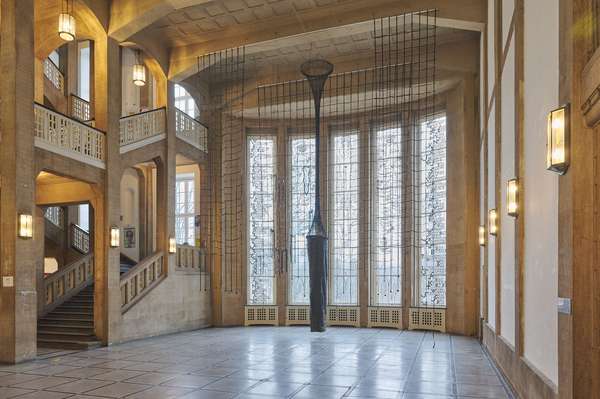

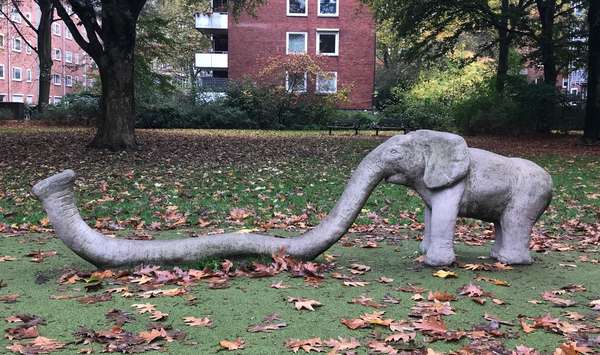
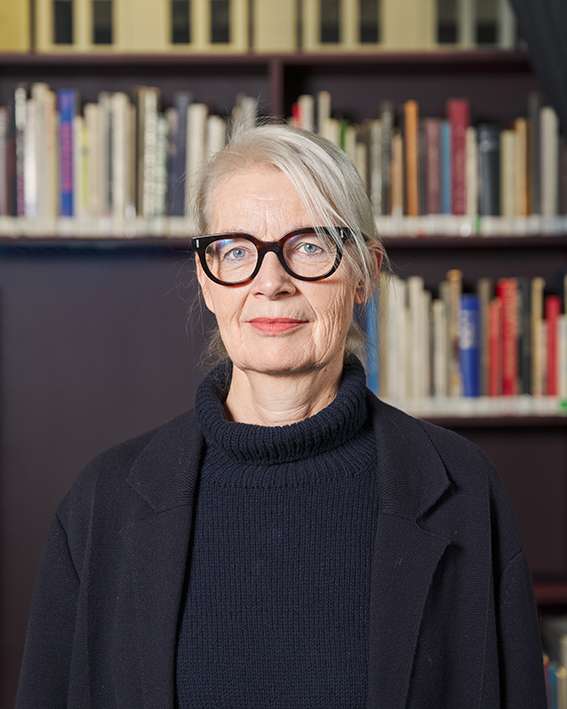
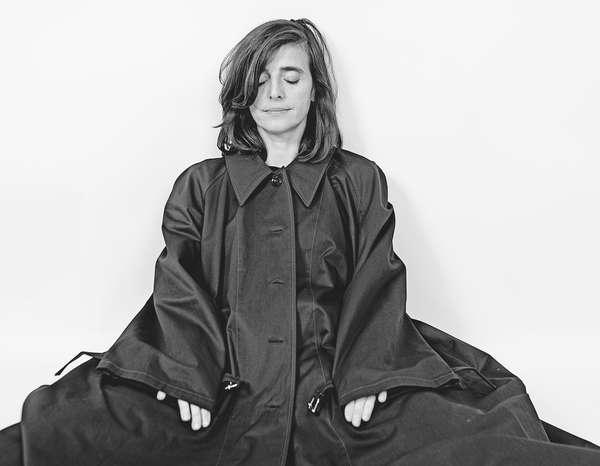
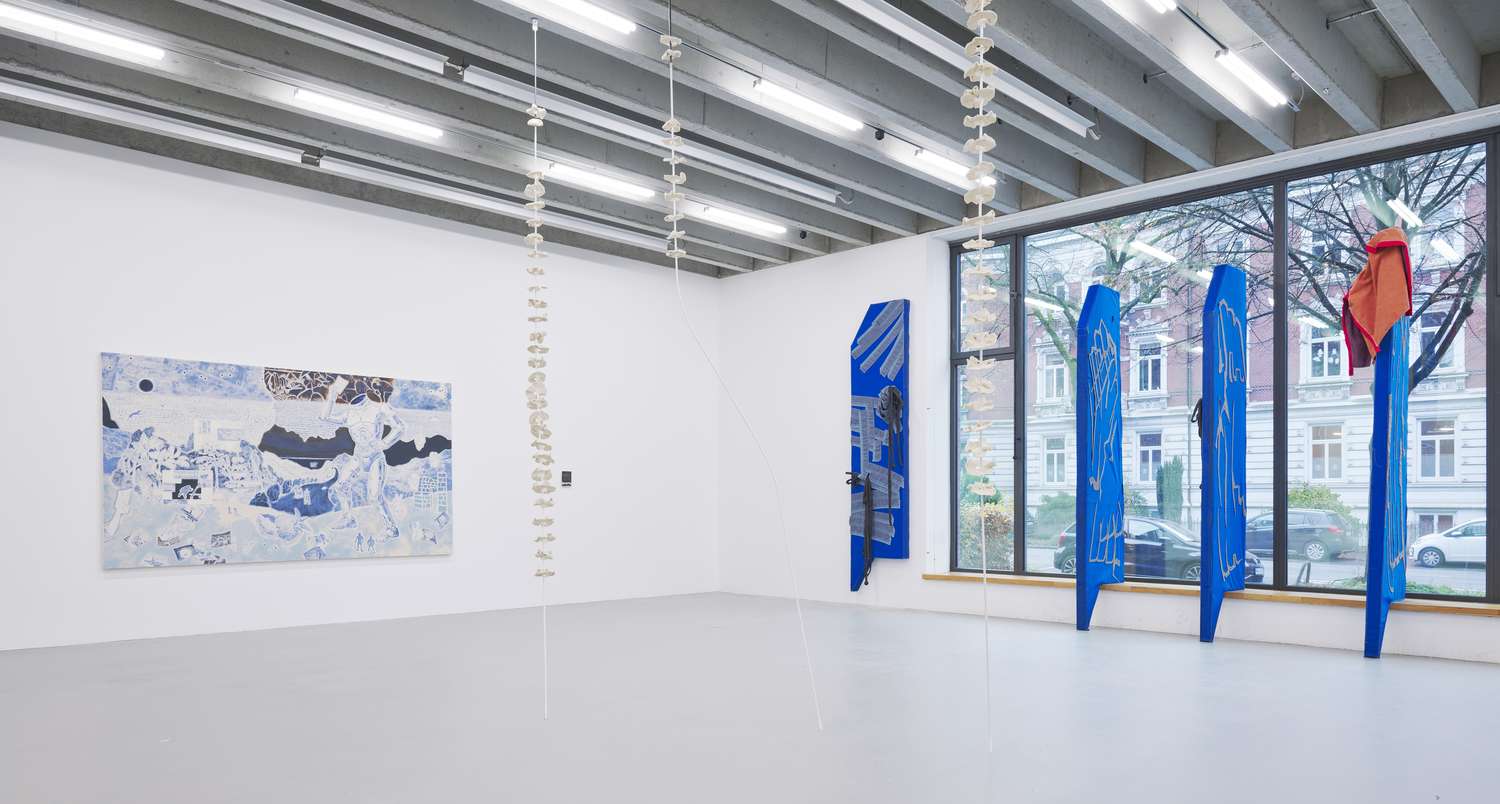

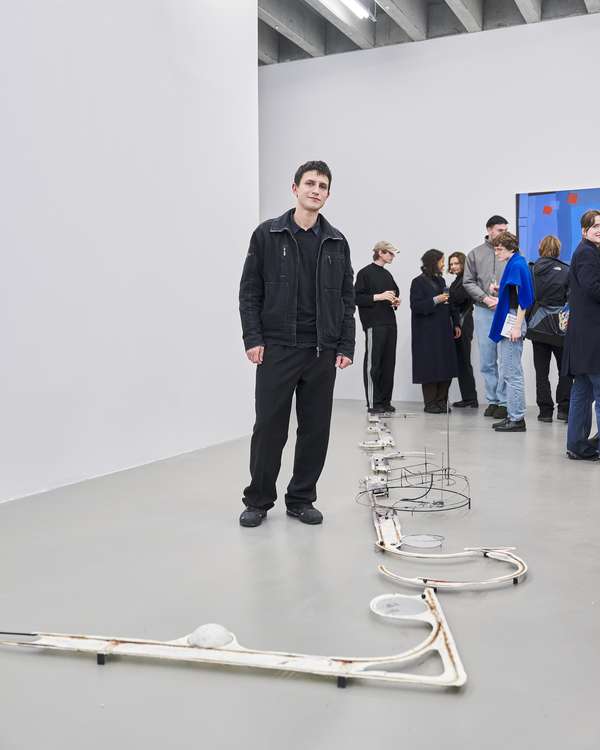

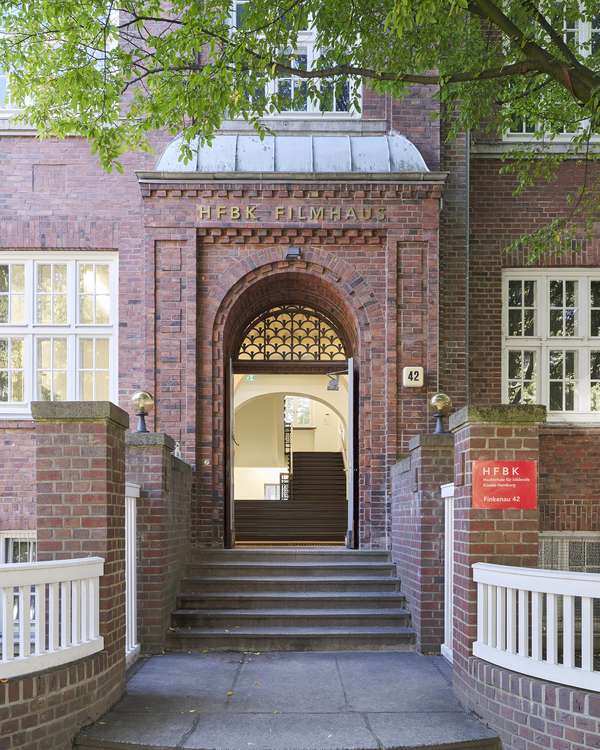
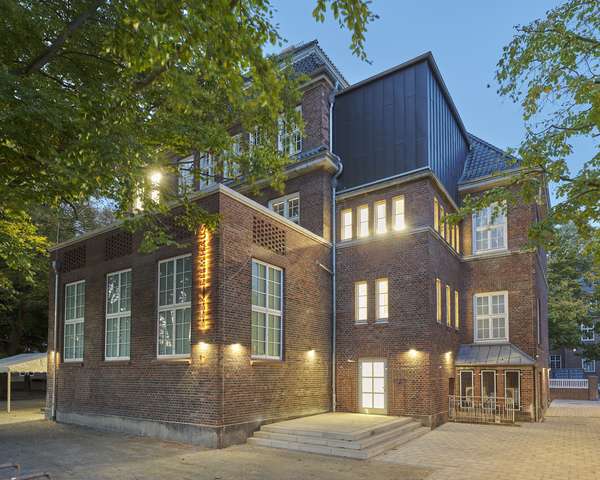


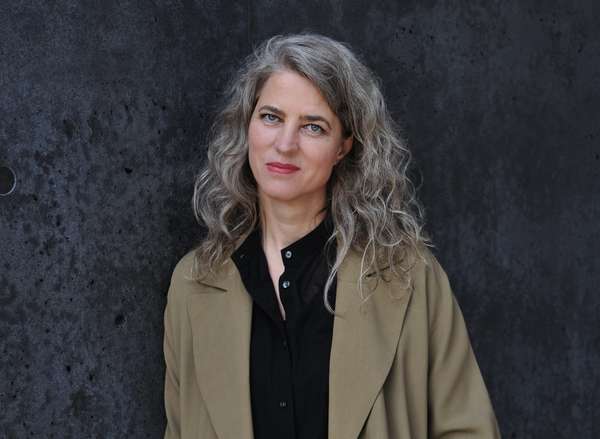
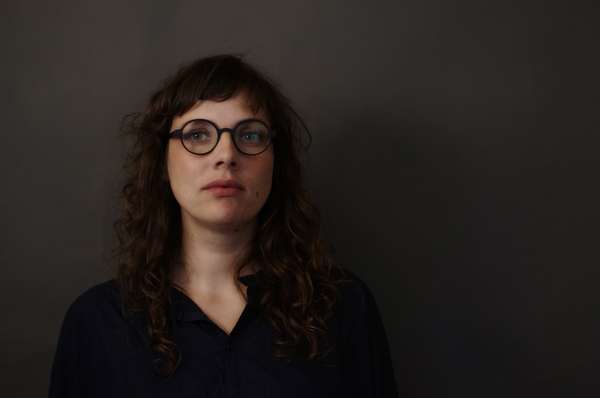

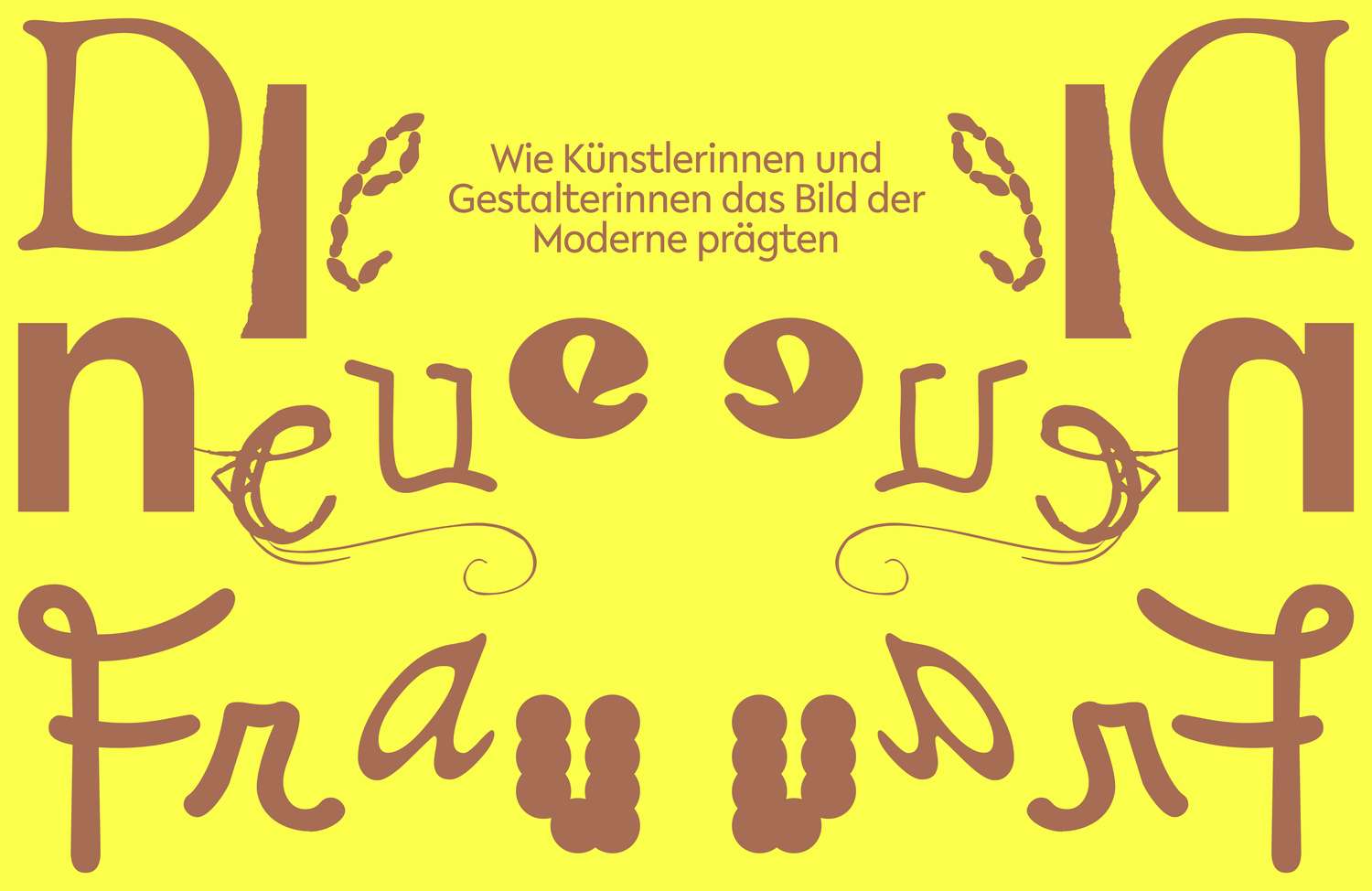
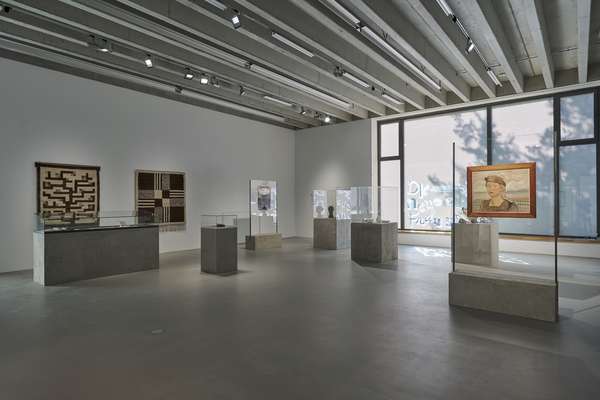
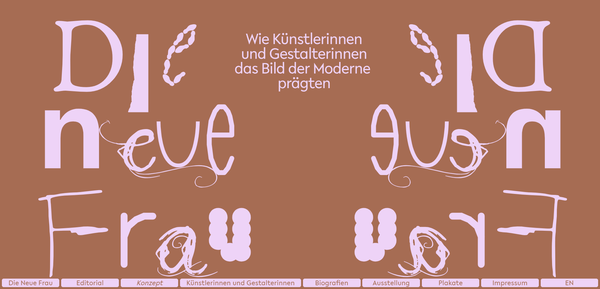



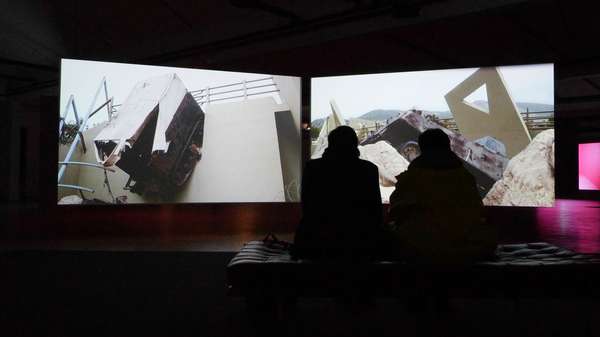


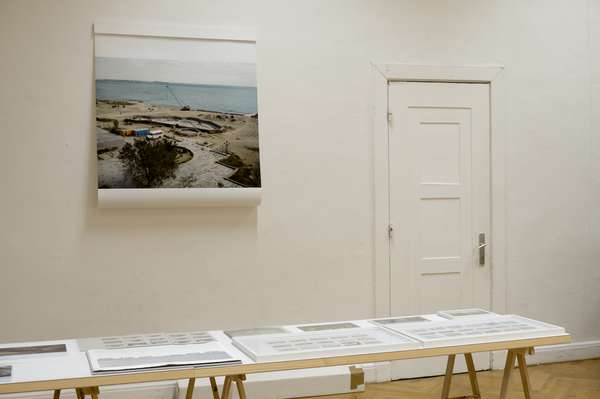
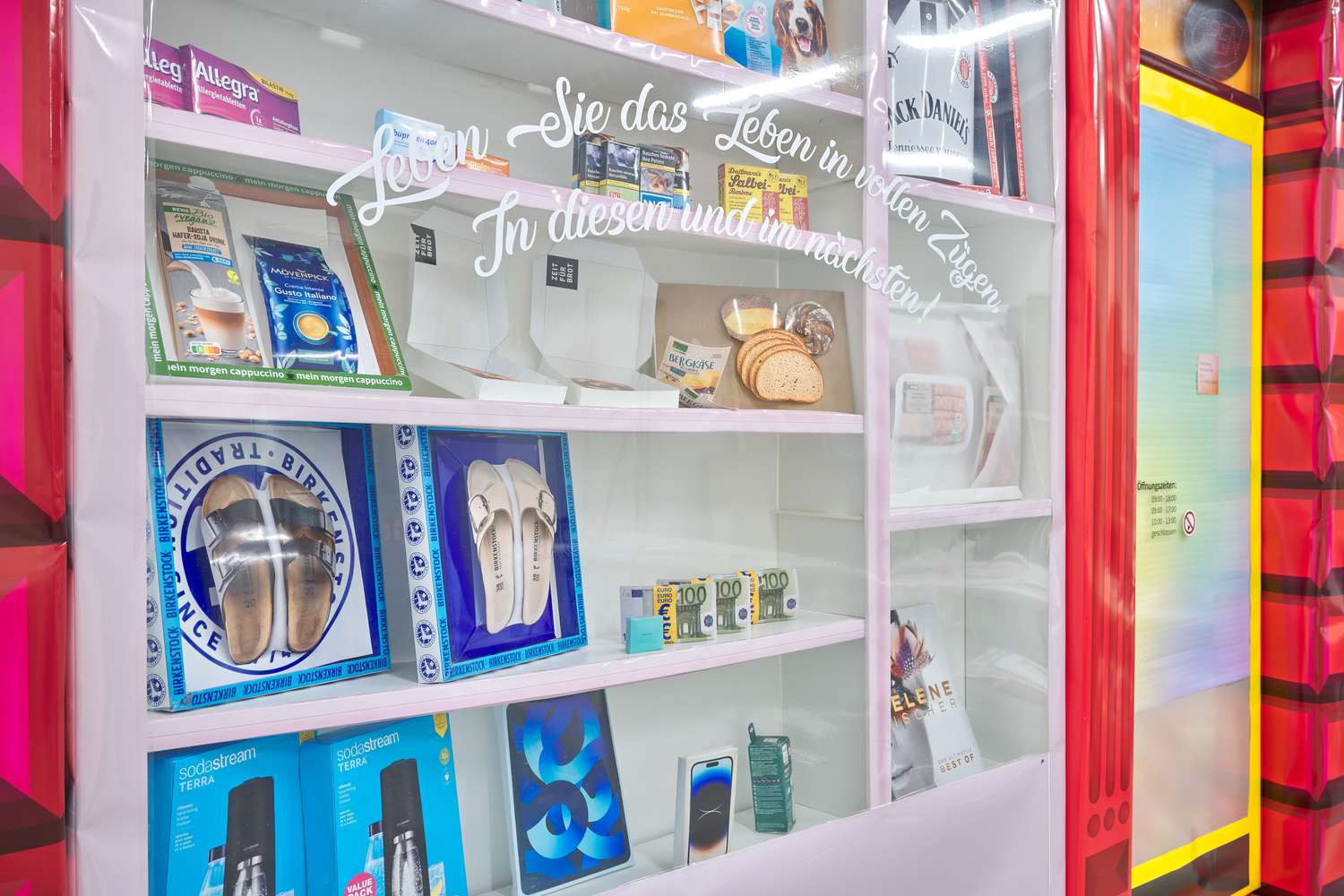
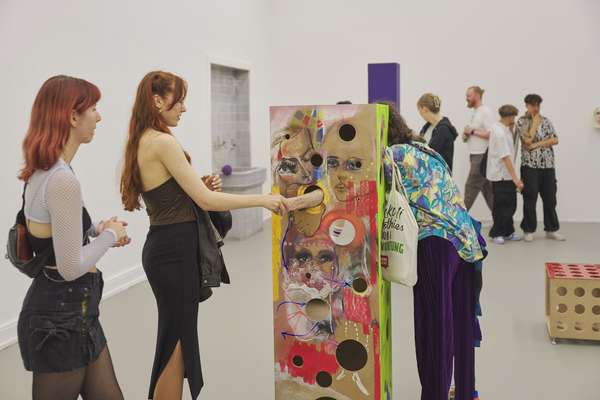
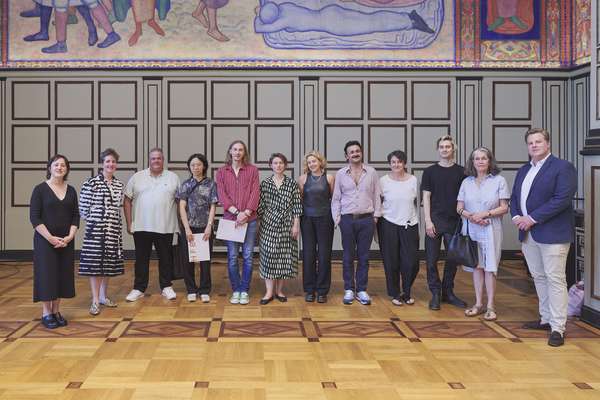
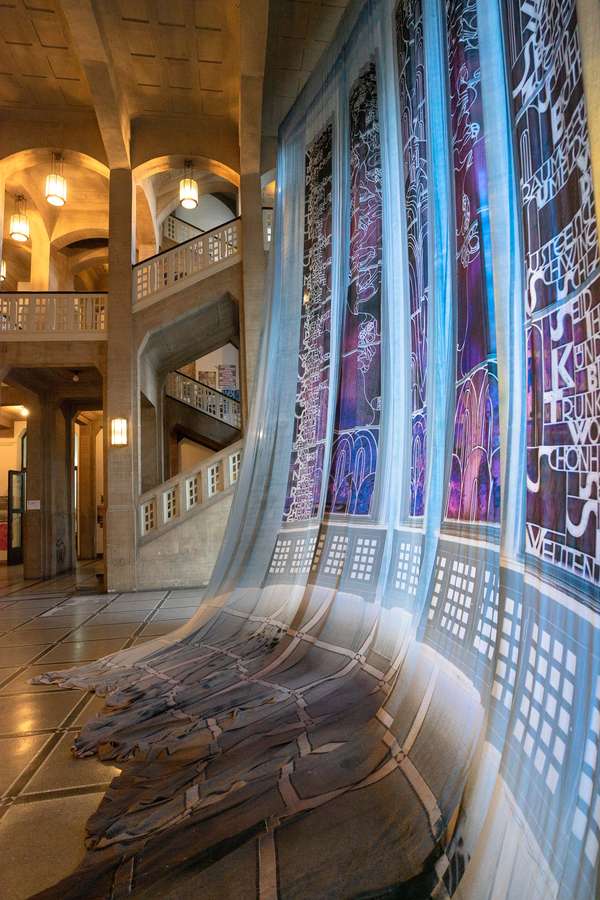

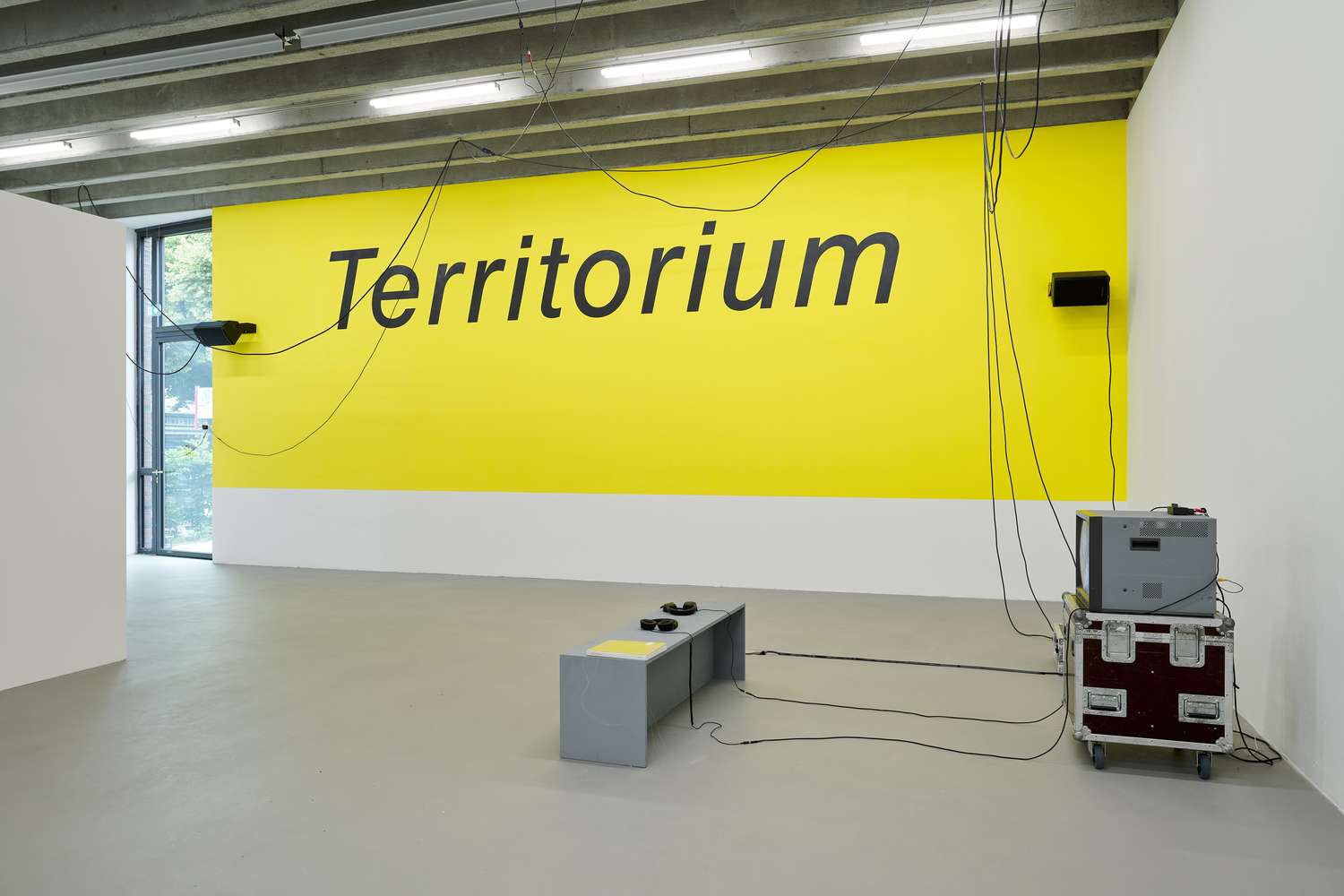
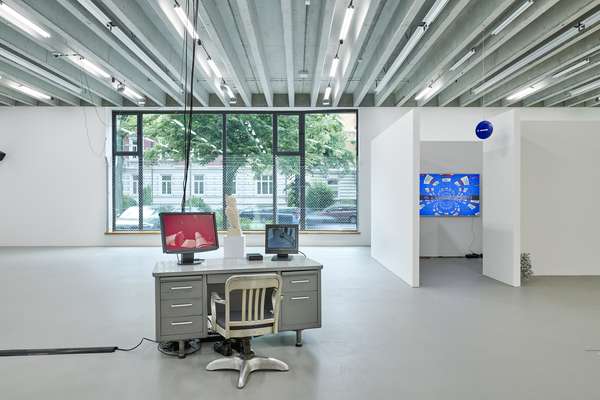
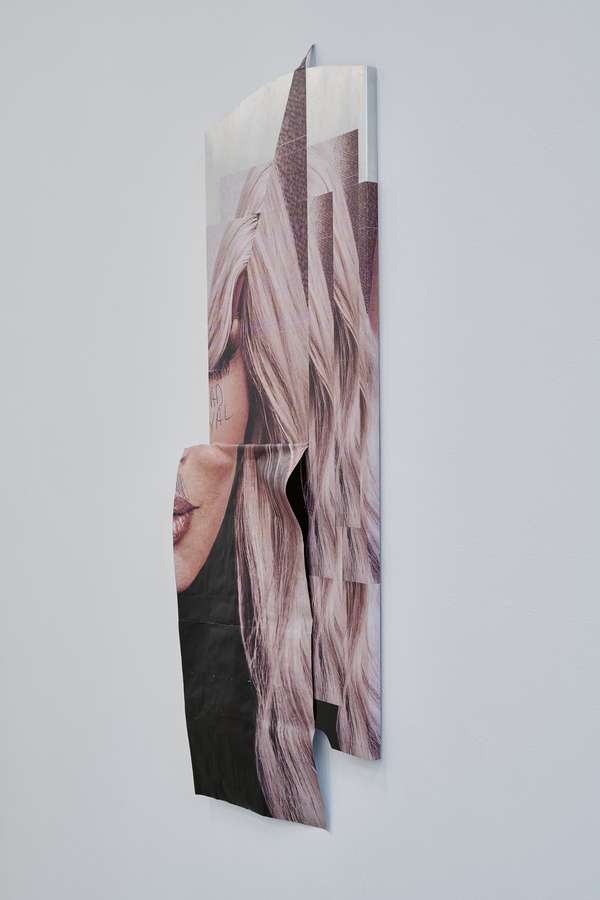
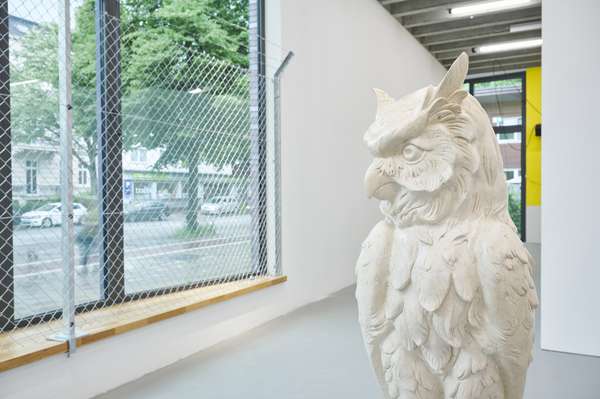

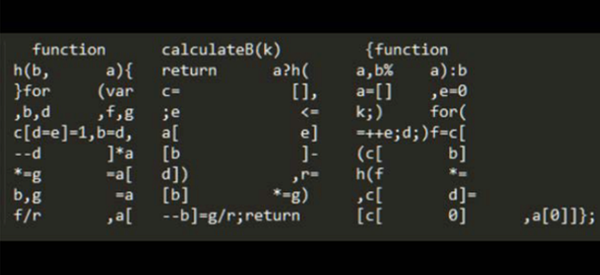
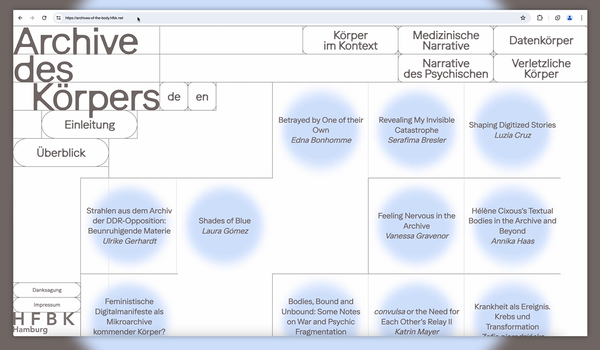
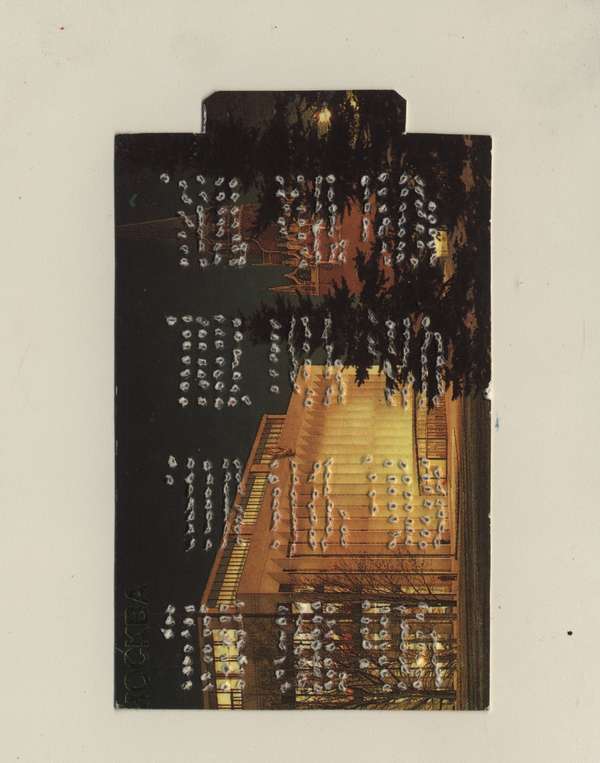
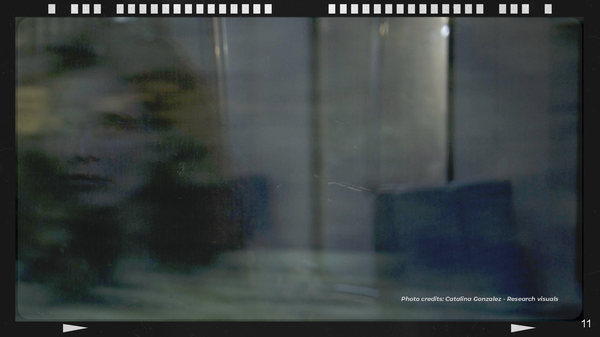
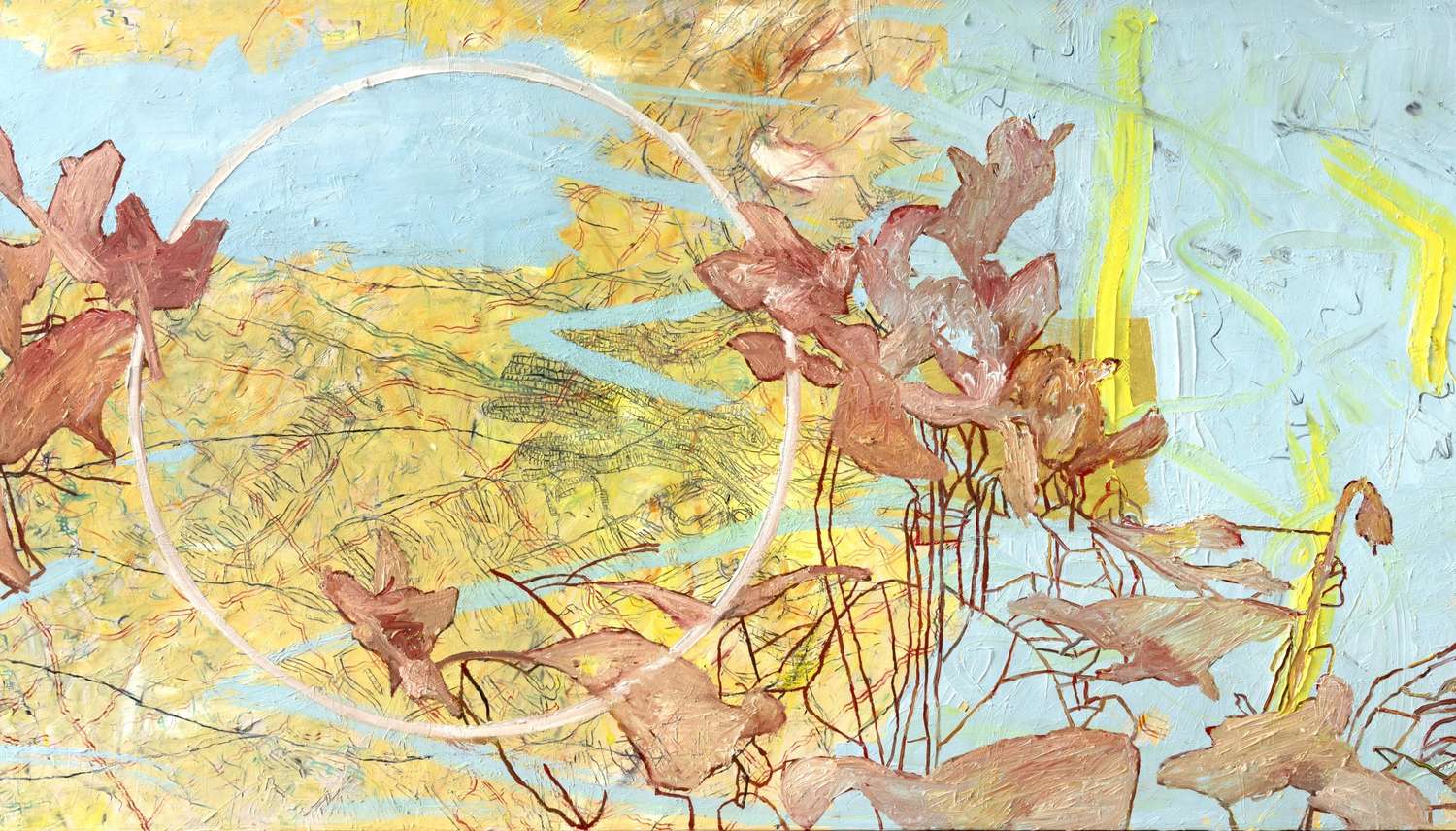


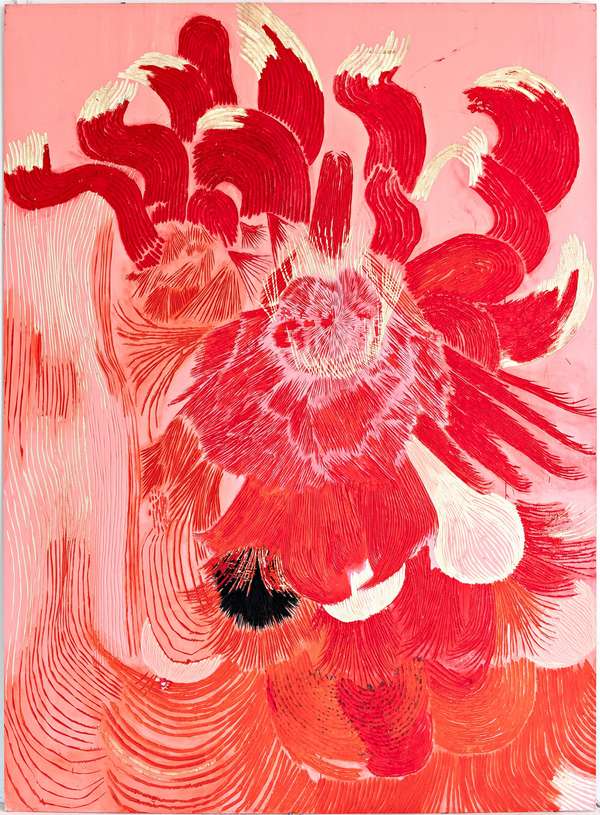

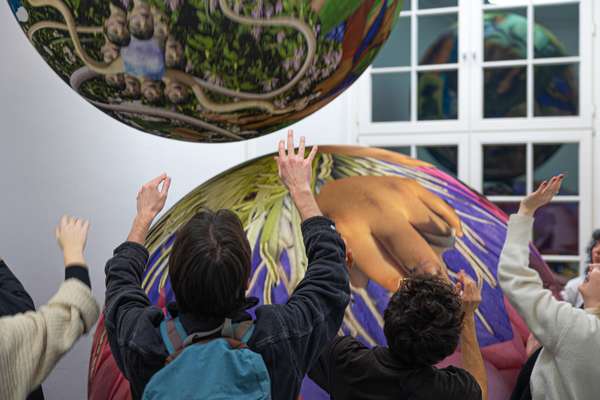
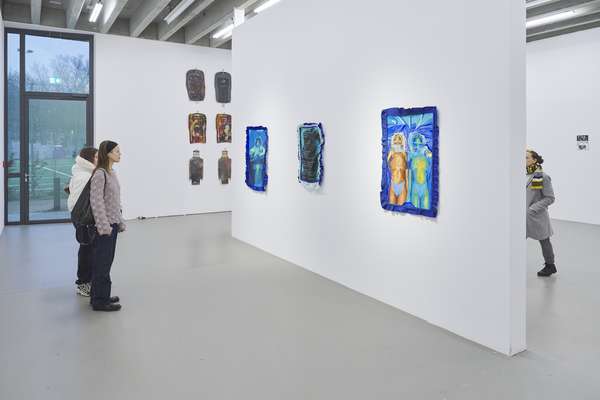
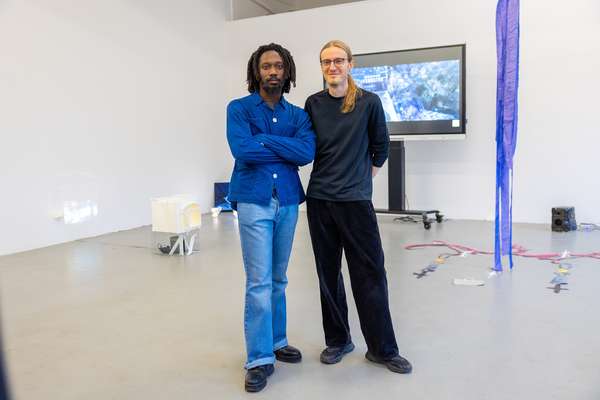
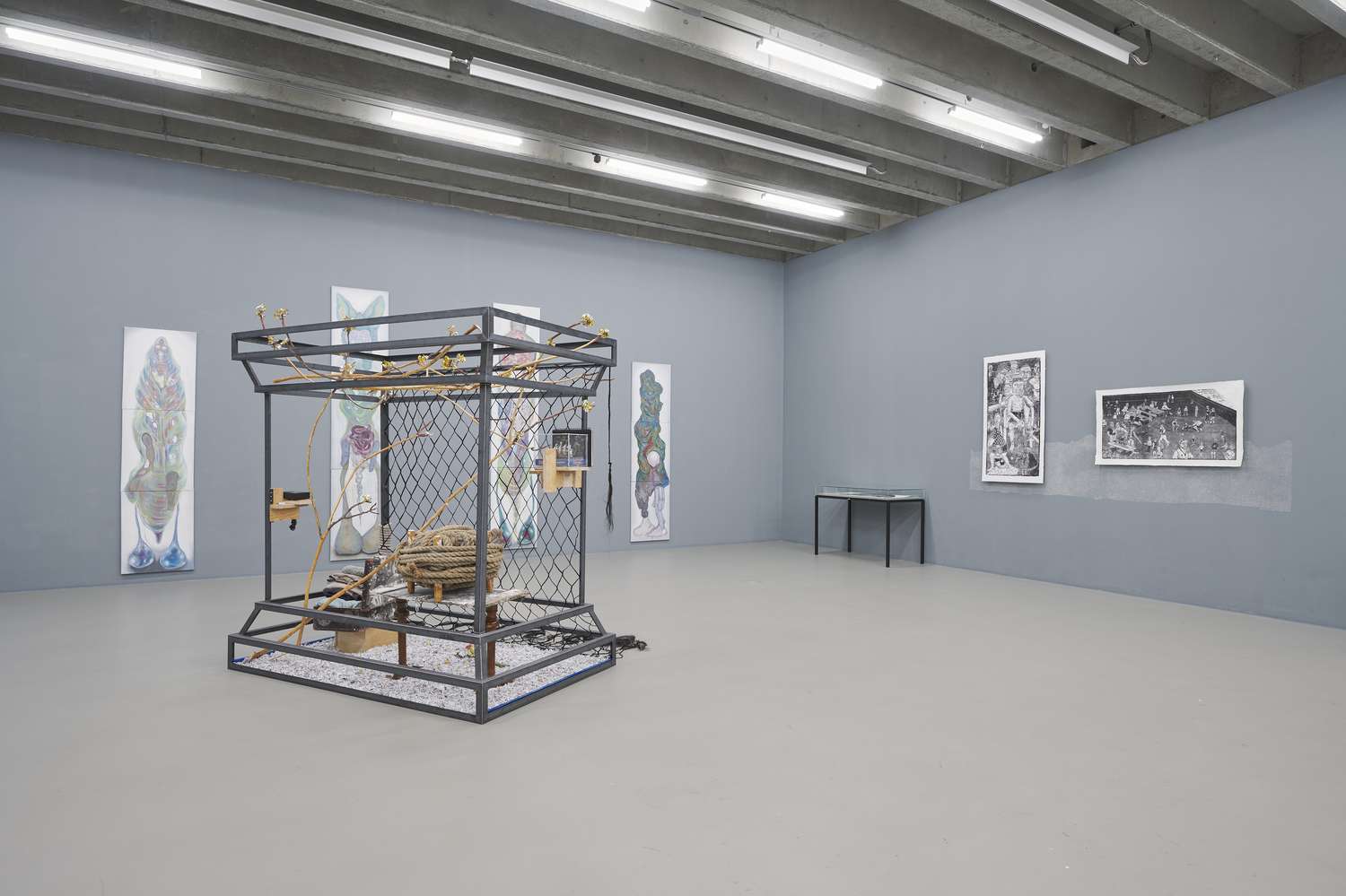
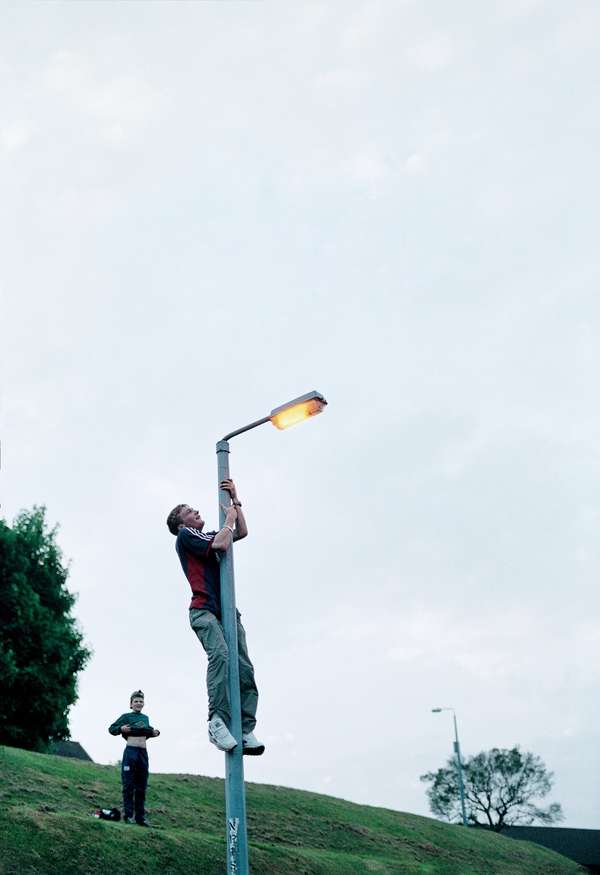
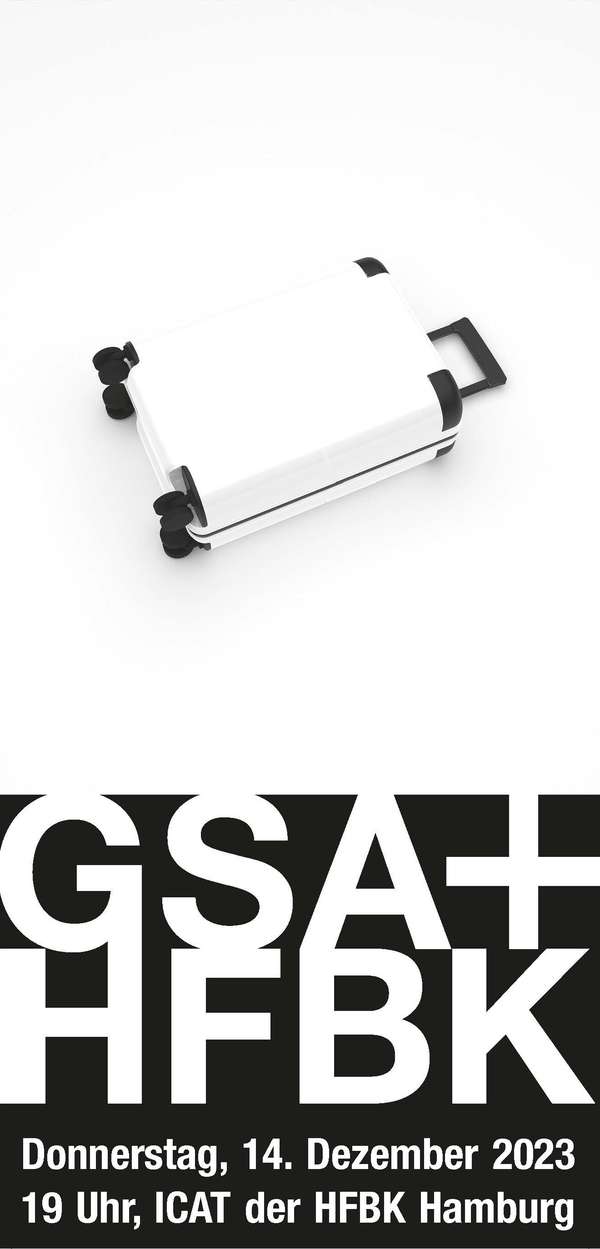
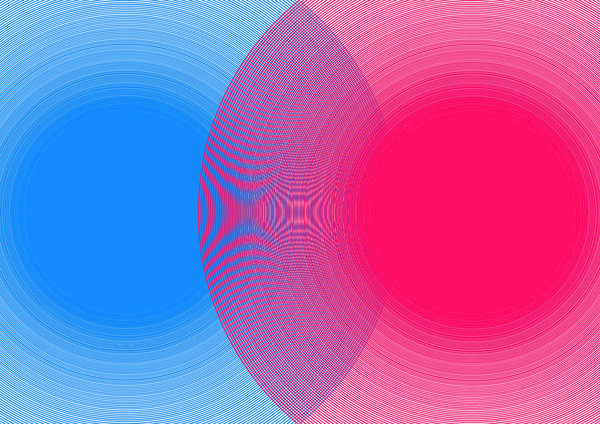
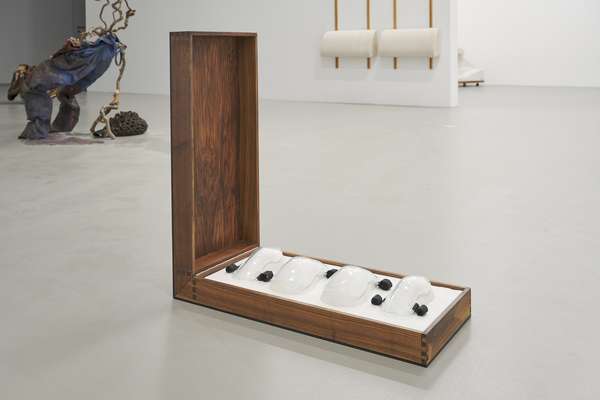


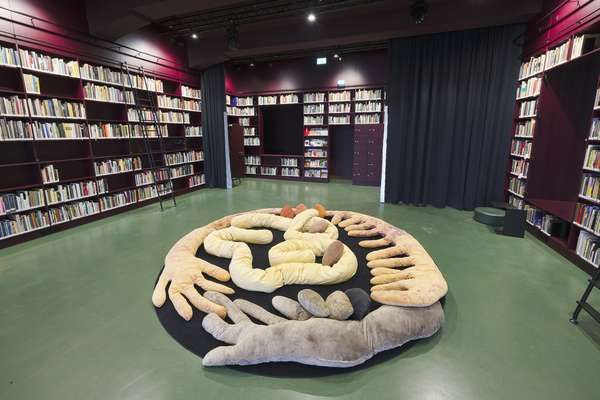
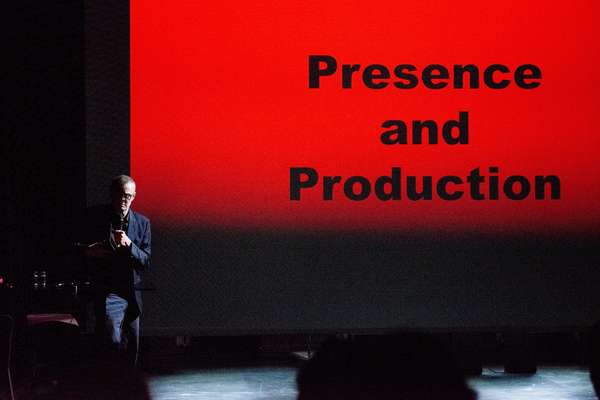
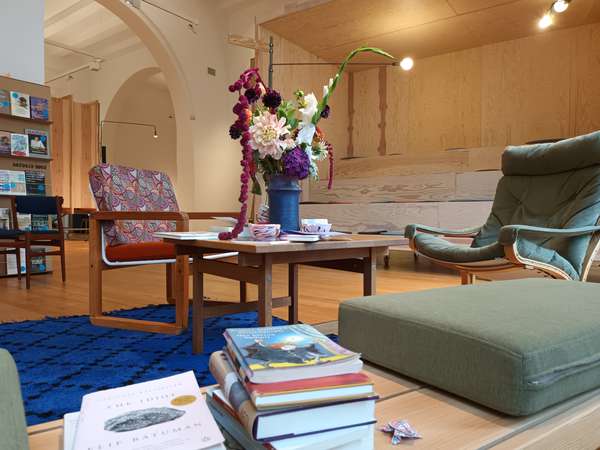

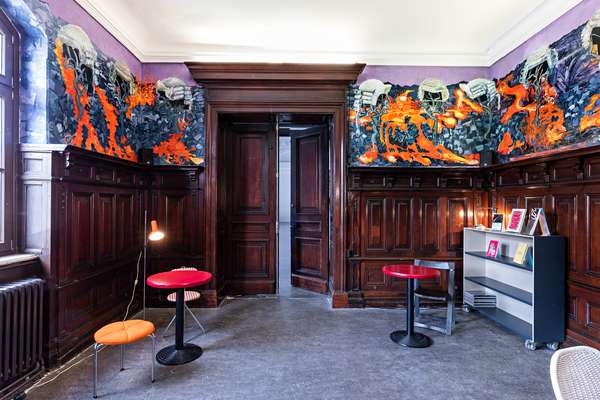
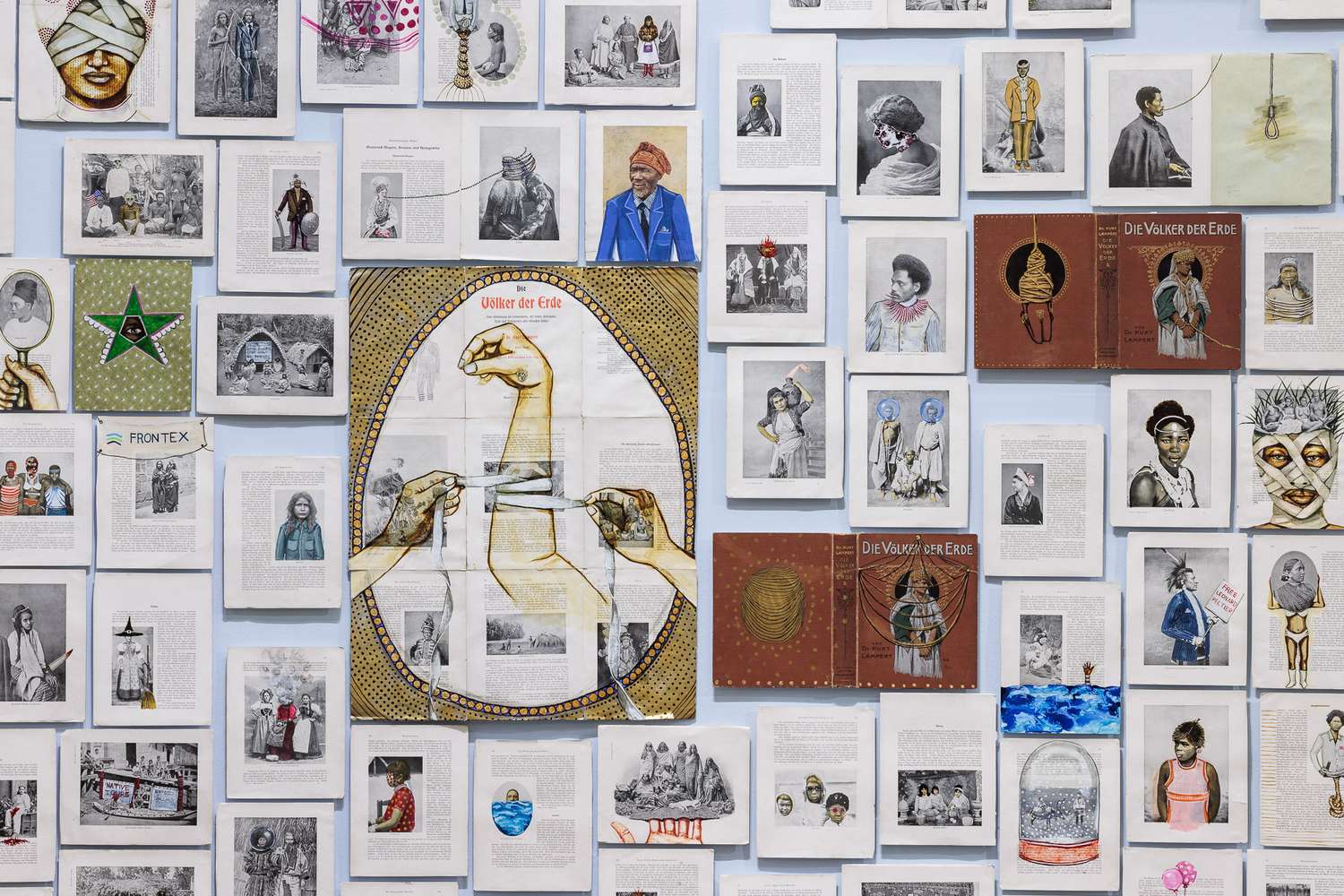
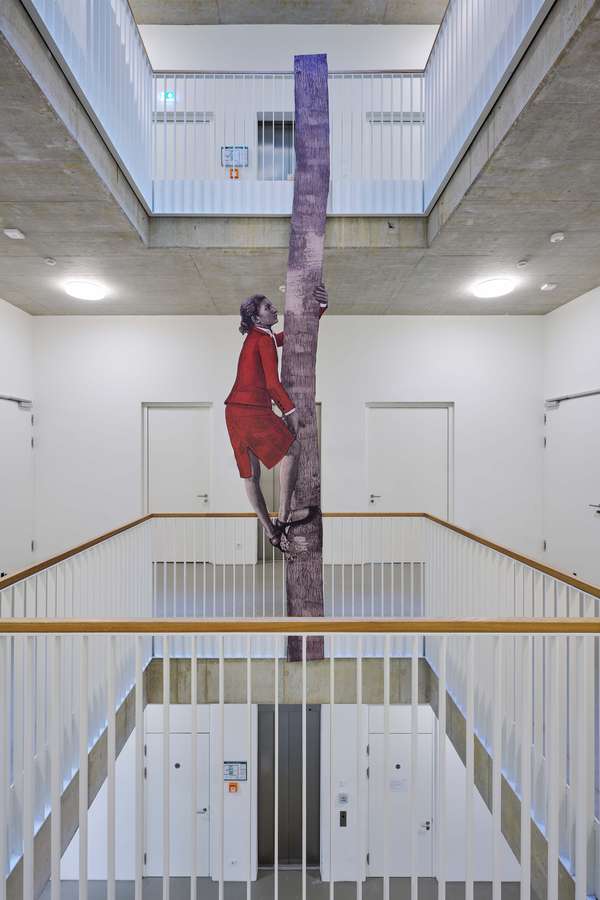
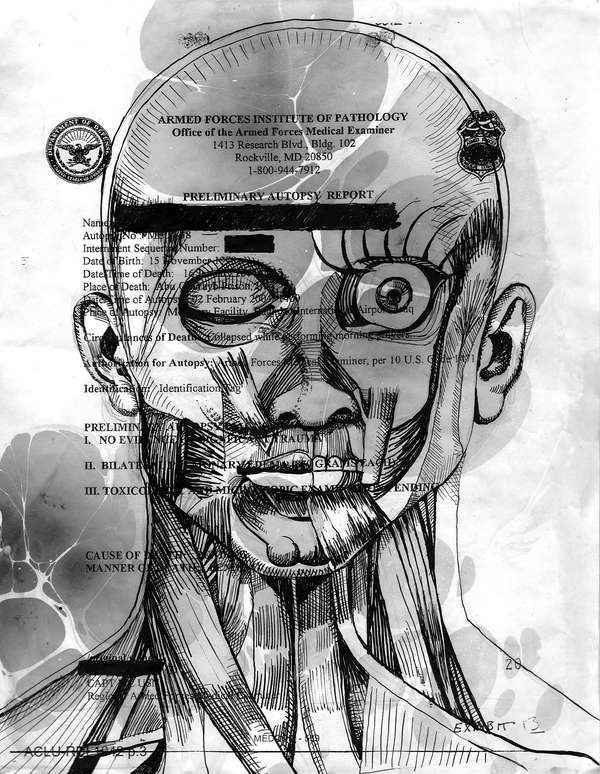
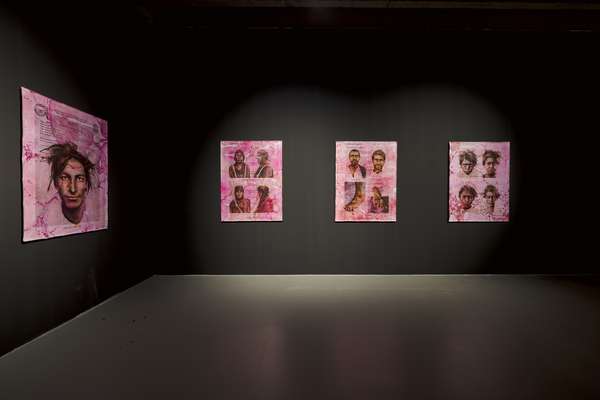
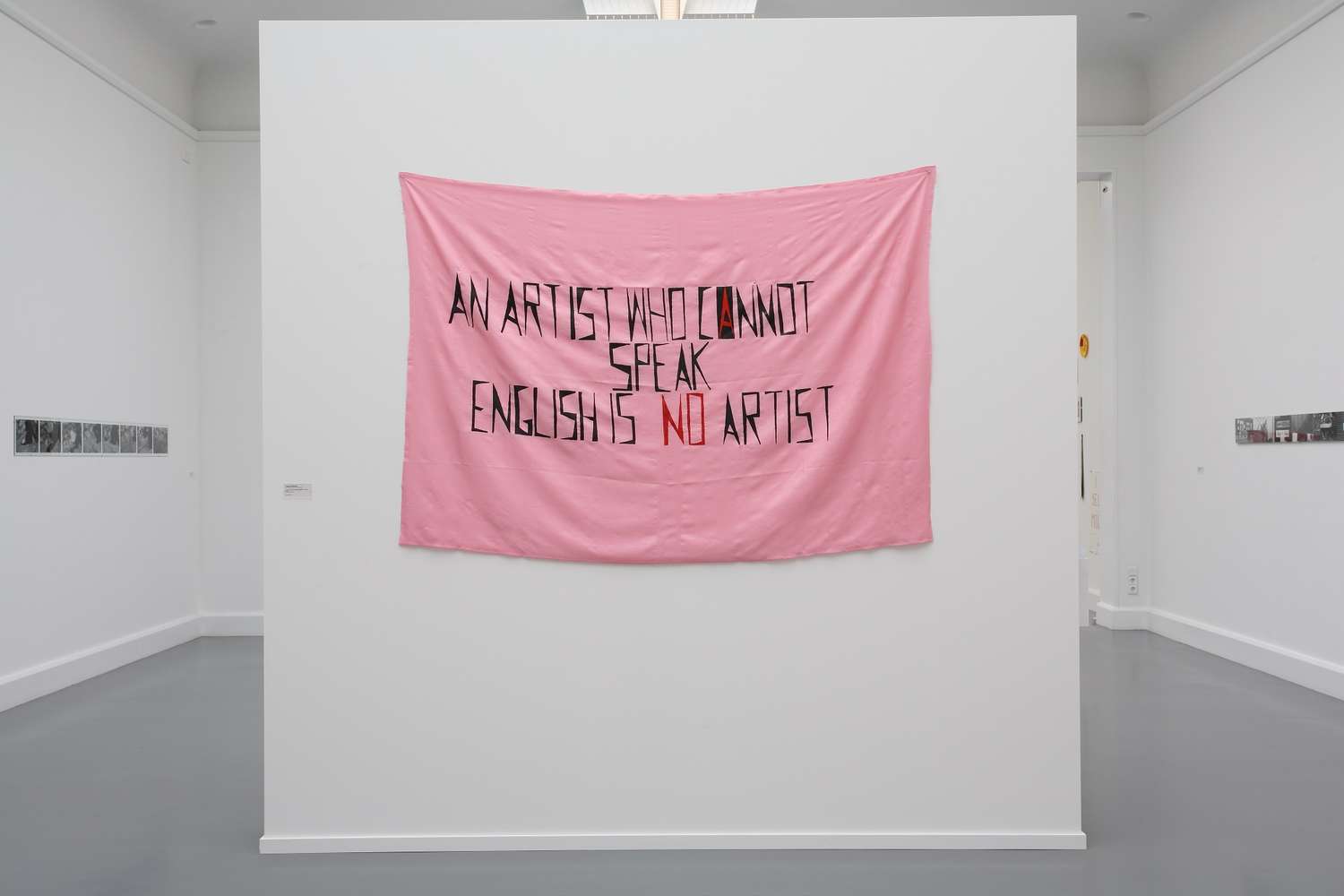



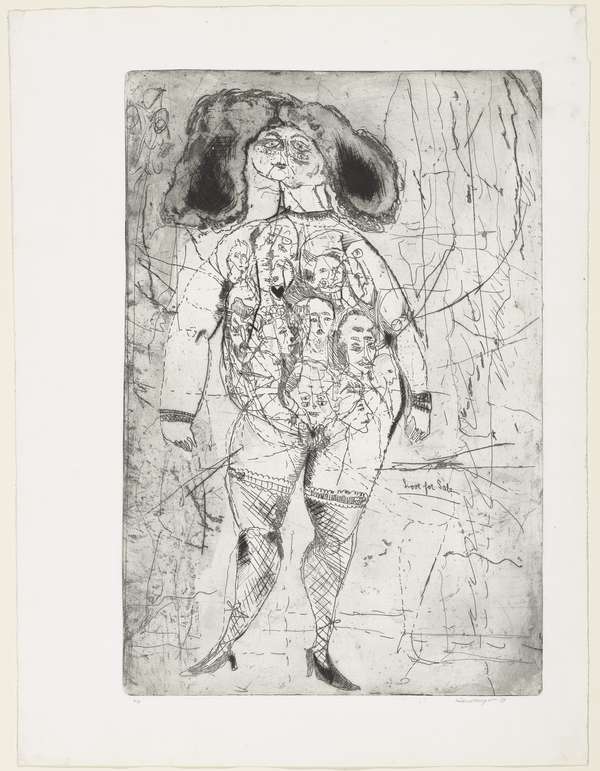
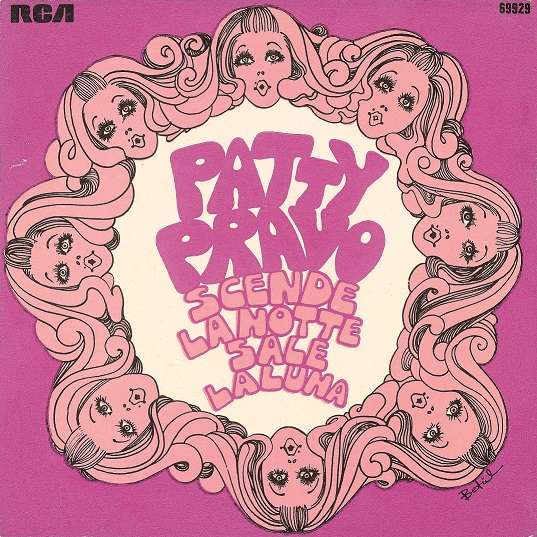
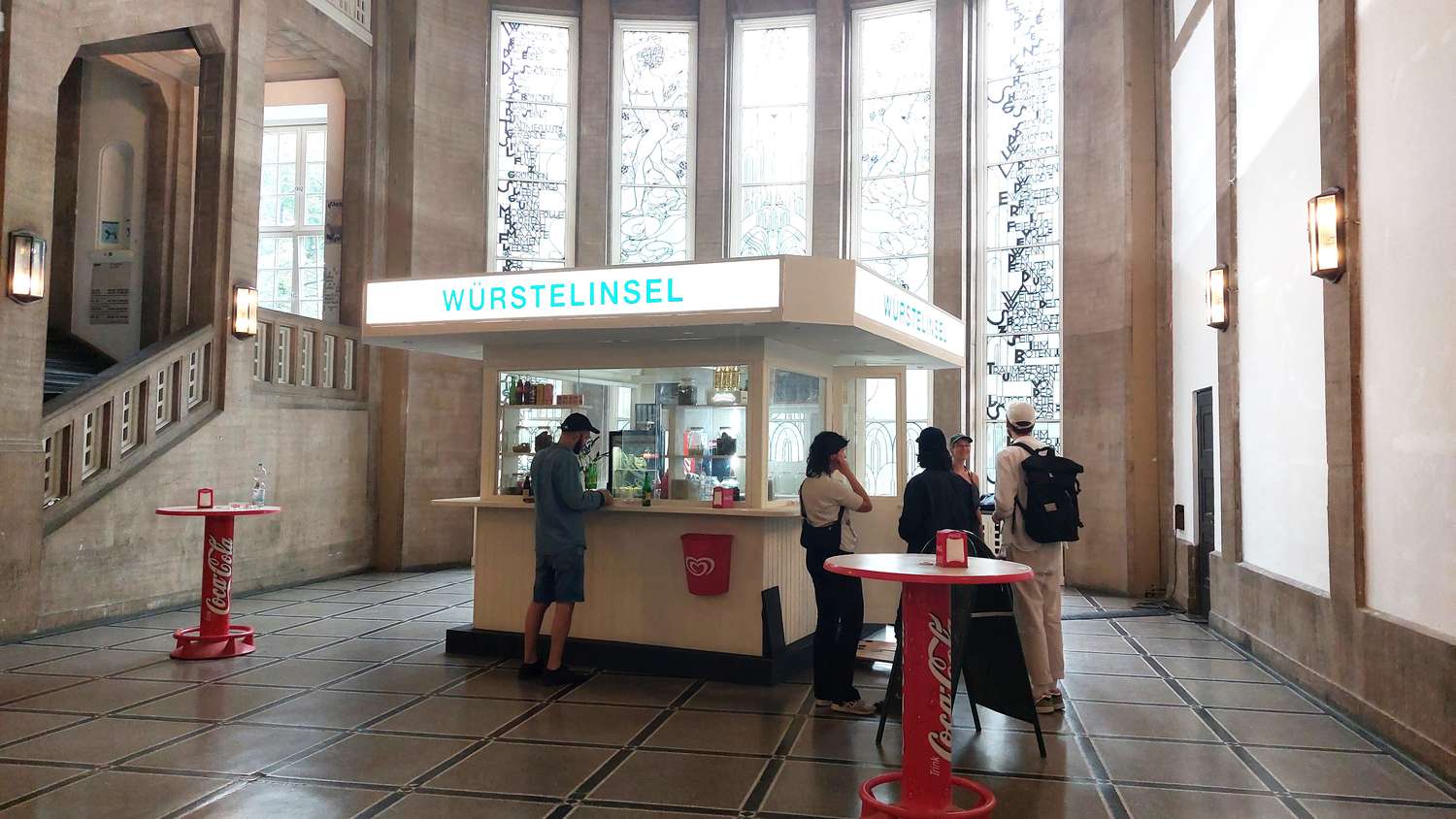
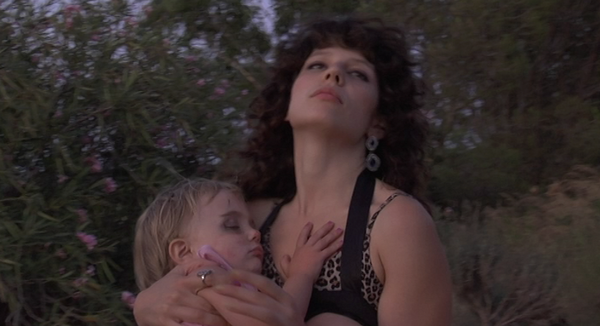
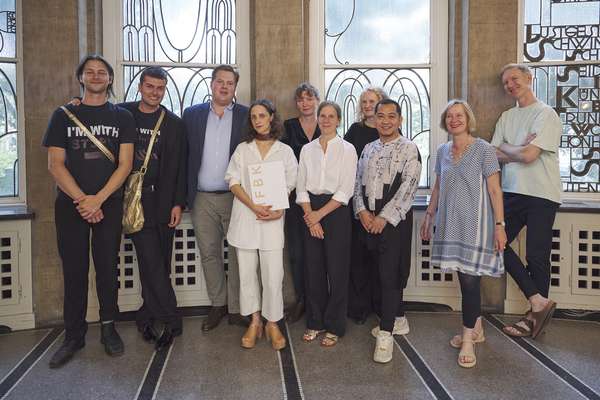
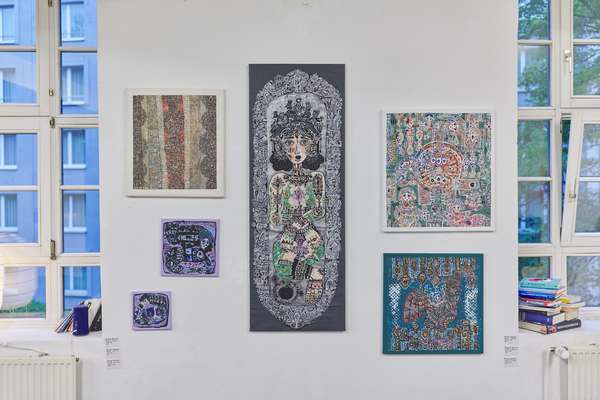
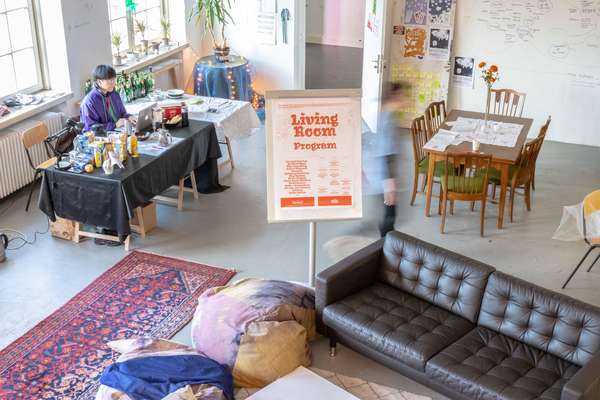

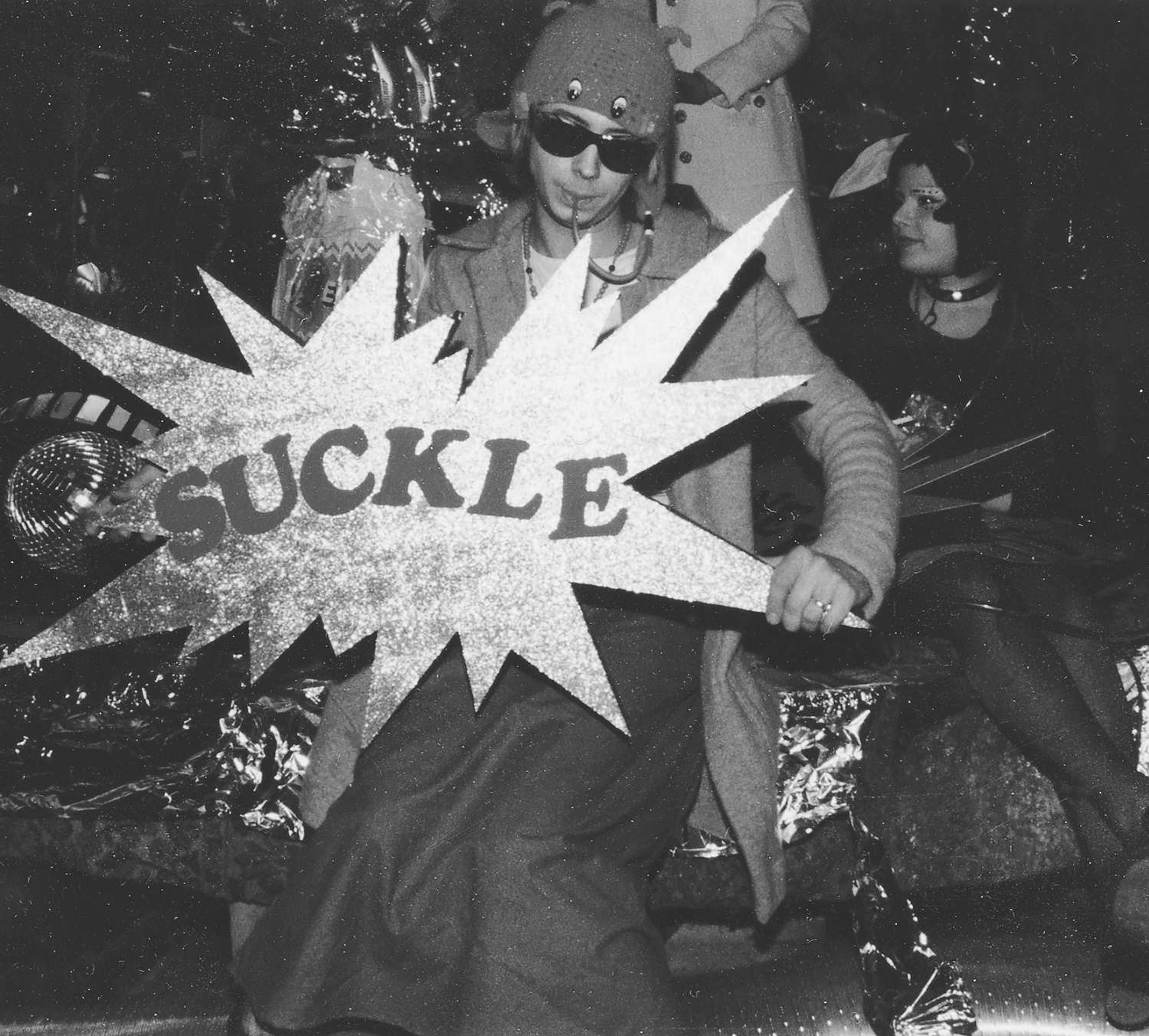
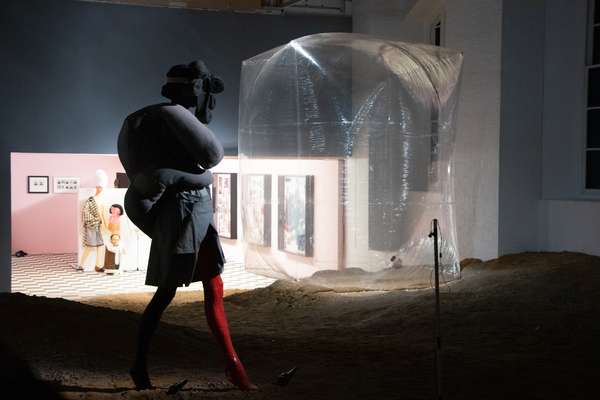
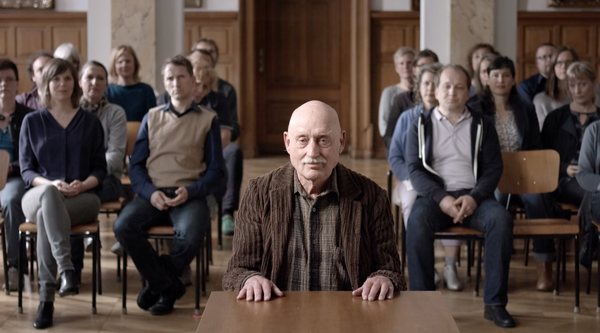
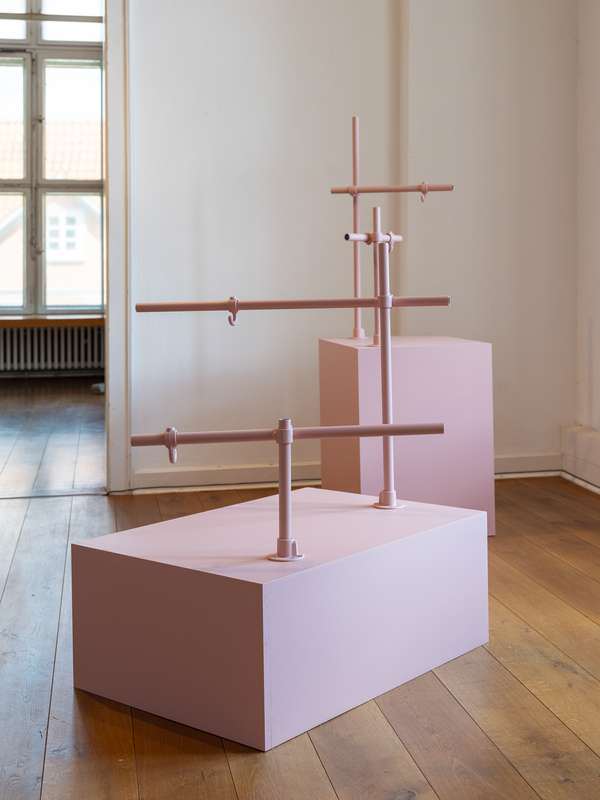
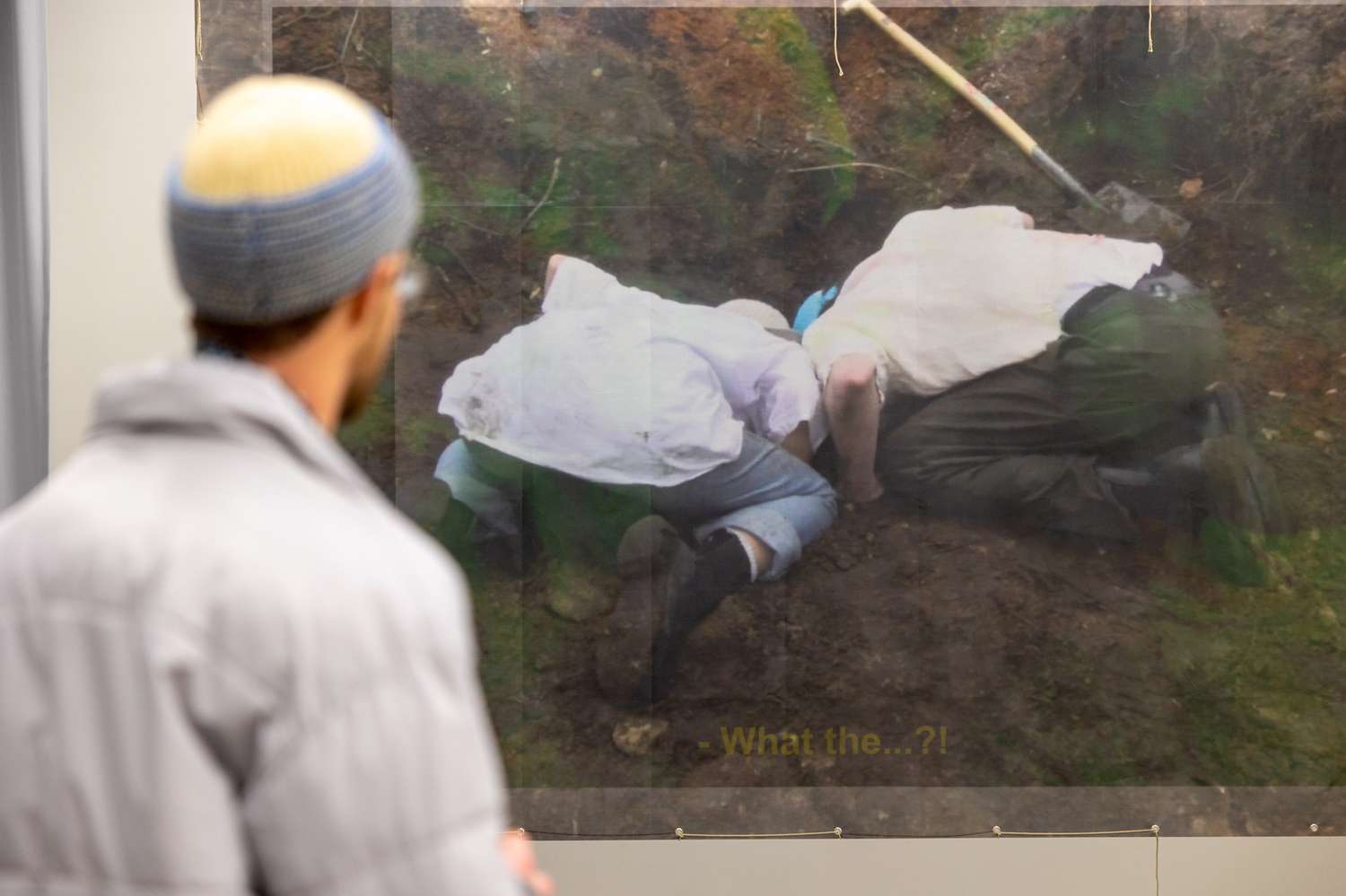
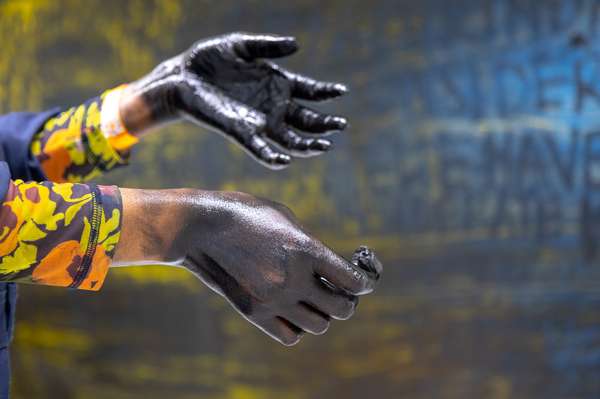
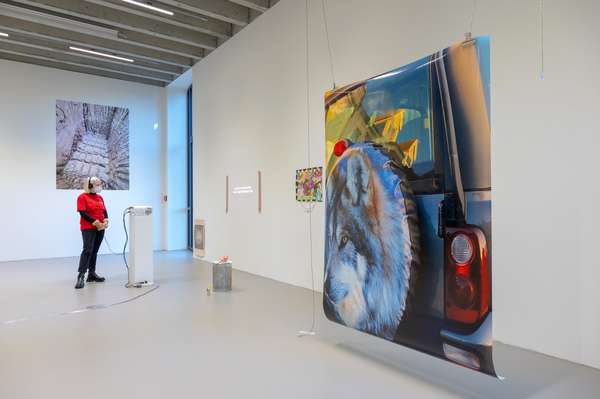

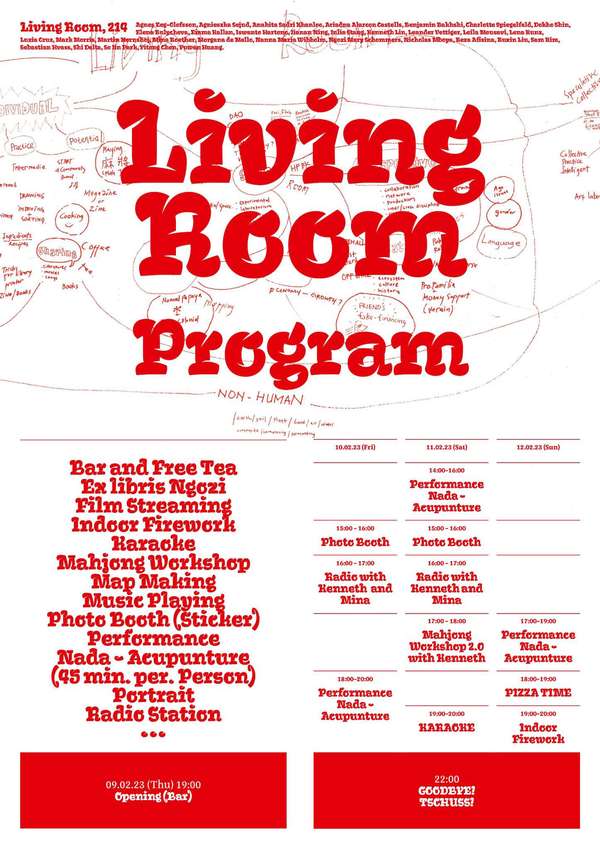



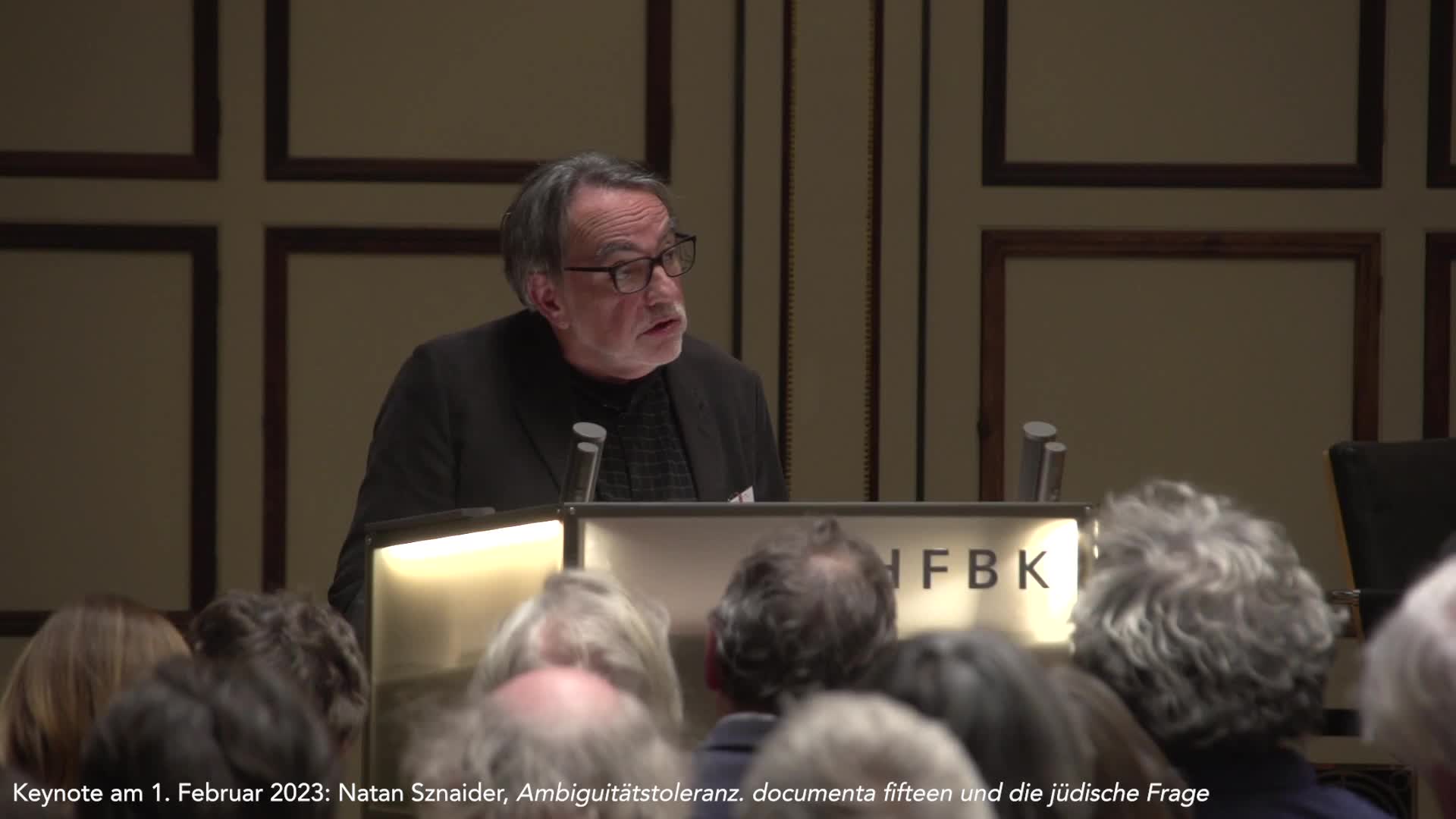
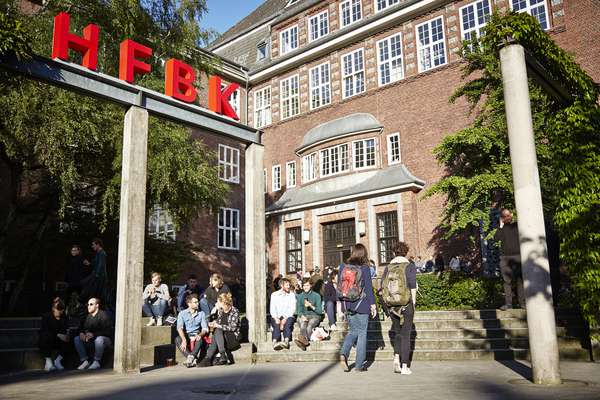
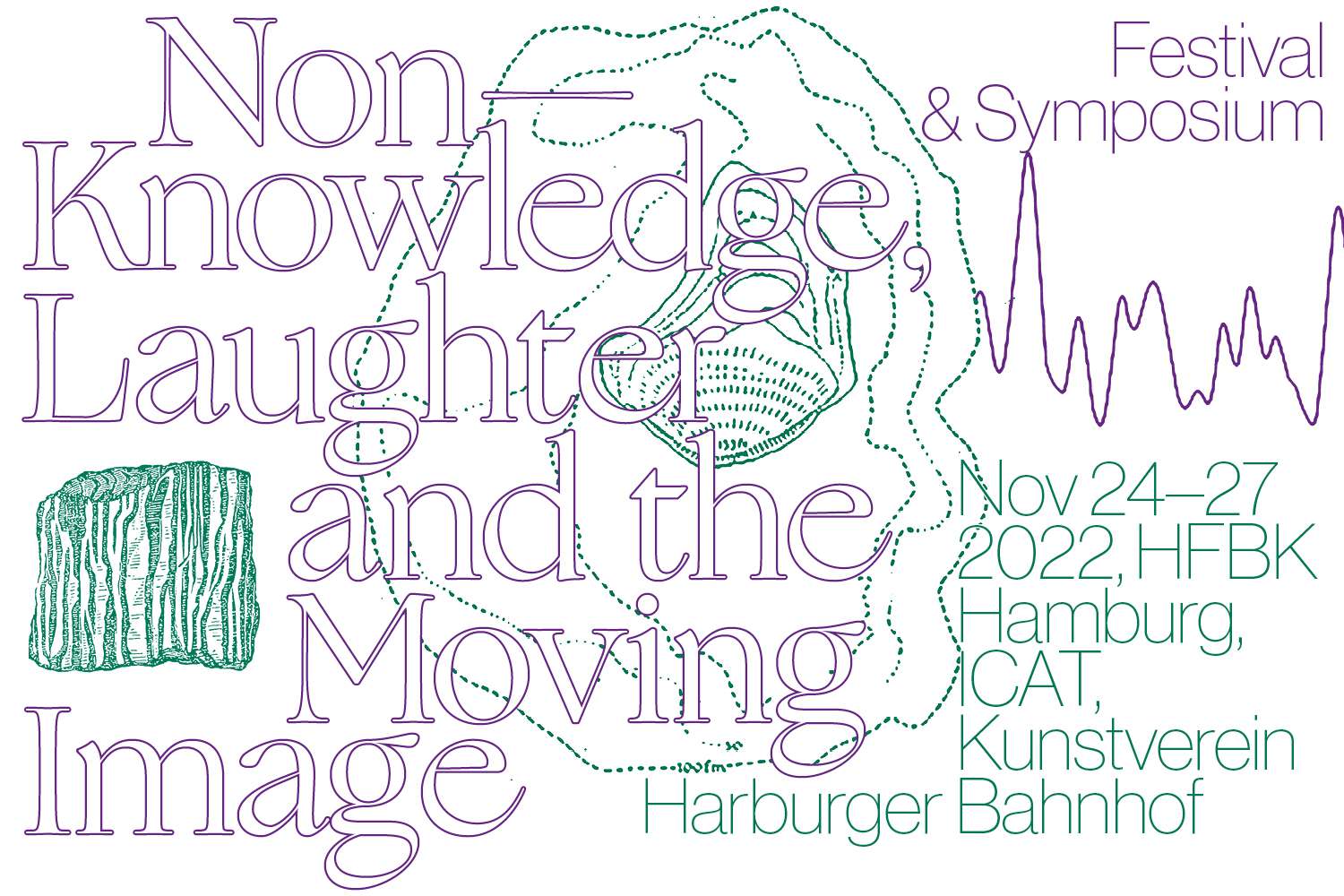
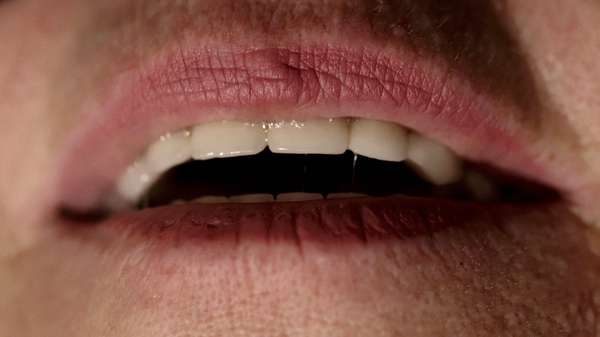
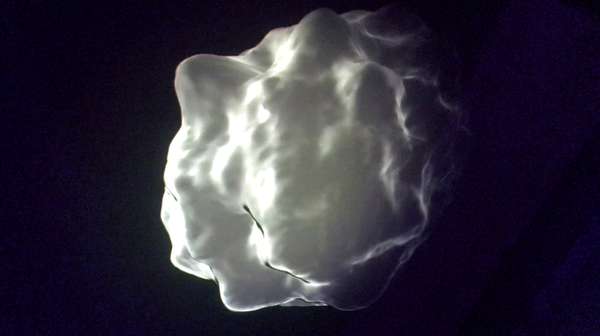

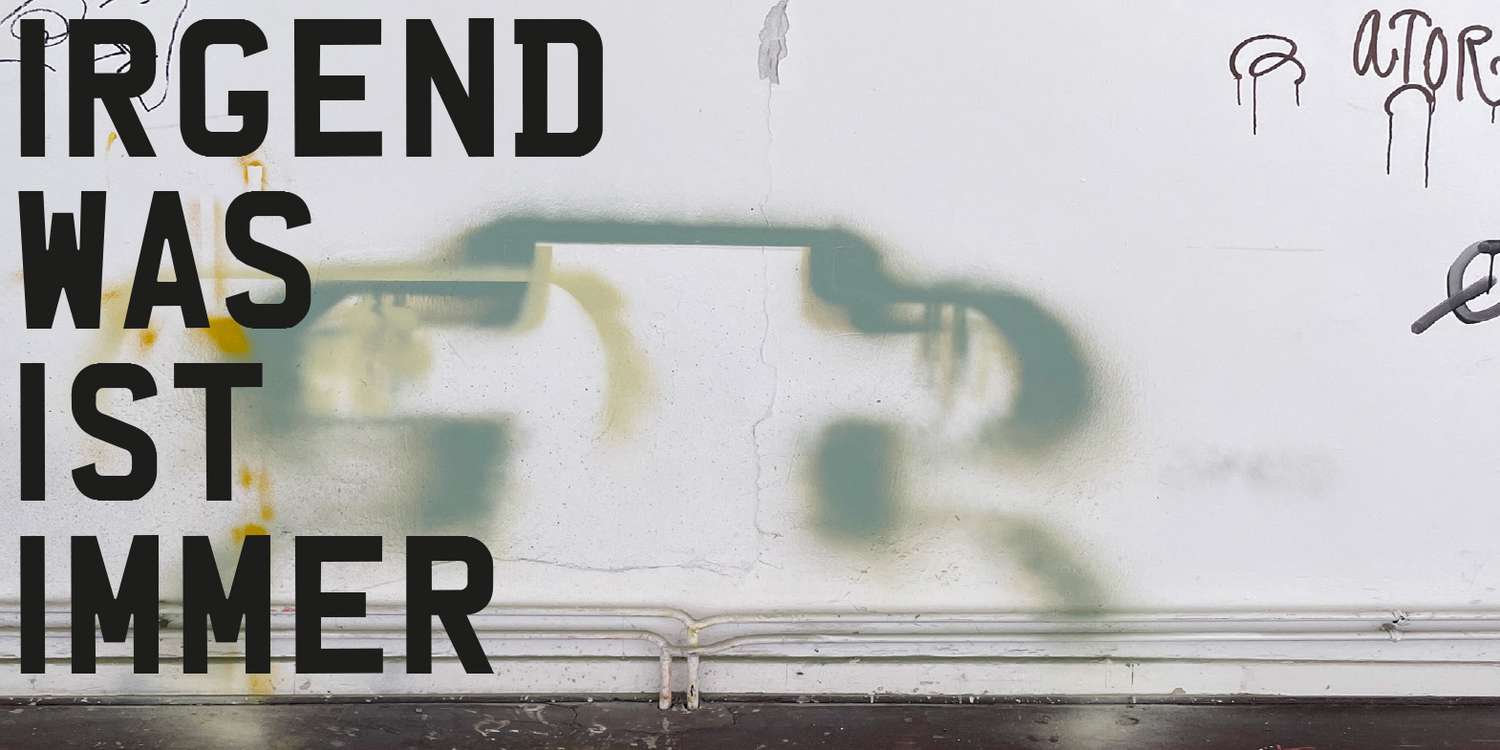
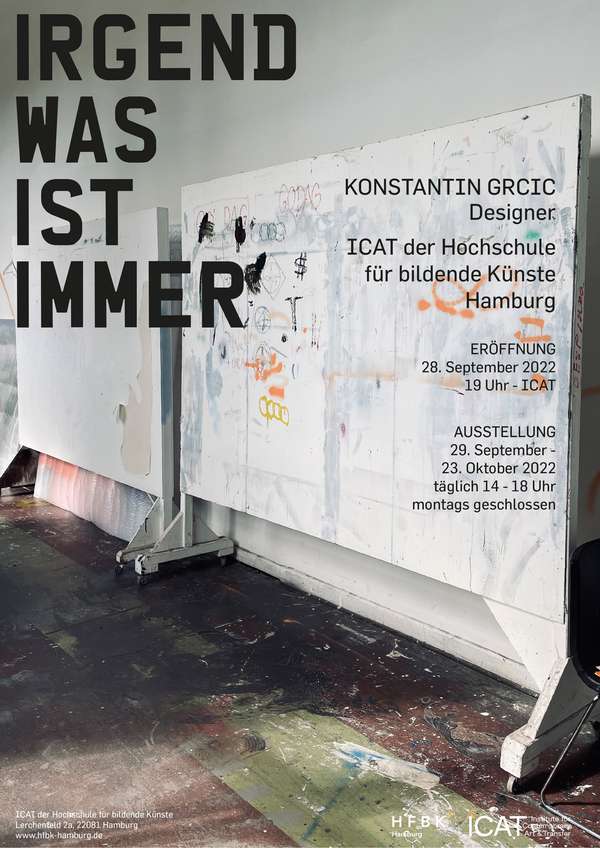

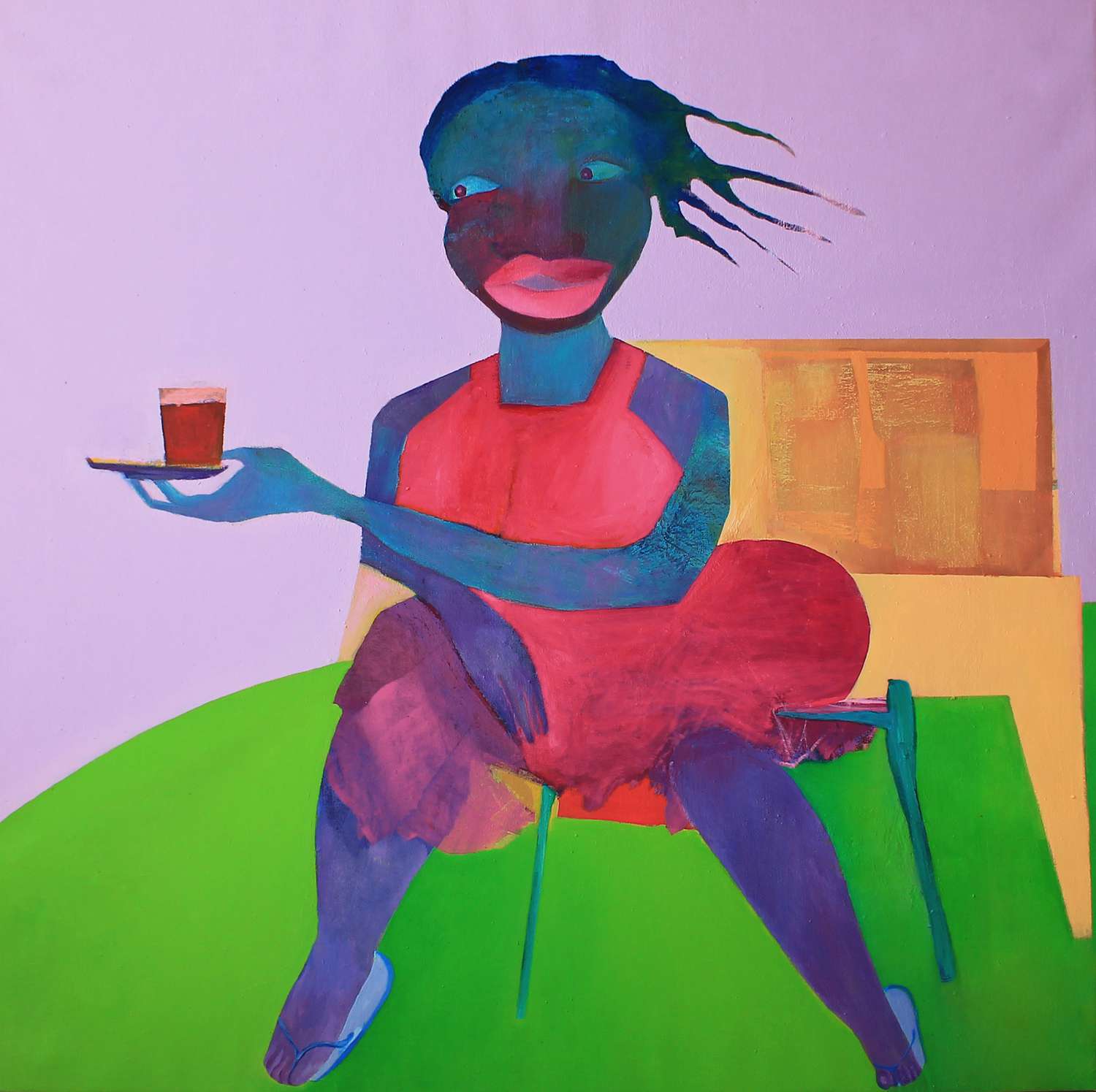
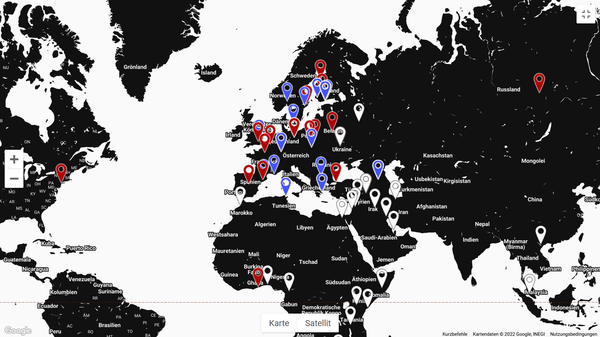
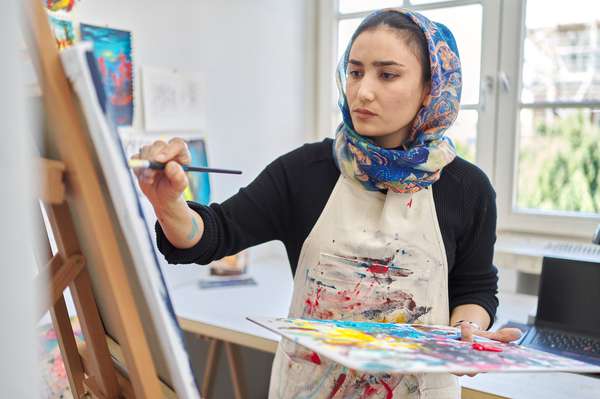
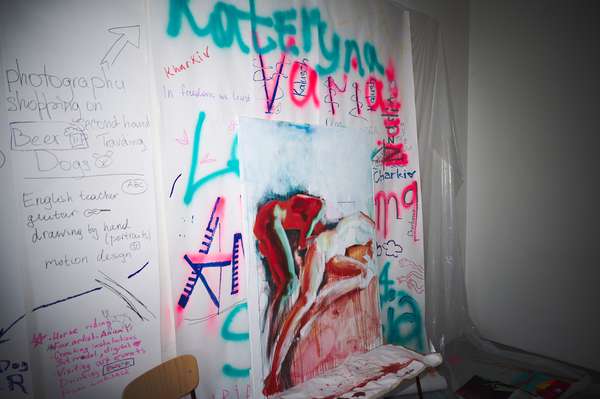


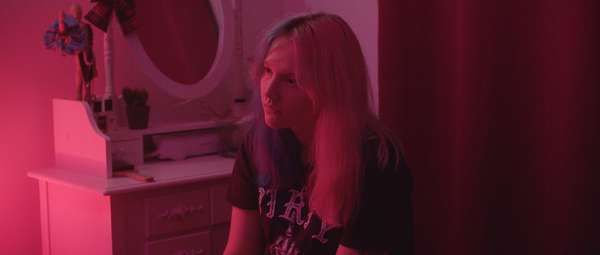
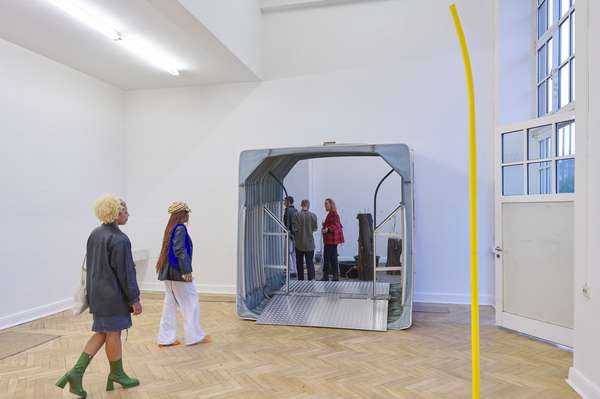
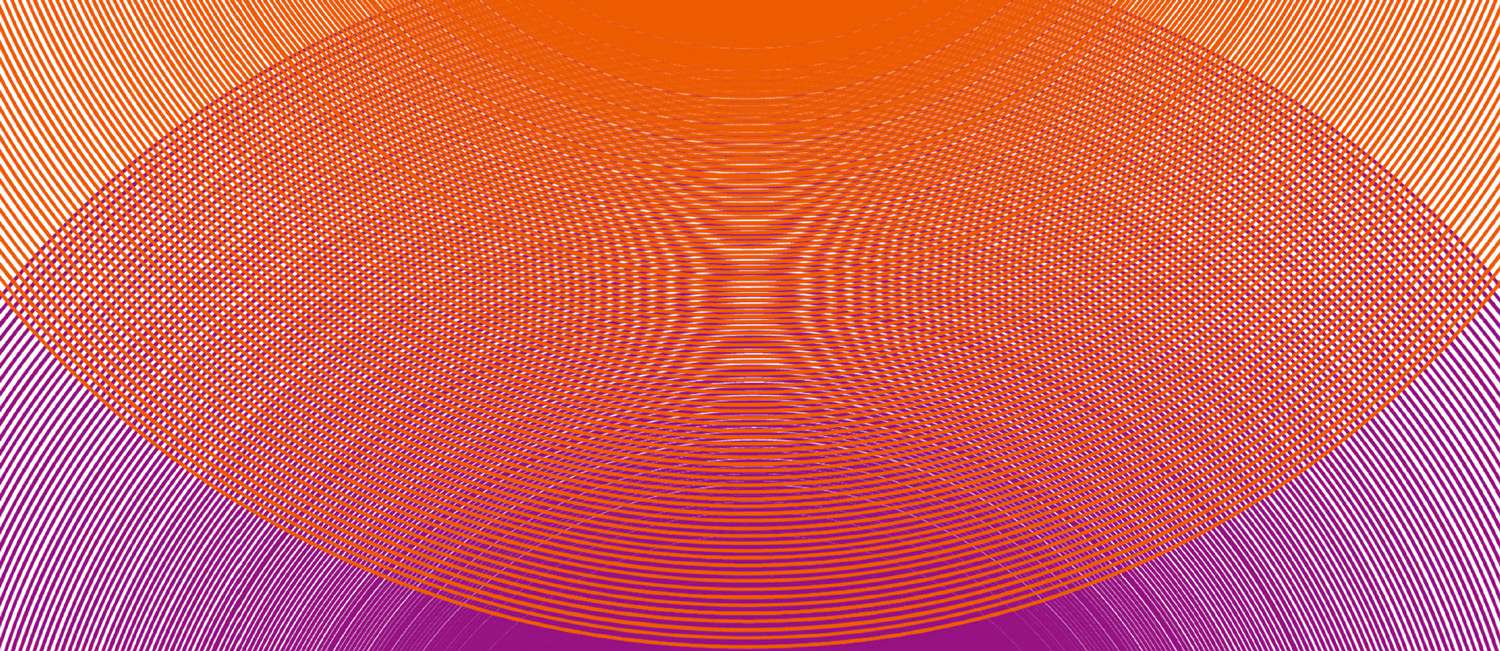
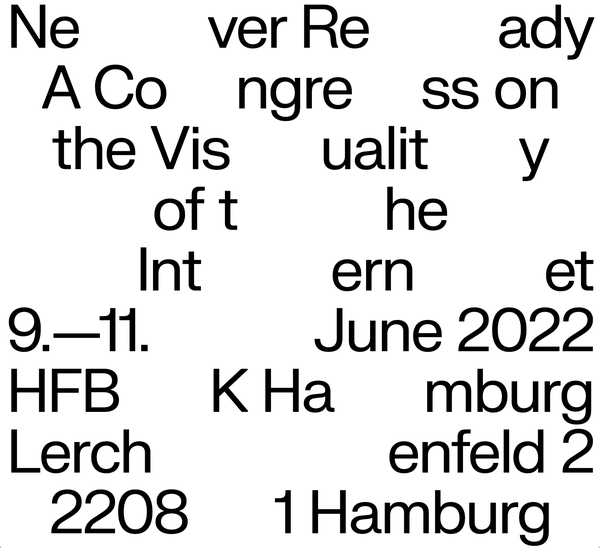
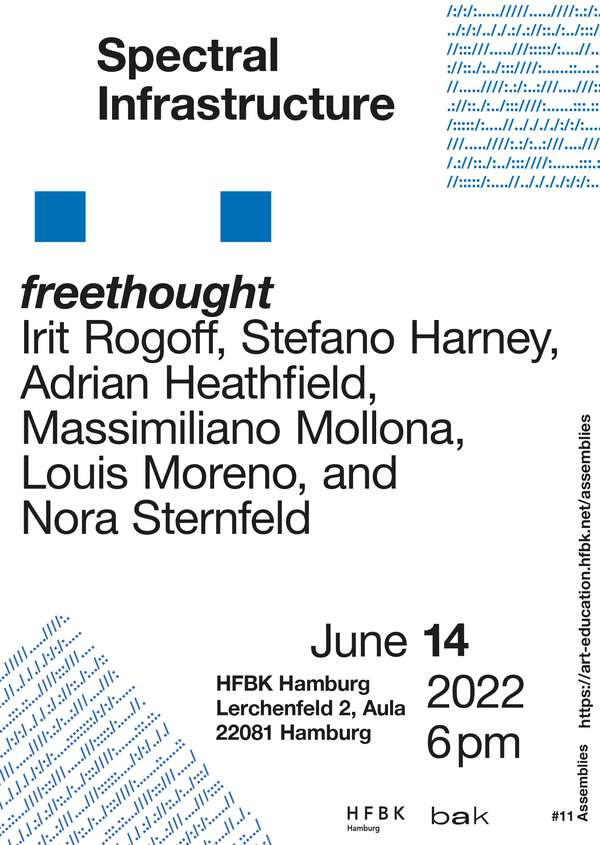
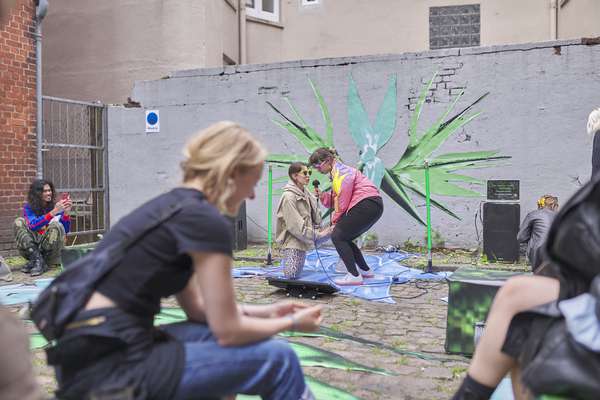
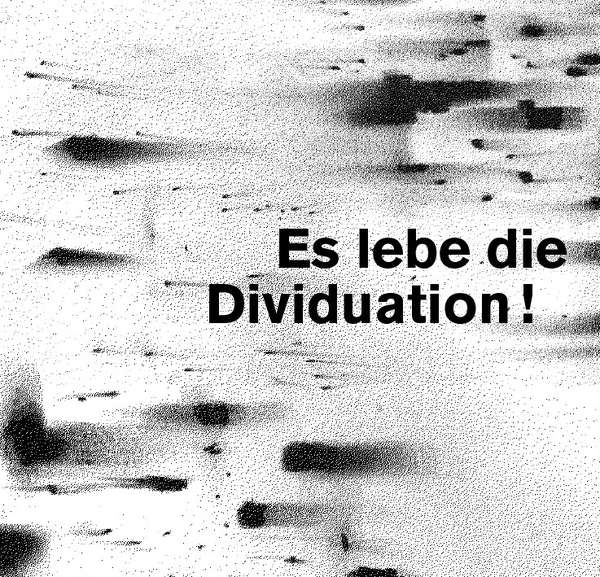
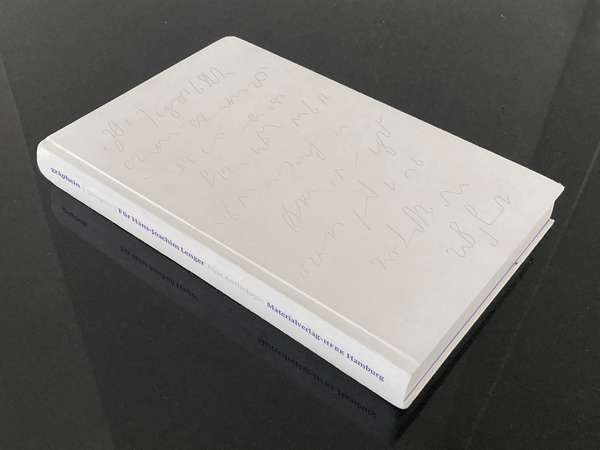
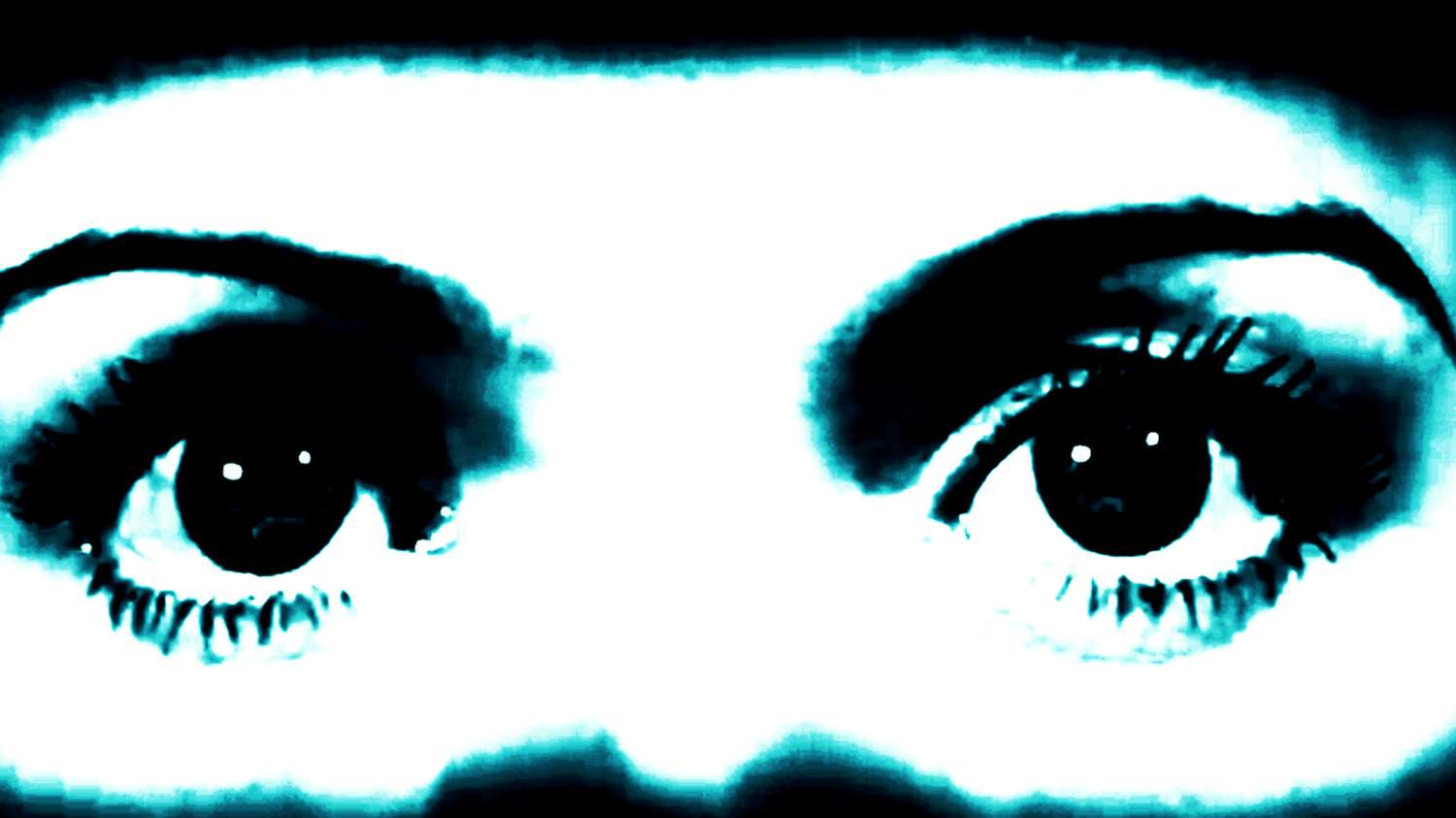
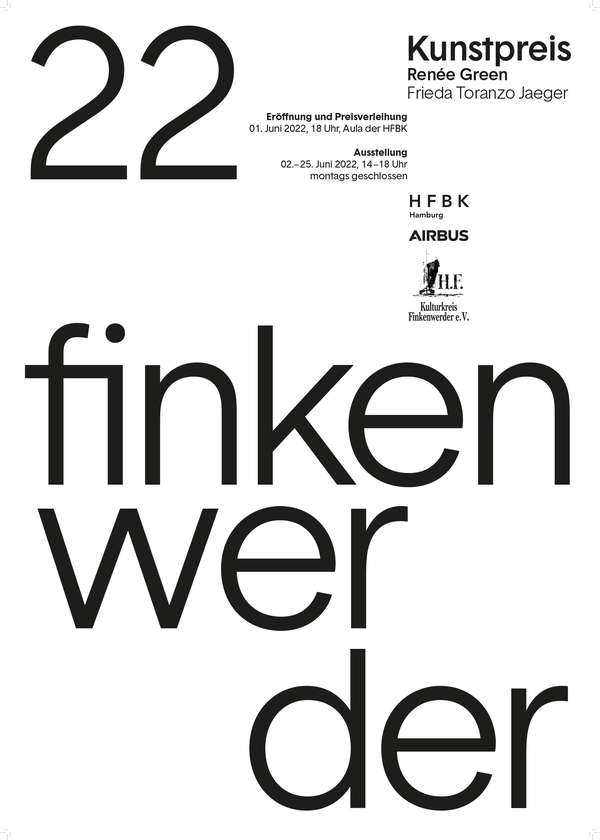
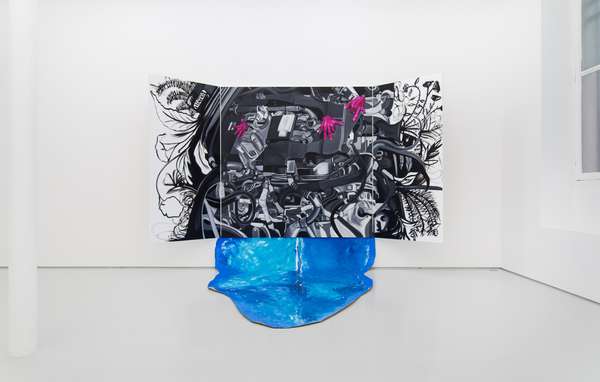
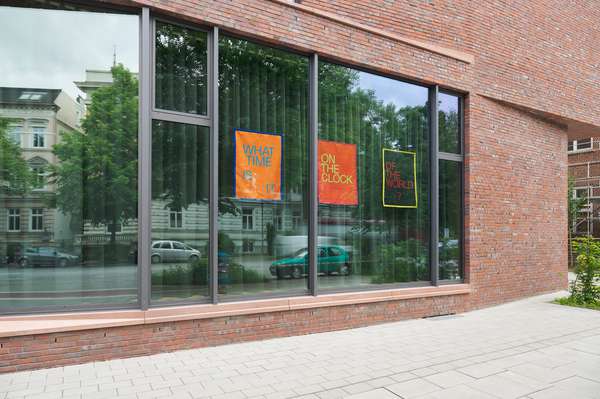
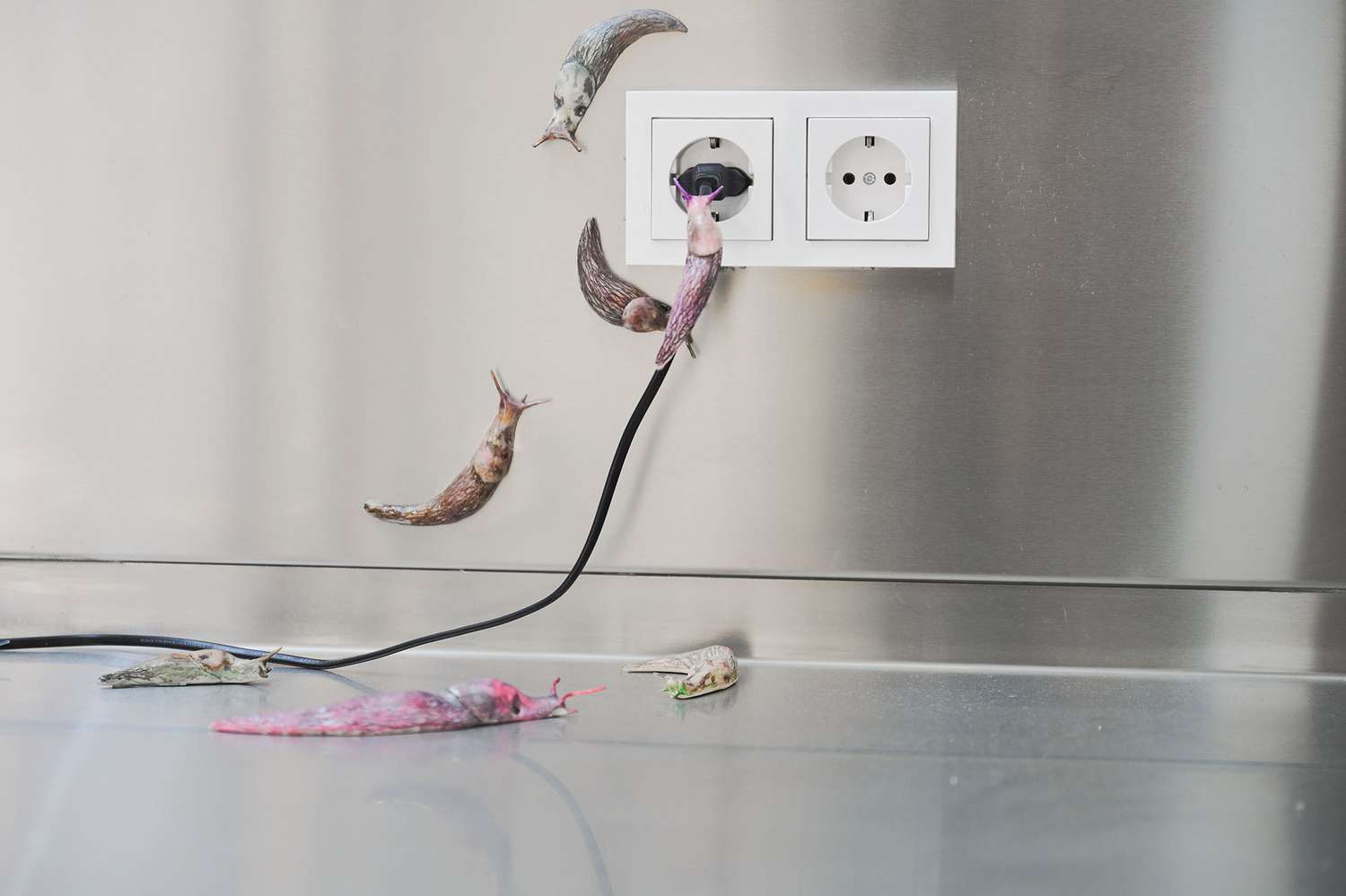
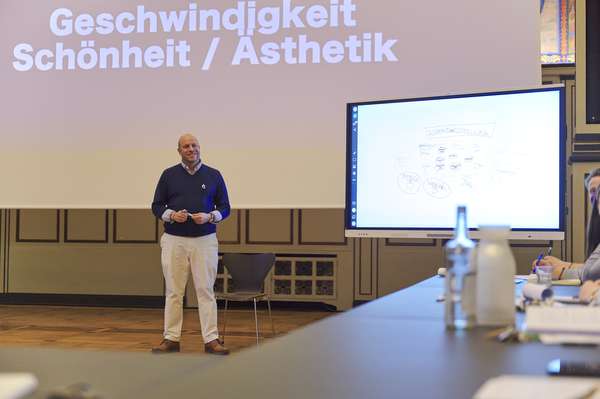


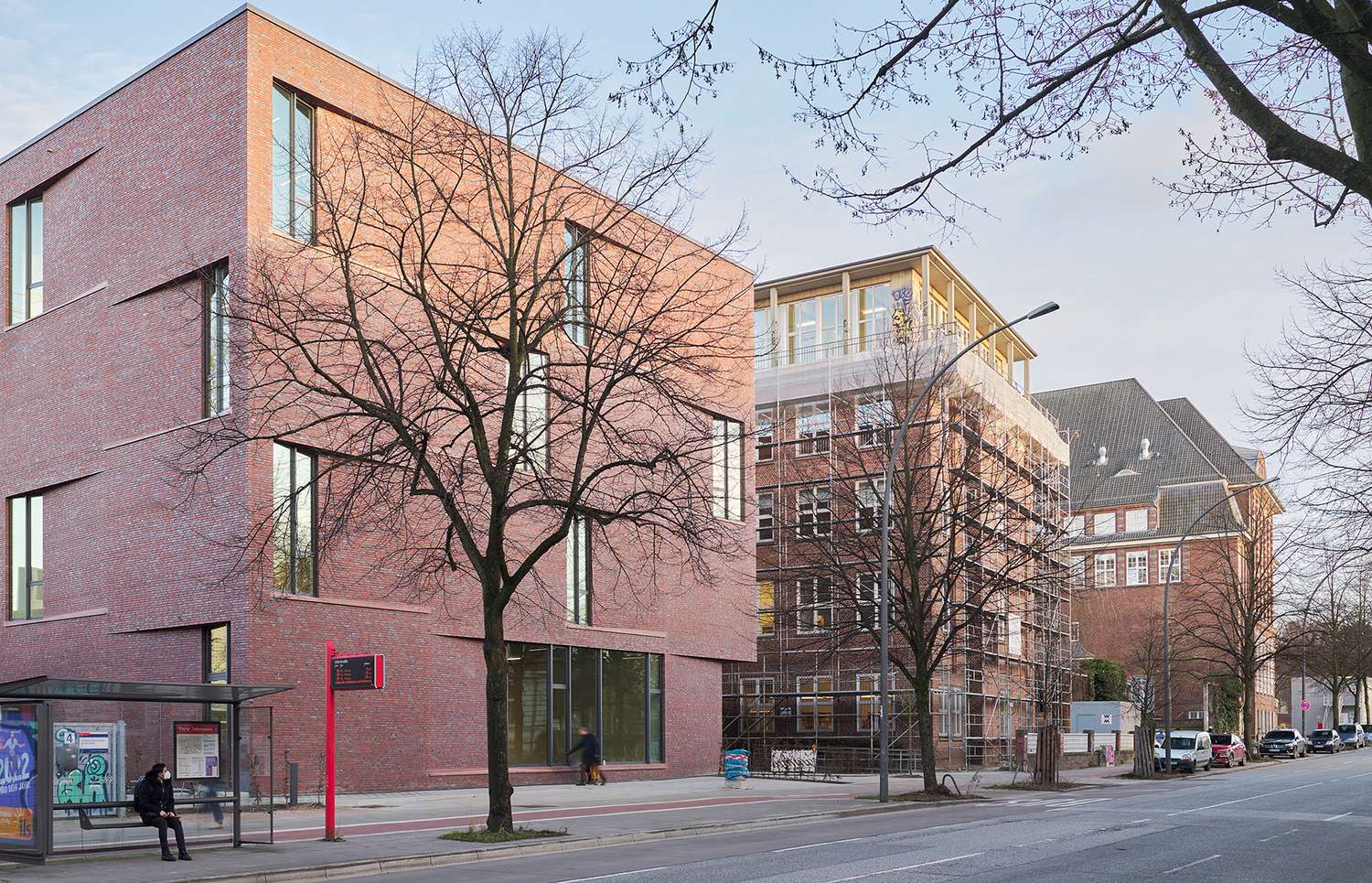

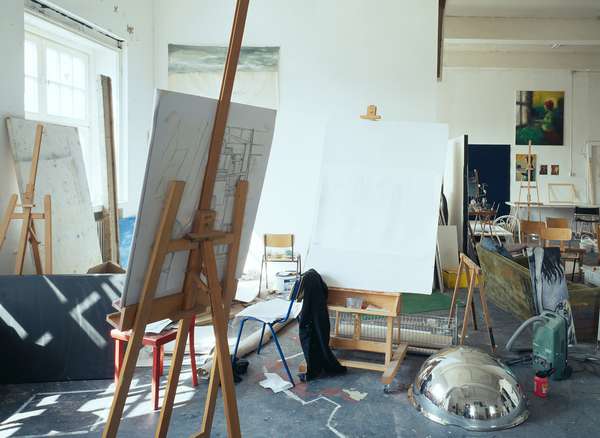
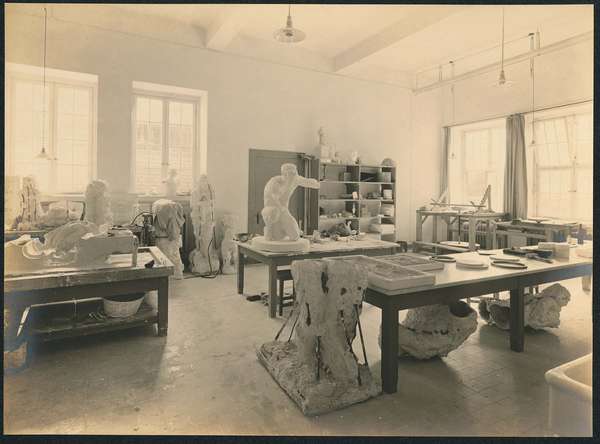

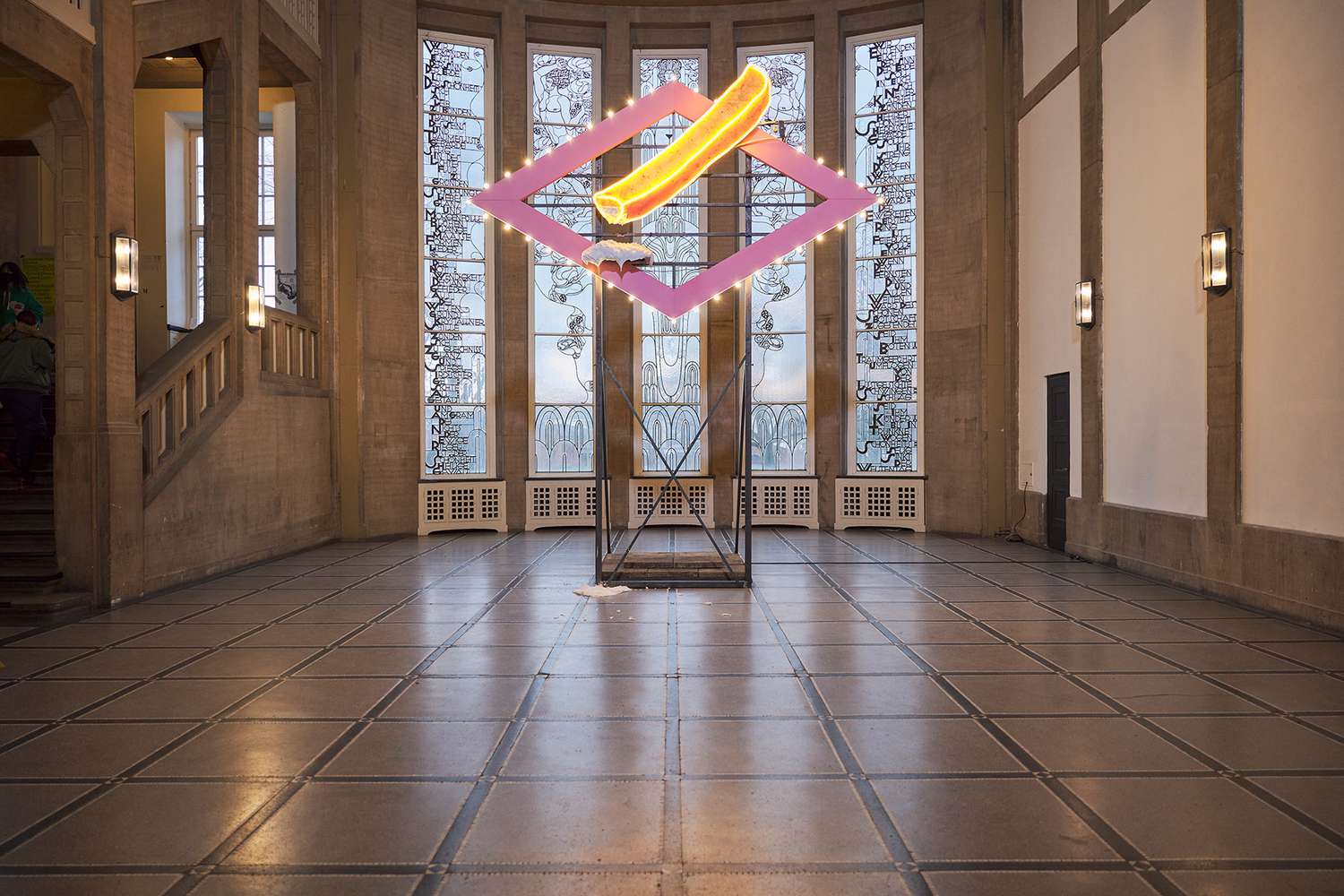
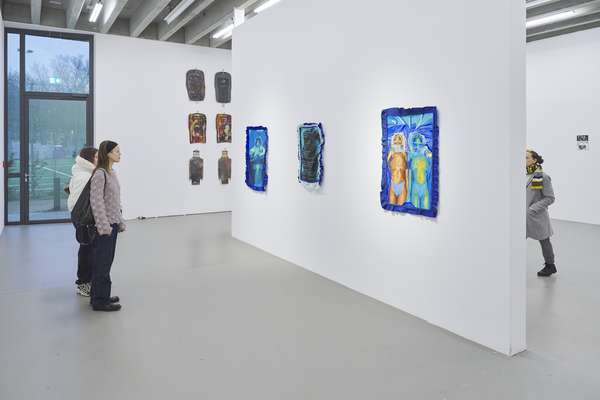
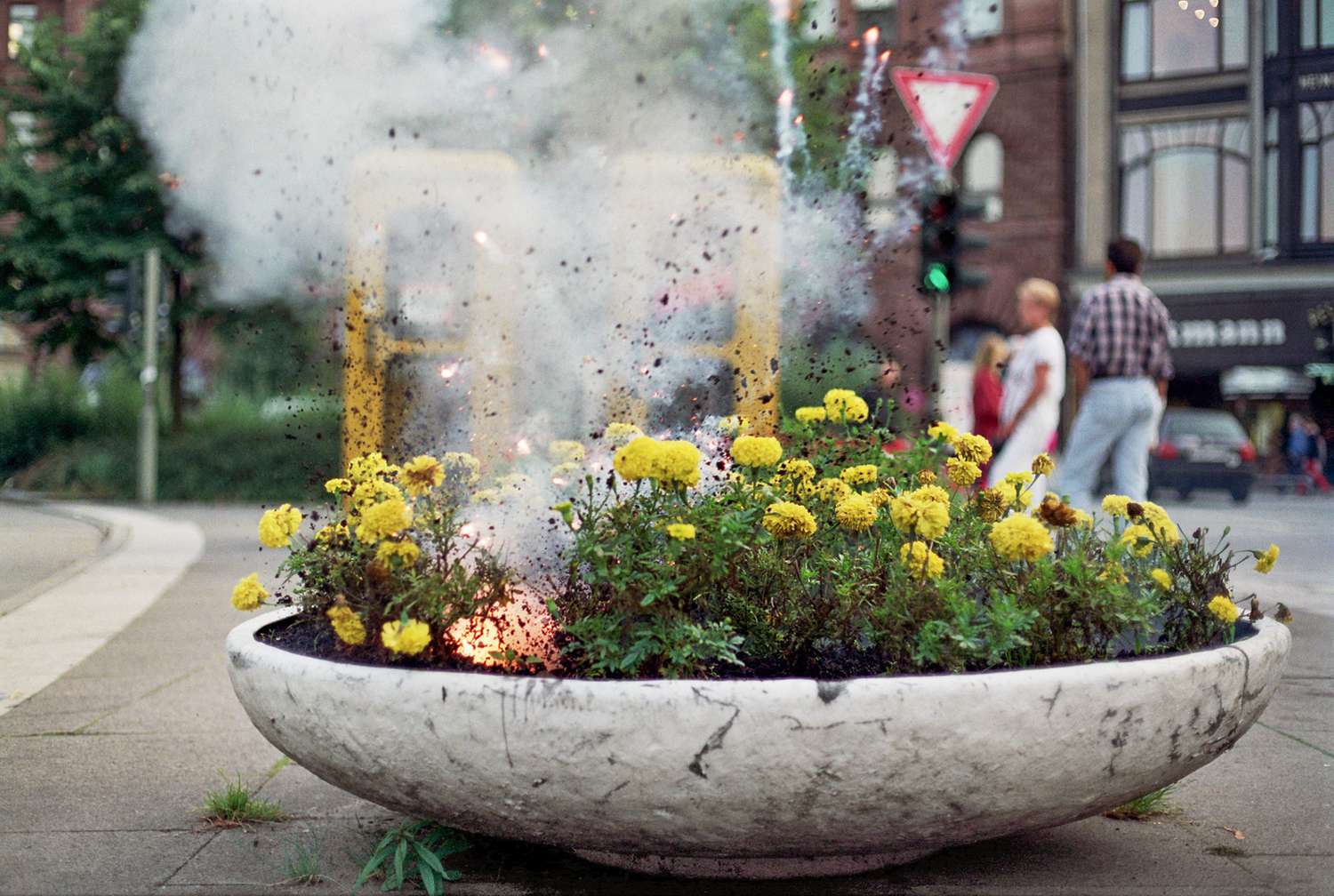
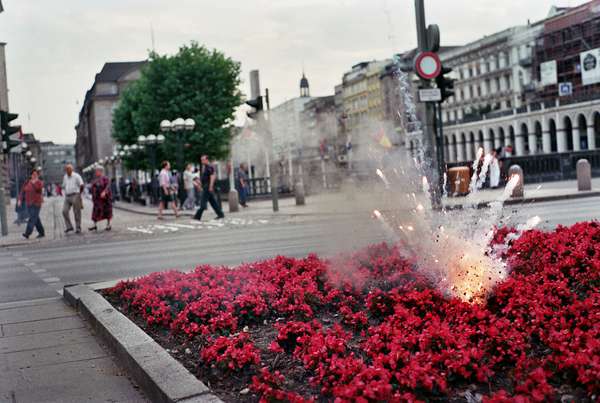
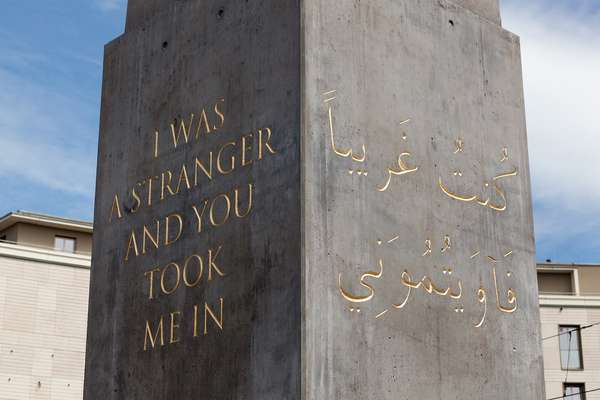

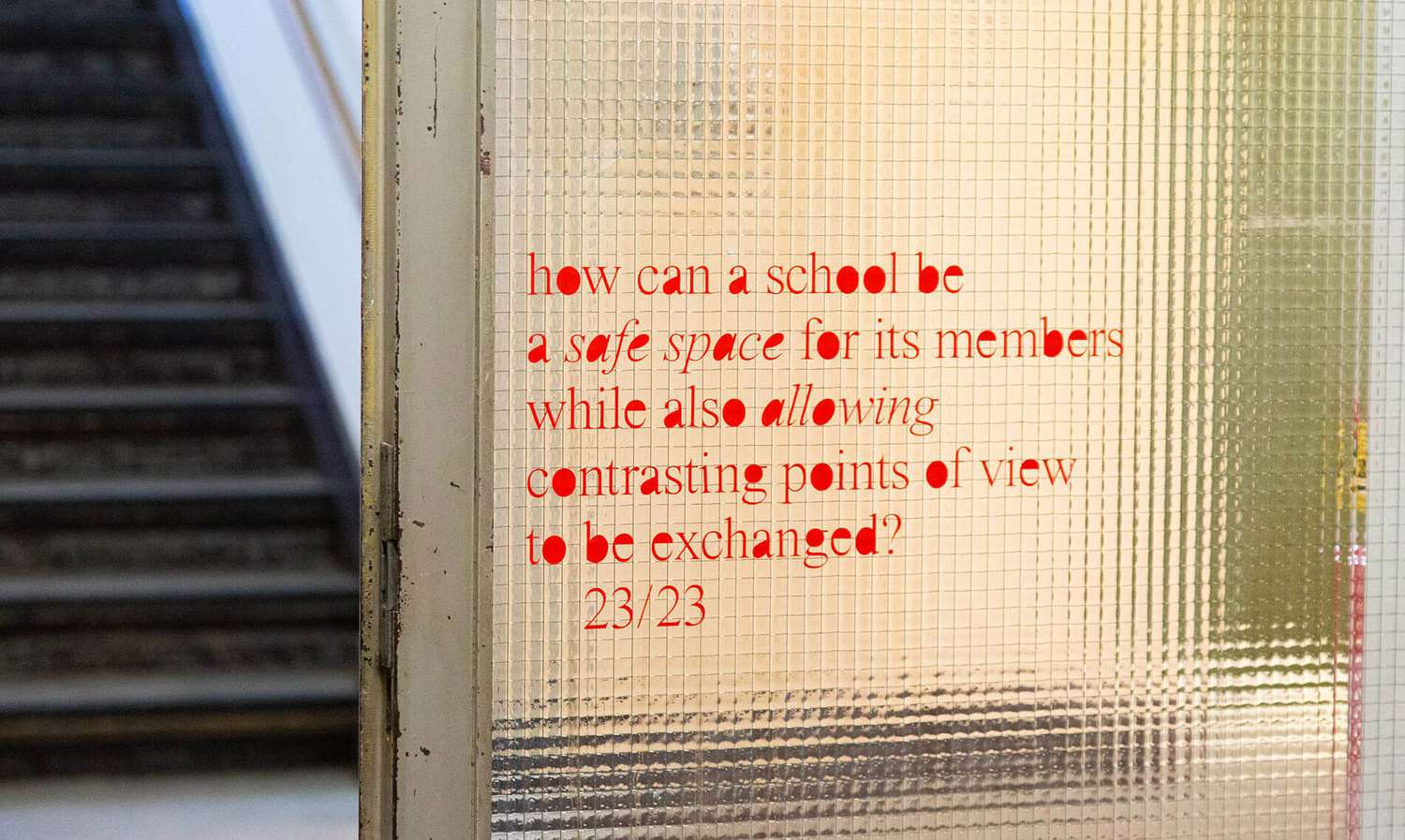
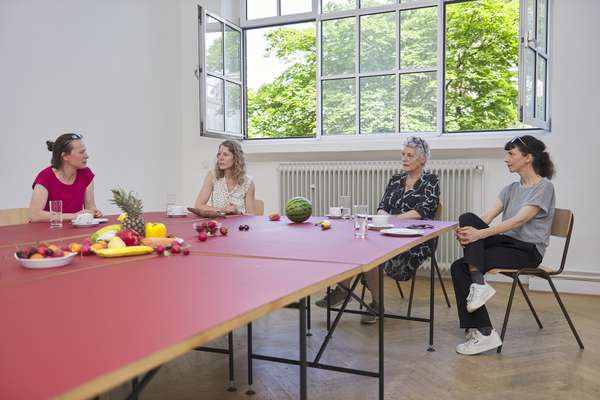
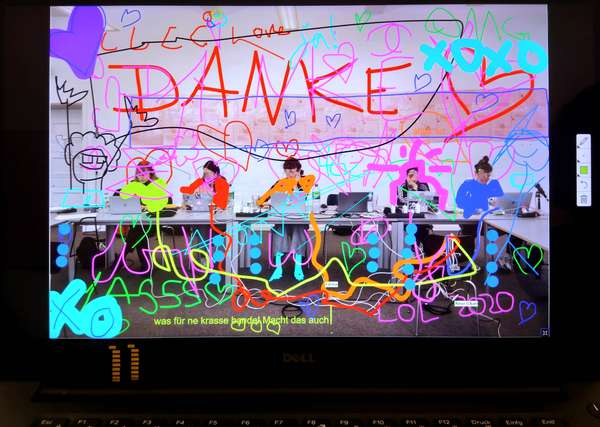
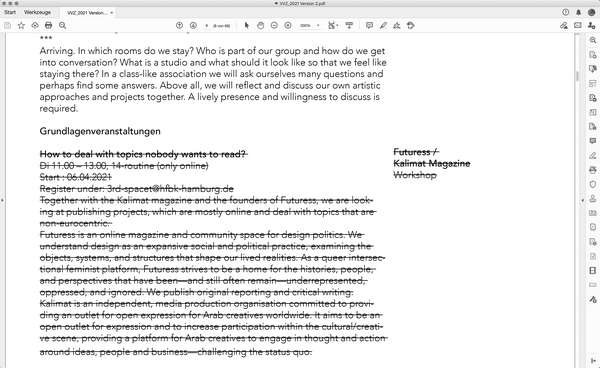
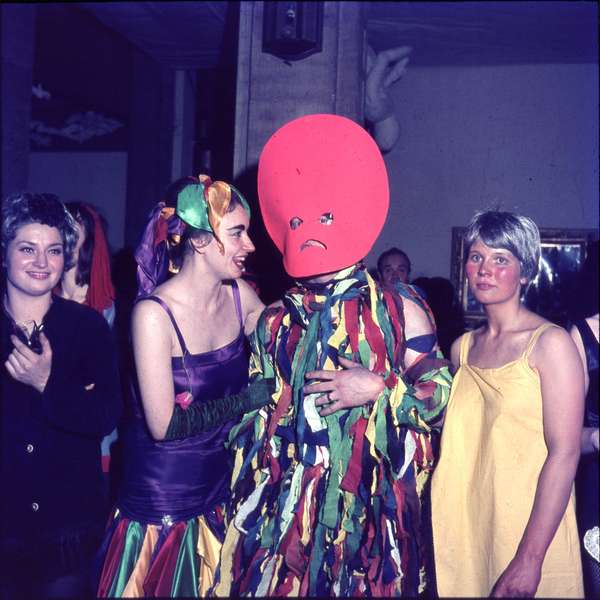

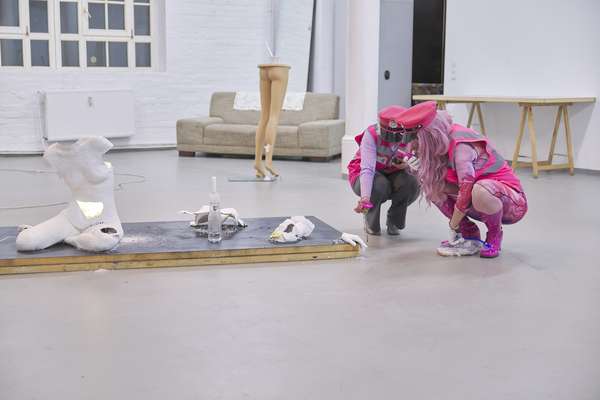
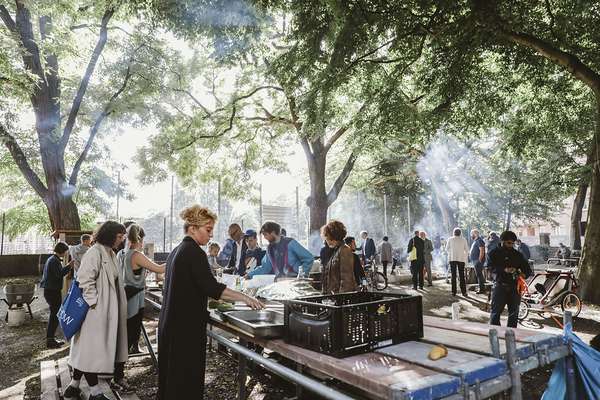
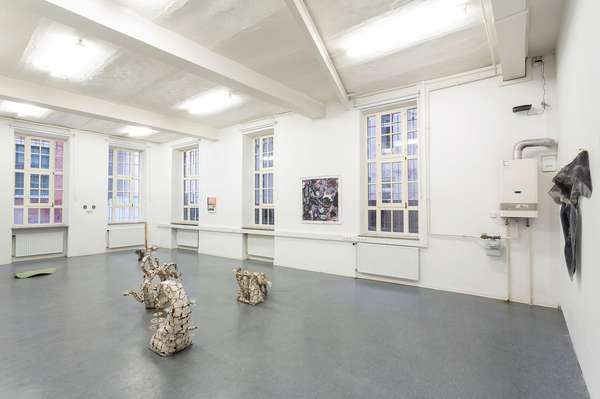

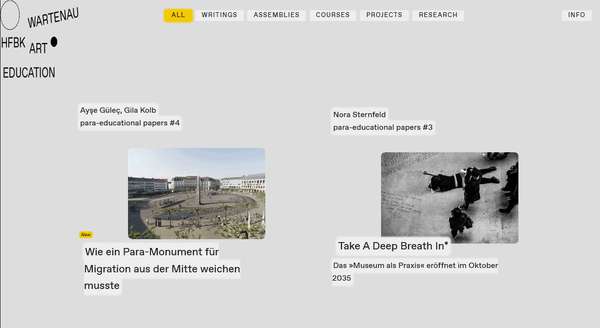
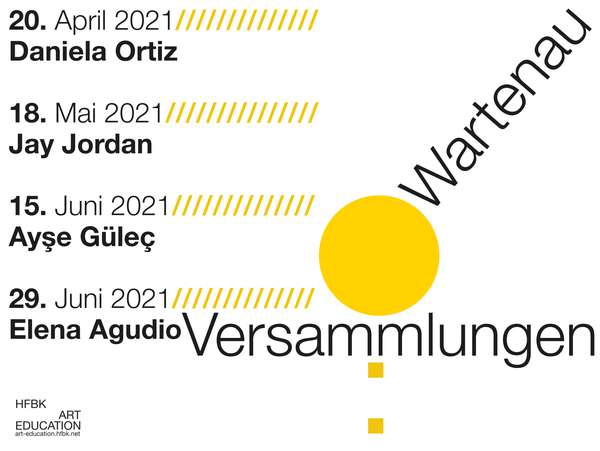
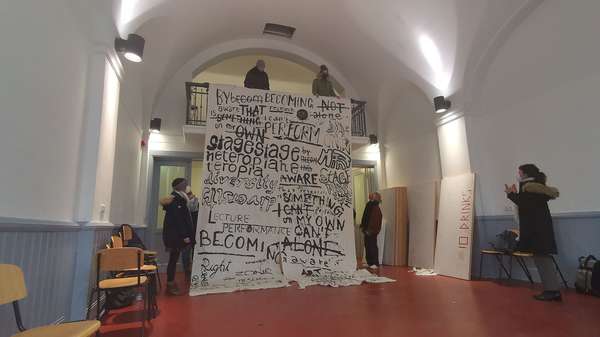
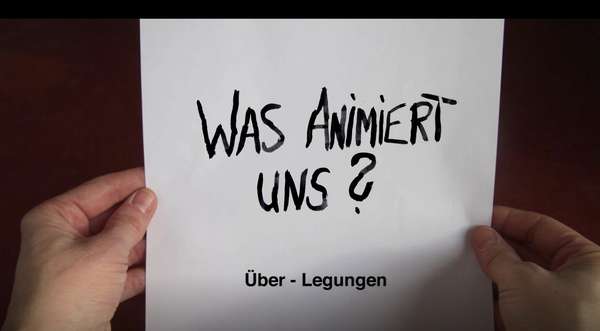
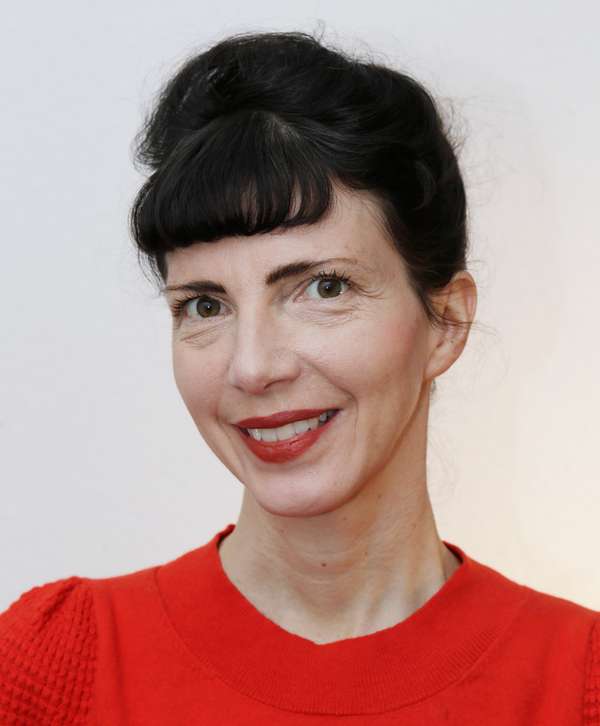
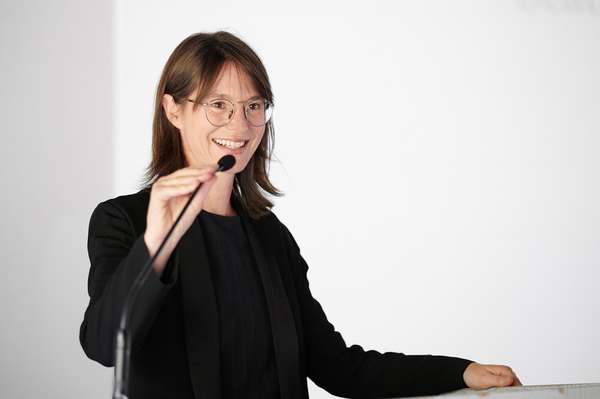
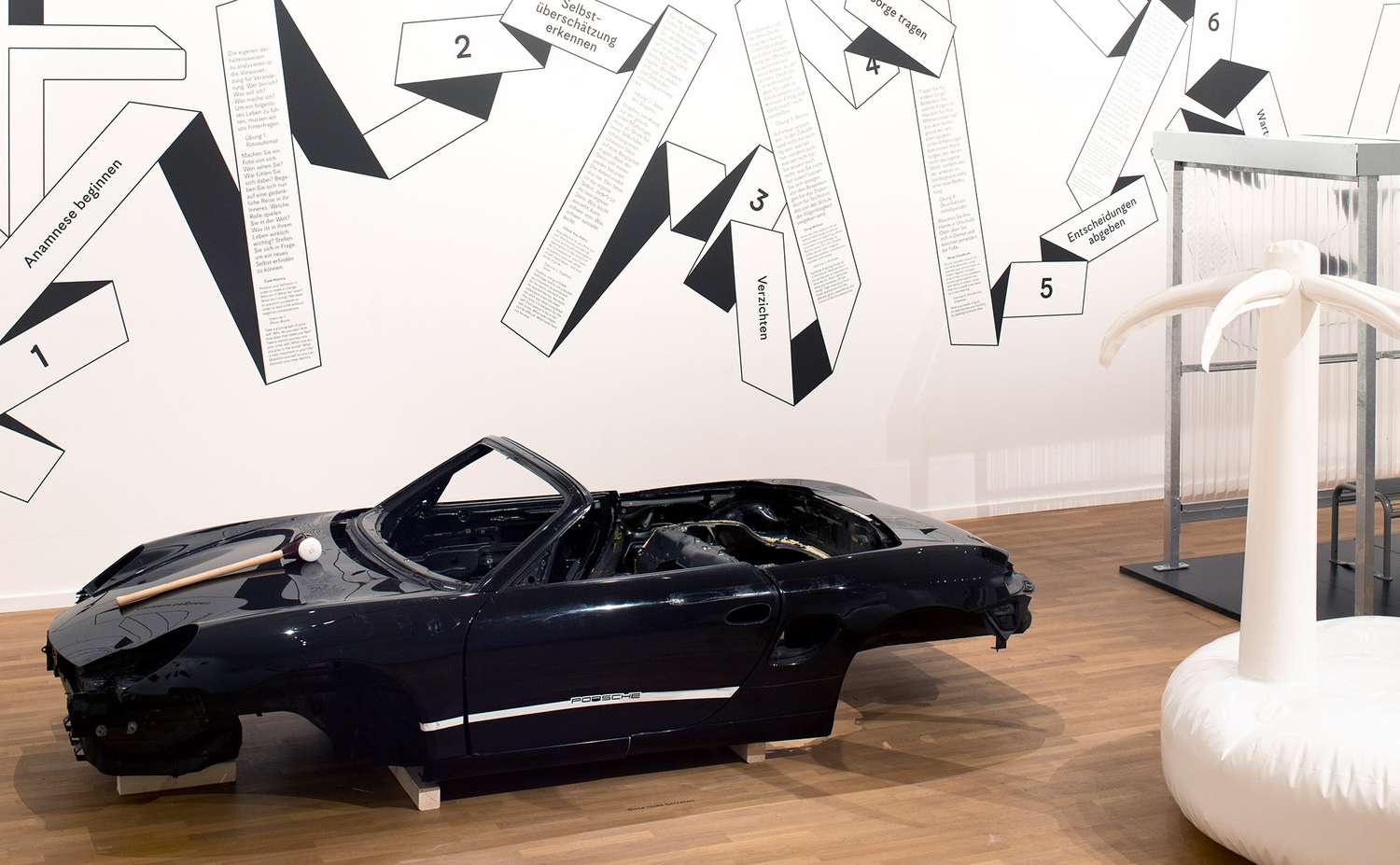
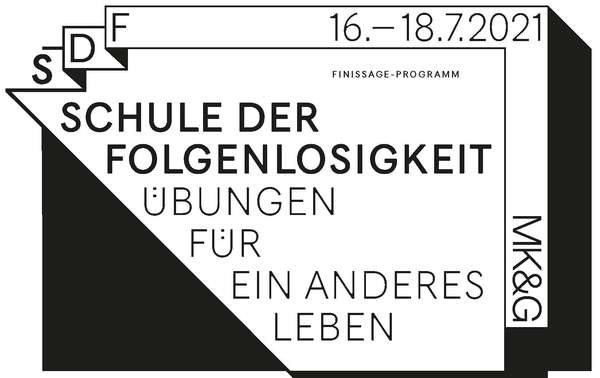

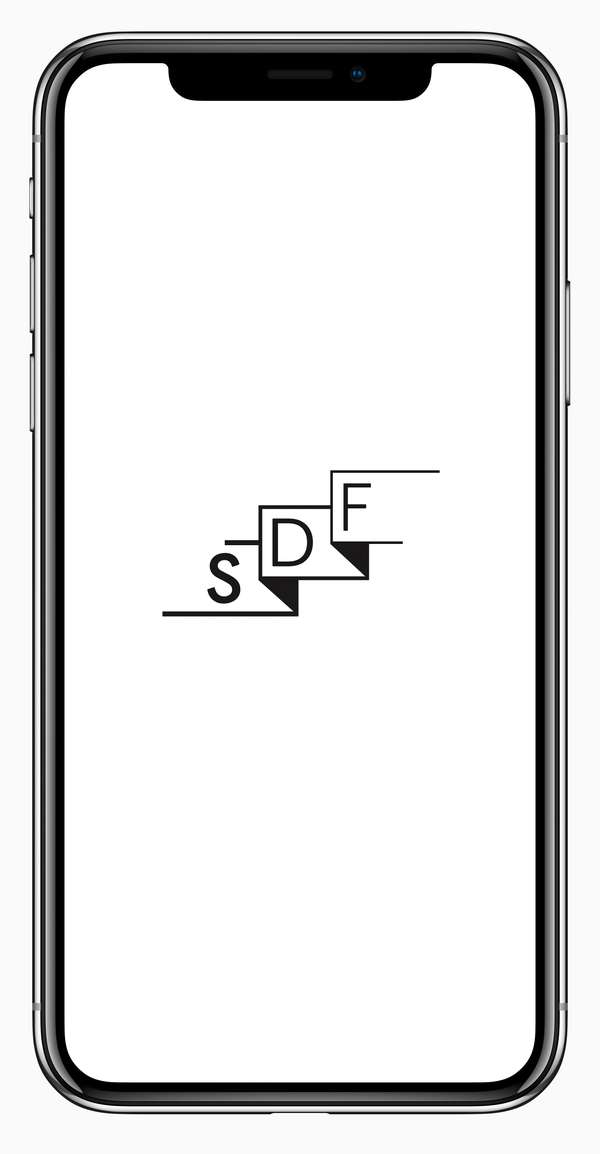
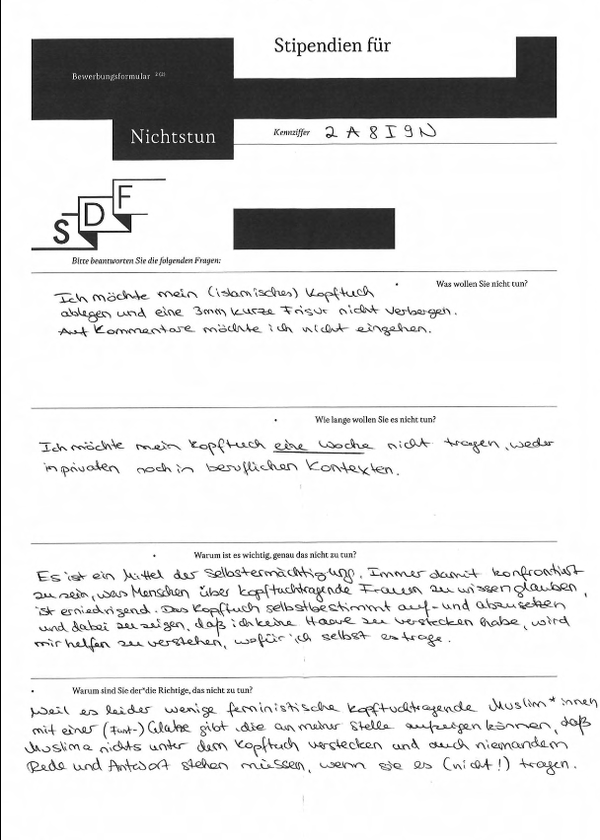

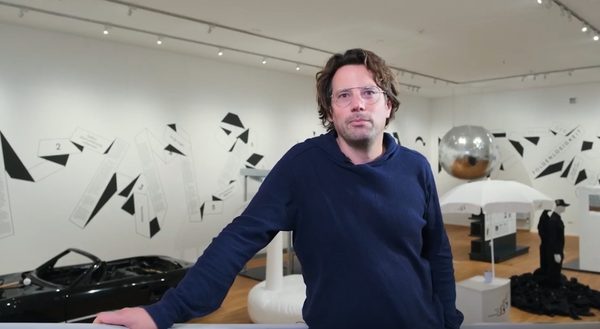
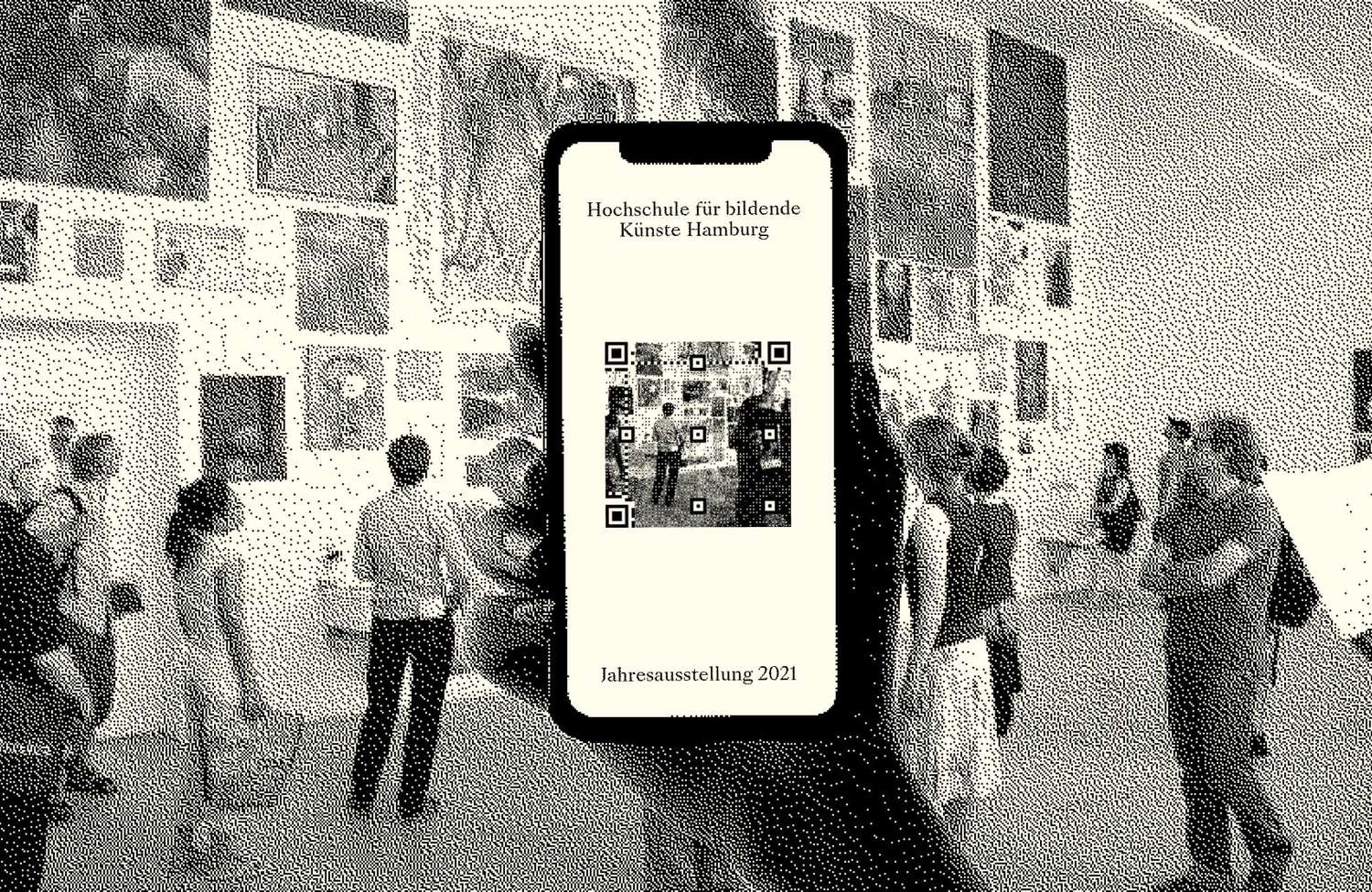

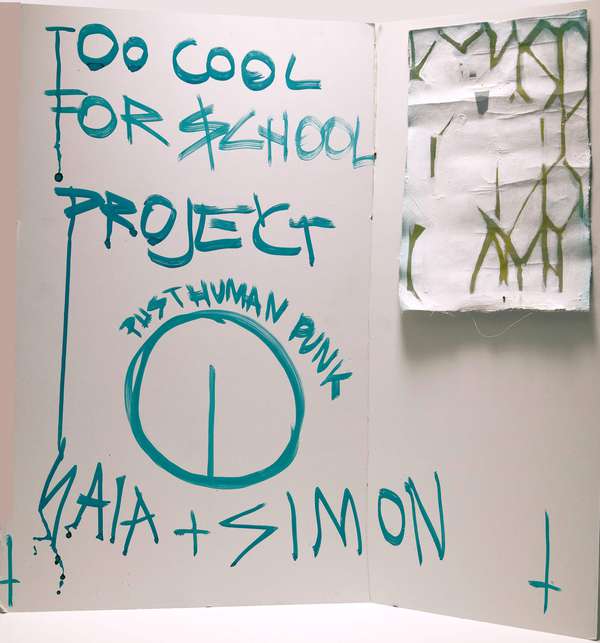
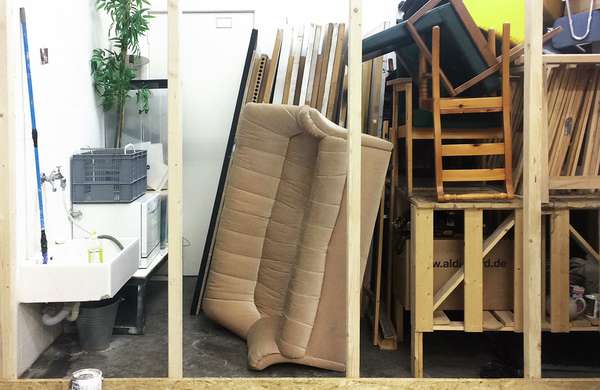

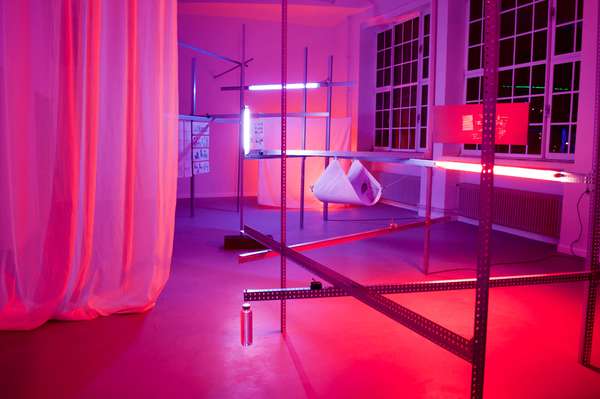
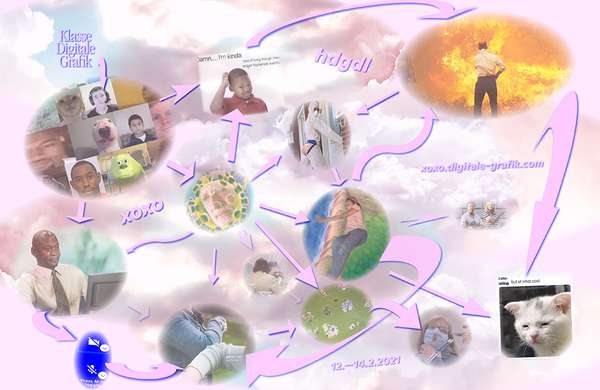
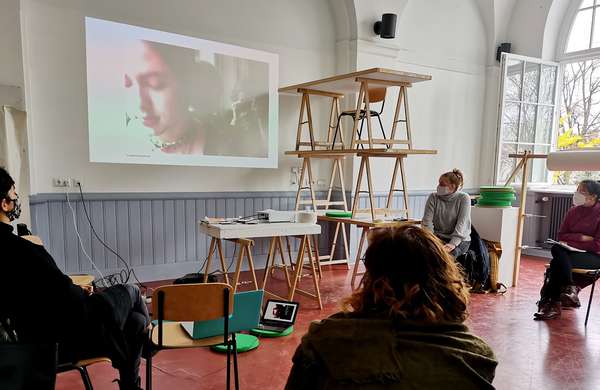

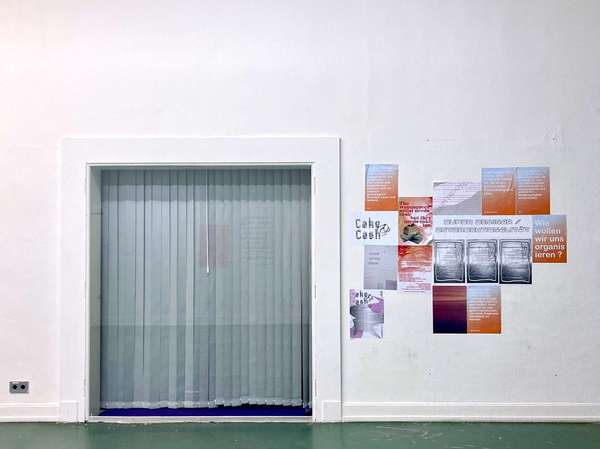

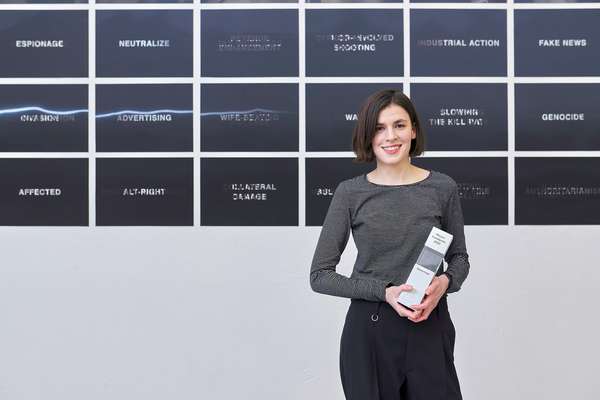

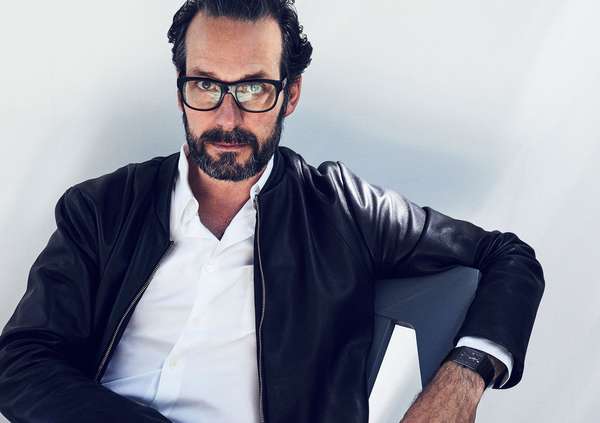
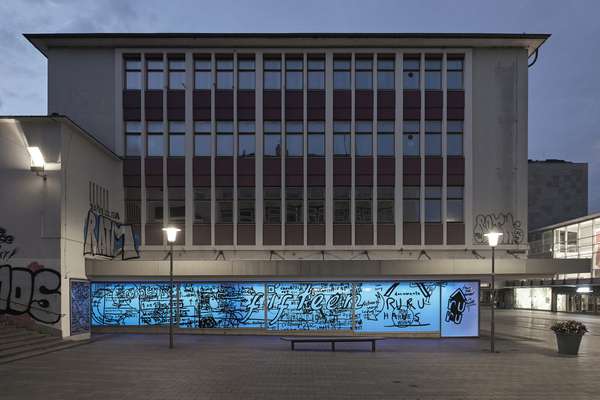
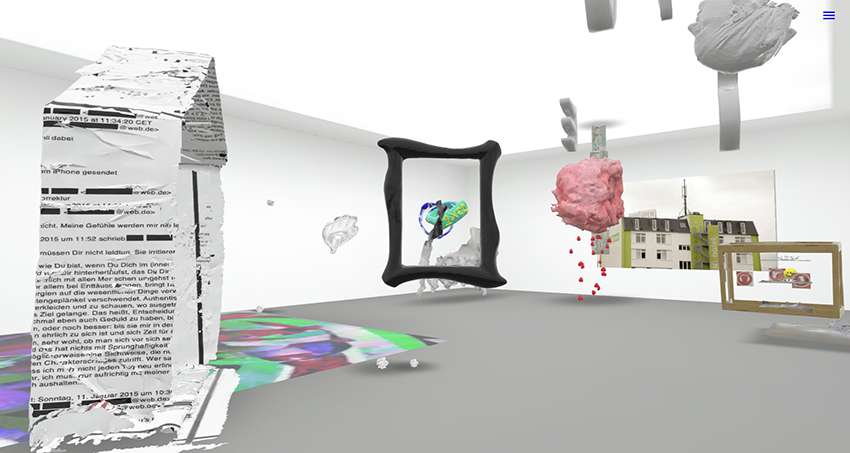
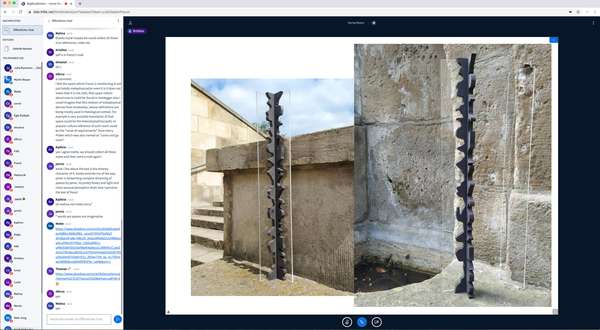
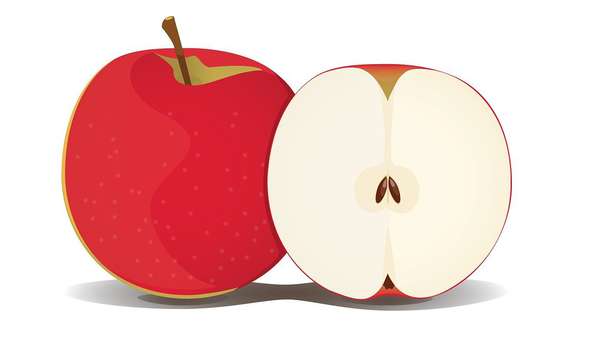

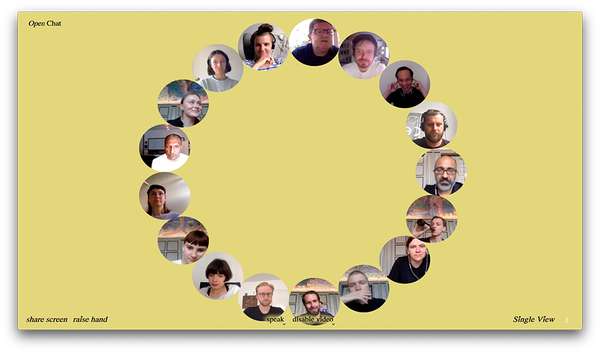

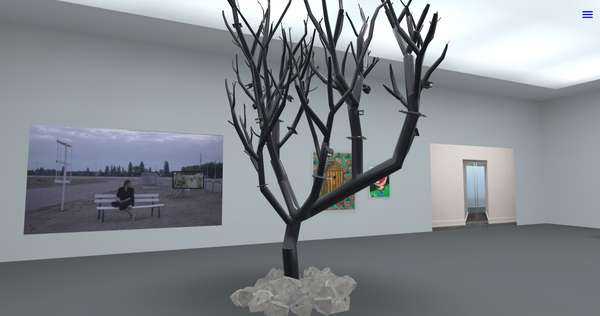



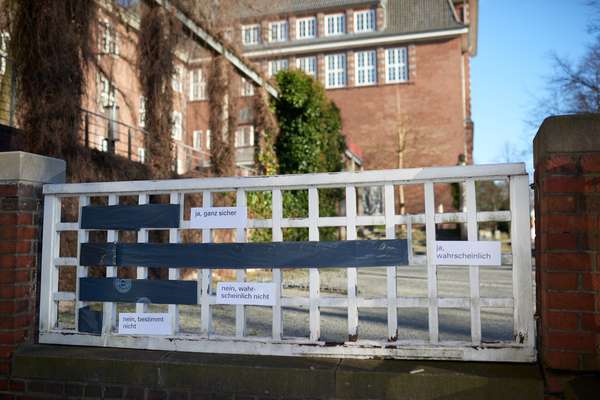
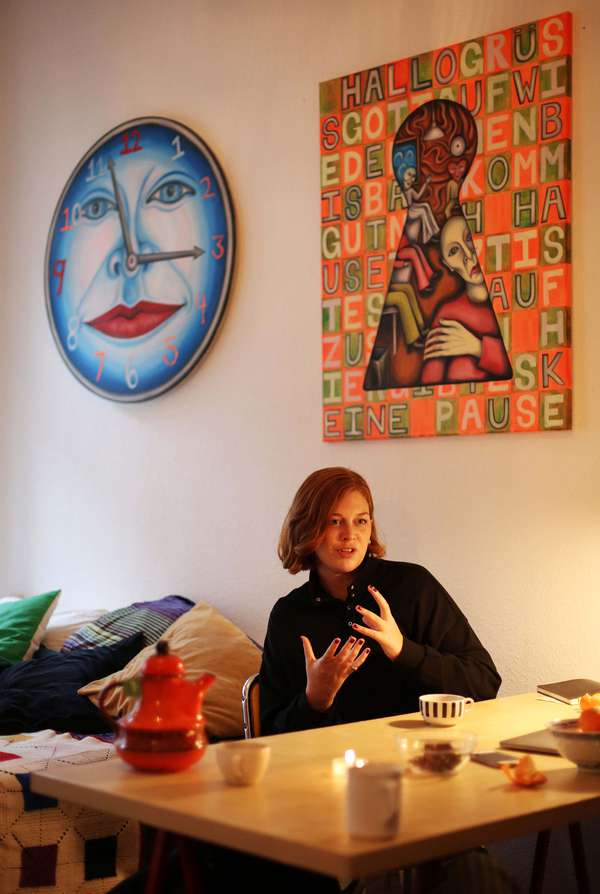
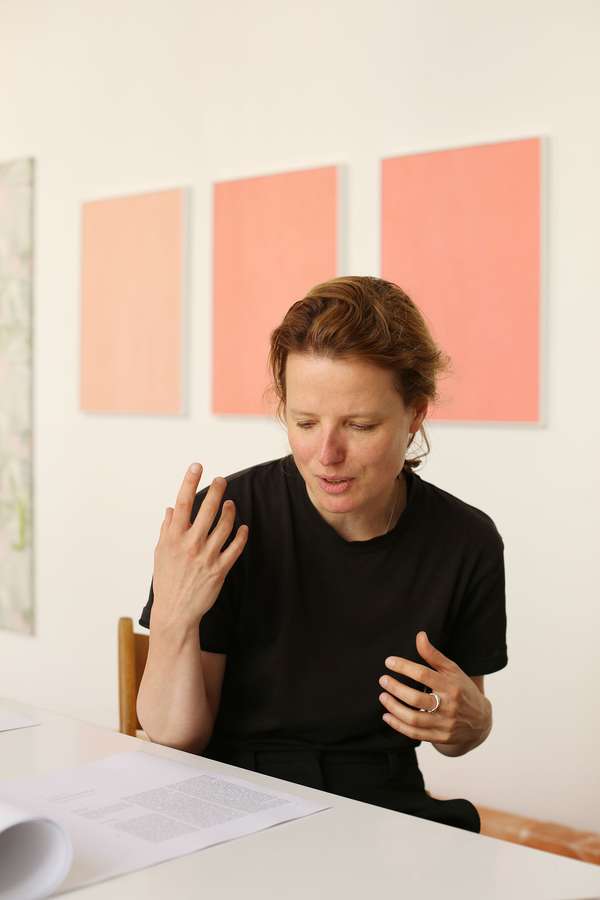
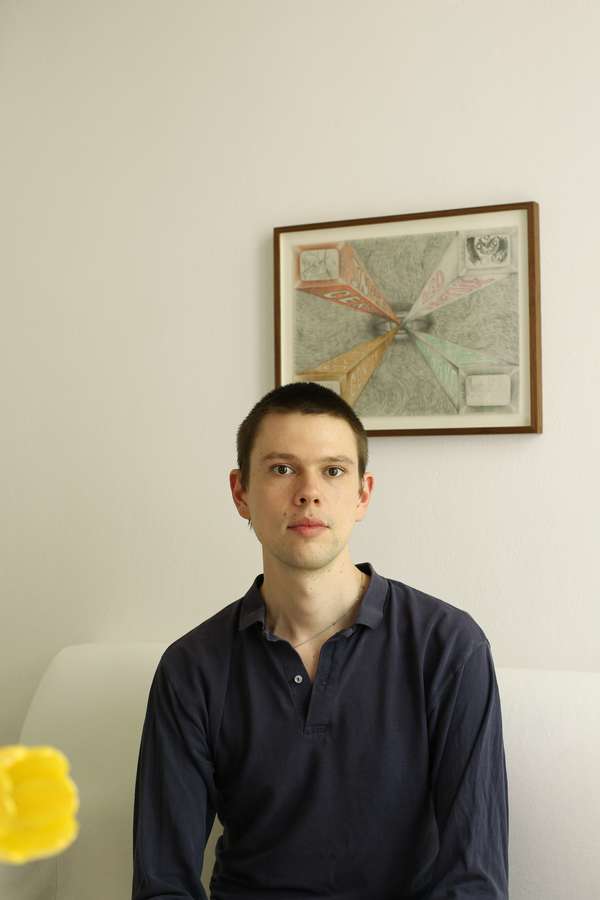
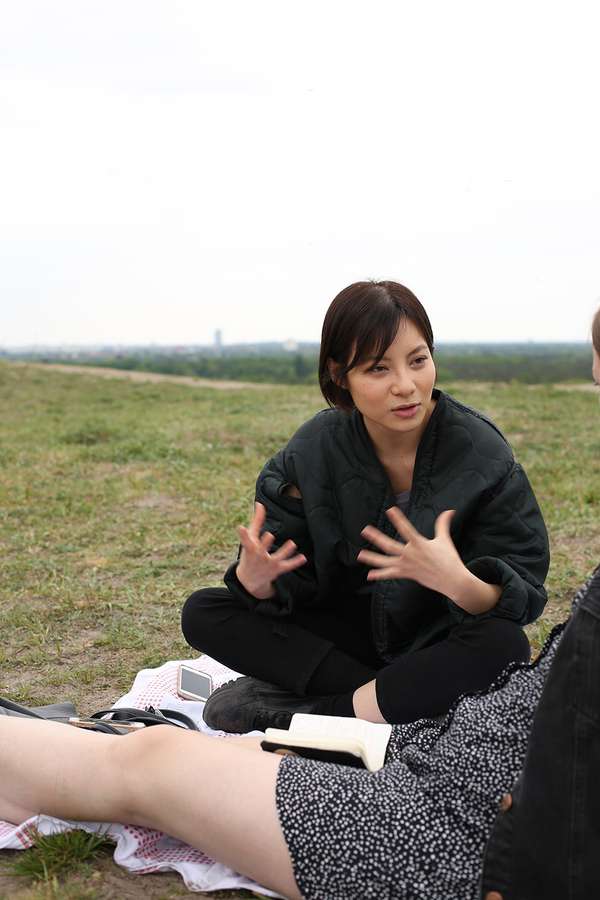

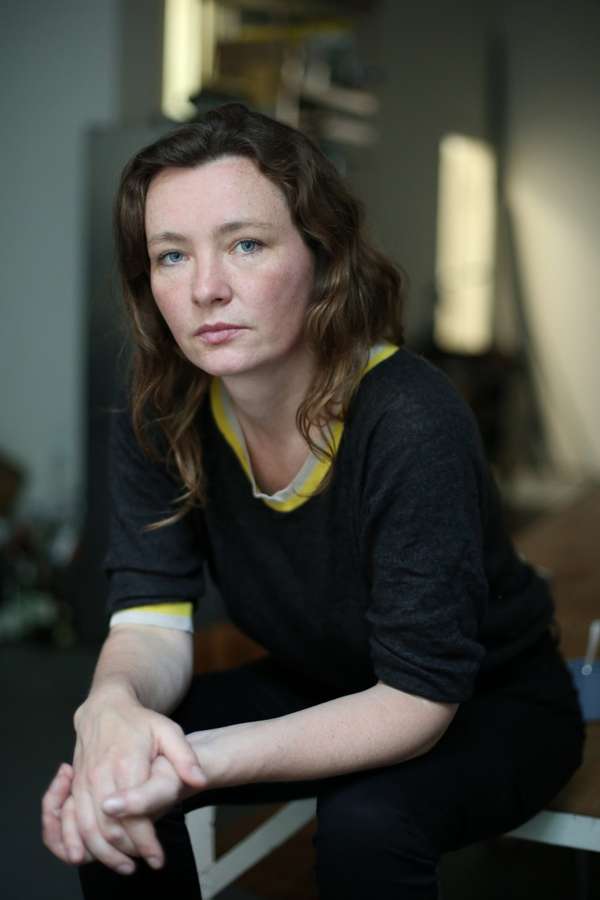
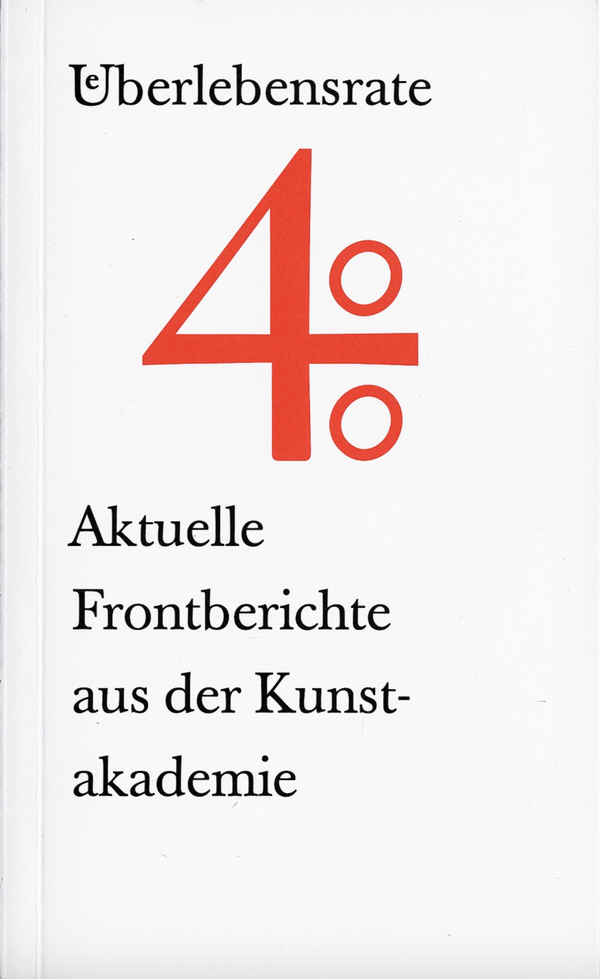
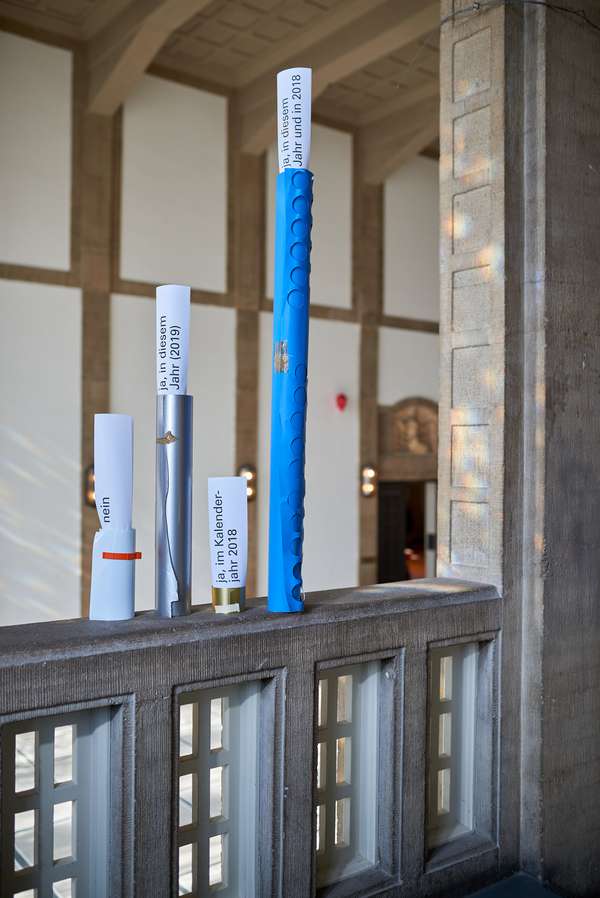
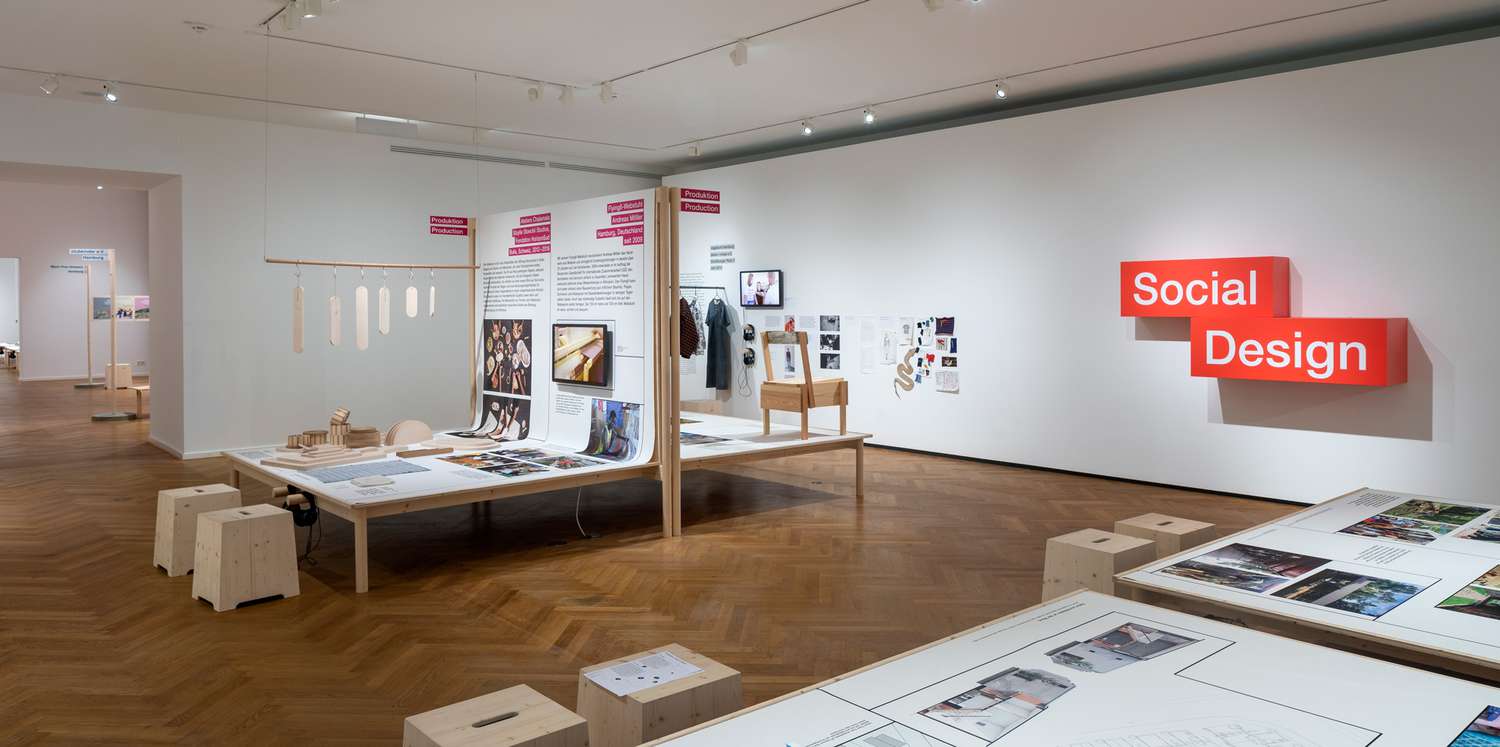
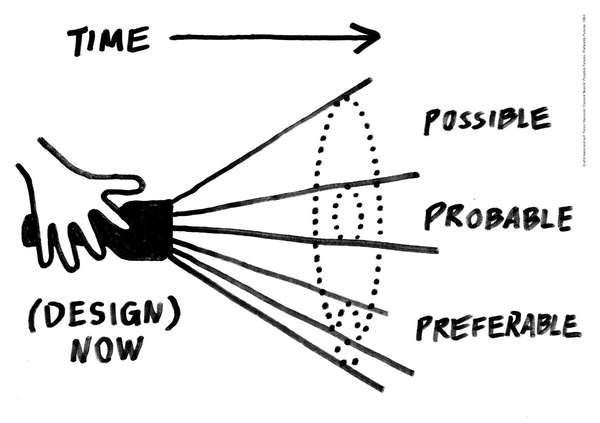
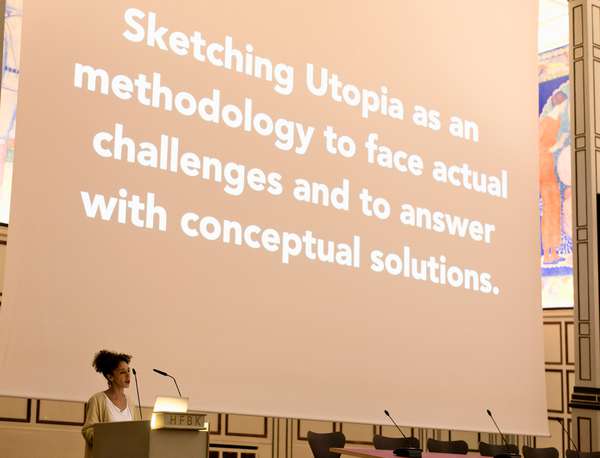
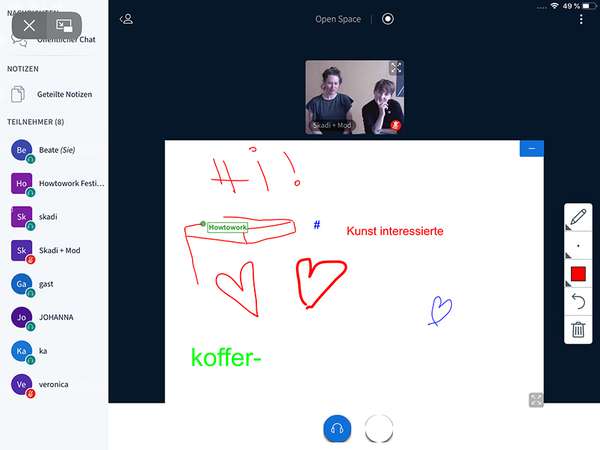


 Graduate Show 2025: Don't stop me now
Graduate Show 2025: Don't stop me now
 Long days, lots to do
Long days, lots to do
 Cine*Ami*es
Cine*Ami*es
 Redesign Democracy – competition for the ballot box of the democratic future
Redesign Democracy – competition for the ballot box of the democratic future
 Art in public space
Art in public space
 How to apply: study at HFBK Hamburg
How to apply: study at HFBK Hamburg
 Annual Exhibition 2025 at the HFBK Hamburg
Annual Exhibition 2025 at the HFBK Hamburg
 The Elephant in The Room – Sculpture today
The Elephant in The Room – Sculpture today
 Hiscox Art Prize 2024
Hiscox Art Prize 2024
 The New Woman
The New Woman
 Doing a PhD at the HFBK Hamburg
Doing a PhD at the HFBK Hamburg
 Graduate Show 2024 - Letting Go
Graduate Show 2024 - Letting Go
 Finkenwerder Art Prize 2024
Finkenwerder Art Prize 2024
 Archives of the Body - The Body in Archiving
Archives of the Body - The Body in Archiving
 New partnership with the School of Arts at the University of Haifa
New partnership with the School of Arts at the University of Haifa
 Annual Exhibition 2024 at the HFBK Hamburg
Annual Exhibition 2024 at the HFBK Hamburg
 (Ex)Changes of / in Art
(Ex)Changes of / in Art
 Extended Libraries
Extended Libraries
 And Still I Rise
And Still I Rise
 Let's talk about language
Let's talk about language
 Graduate Show 2023: Unfinished Business
Graduate Show 2023: Unfinished Business
 Let`s work together
Let`s work together
 Annual Exhibition 2023 at HFBK Hamburg
Annual Exhibition 2023 at HFBK Hamburg
 Symposium: Controversy over documenta fifteen
Symposium: Controversy over documenta fifteen
 Festival and Symposium: Non-Knowledge, Laughter and the Moving Image
Festival and Symposium: Non-Knowledge, Laughter and the Moving Image
 Solo exhibition by Konstantin Grcic
Solo exhibition by Konstantin Grcic
 Art and war
Art and war
 Graduate Show 2022: We’ve Only Just Begun
Graduate Show 2022: We’ve Only Just Begun
 June is full of art and theory
June is full of art and theory
 Finkenwerder Art Prize 2022
Finkenwerder Art Prize 2022
 Nachhaltigkeit im Kontext von Kunst und Kunsthochschule
Nachhaltigkeit im Kontext von Kunst und Kunsthochschule
 Raum für die Kunst
Raum für die Kunst
 Annual Exhibition 2022 at the HFBK
Annual Exhibition 2022 at the HFBK
 Conference: Counter-Monuments and Para-Monuments.
Conference: Counter-Monuments and Para-Monuments.
 Diversity
Diversity
 Live und in Farbe: die ASA Open Studios im Juni 2021
Live und in Farbe: die ASA Open Studios im Juni 2021
 Unlearning: Wartenau Assemblies
Unlearning: Wartenau Assemblies
 School of No Consequences
School of No Consequences
 Annual Exhibition 2021 at the HFBK
Annual Exhibition 2021 at the HFBK
 Semestereröffnung und Hiscox-Preisverleihung 2020
Semestereröffnung und Hiscox-Preisverleihung 2020
 Teaching Art Online at the HFBK
Teaching Art Online at the HFBK
 HFBK Graduate Survey
HFBK Graduate Survey
 How political is Social Design?
How political is Social Design?